In 10 days through the north of Armenia from Yerevan to Tbilisi
Surprising Armenia: Cycling through the land of wildflowers (48)
Armenia, the small country in the Caucasus consists of 90% mountains, it’s the first country to declare Christianity as a state religion and there are numerous monasteries worth seeing in which the monks have been producing wine for thousands of years. The traditional thin bread Lavash is recognized by the UNESCO as Intangible Cultural Heritage of Humanity and chess is taught as a subject in school. It’s a country with a tragic history and a large diaspora, and still not all countries have recognized the genocide committed by the Turks against the Armenians in 1915/16.
That pretty much sums up everything we knew about Armenia when we crossed the border in the far south. Compared to Georgia, far fewer visitors come to Armenia, which is wedged between the Caucasus, Turkey and Iran, and thus lies at the crossroads between Europe and Asia. However, only the border crossings to Georgia and Iran are open, and due the autonomous Azerbaijani enclave of Nakhchivan and the ever-swelling conflict over the region Nagorno Karabakh, the country is only 29,740 square kilometers in size, and a glance at the map is enough to give you an idea of how complicated the situation in the Caucasus is. If you sometimes lose track of the situation in this part of the world as well, we can recommend you watching the short documentary “The Caucasus – at the Crossorads of Europe and Asia.”
Despite all these facts, Armenia was an unknown territory for both of us and we were excited to explore this new country in the next few days.
Mediterranean summer vibes in Yerevan
First, however, there was a minor culture shock to overcome, as we had just spent 4 months in Iran, 4 months under the strict Islamic rules, and suddenly we arrived in the capital Yerevan (about 1 million inhabitants) on a hot summer day. The Armenian capital is 29 years older than Rome, making it one of the oldest inhabited cities in the world, and one third of the country's population lives here. We unload our bikes from the bus and ride the first few kilometers through the city, letting this new country take its toll on us. Women stroll in summer dresses with open hair through the splendid streets in the center, the drivers adhere to traffic rules again, there are numerous elegant restaurants and bars, we see billboards and (expensive) labels again. The difference to Iran couldn’t have been bigger and we first need a moment to get used to this life and during the first days it still feels strange for me to leave our guesthouse without a headscarf. Suddenly, after months, the hair has to be styled again.
The city of Yerevan is a beautiful blend of Mediterranean ease and faded Soviet elegance with magnificent buildings. It’s a highly pedestrian-friendly city filled with public parks, gardens, a well-developed café culture and many museums. Well-preserved blocks of houses made of pink-orange volcanic stone, which earned Yerevan the nickname as "pink city", stretch around the wide central Republic Square. The capital of Armenia seems cheerful and serene, especially when in the evening the water fountains dance to the music and young and old stroll through the streets and sit on the stairs eating an ice cream. We are surprised how tidy and elegant the city center seems and also the prices are quite European. Despite the high prices, the restaurants are well attended with locals and Armenians from abroad who return in the summer and the few foreign tourists. The Armenian cuisine is very similar to Georgian and also has influences from other neighboring countries with hot spices, fresh salads, shashlik kebabs or stuffed vine leaves (Dolma). A very unique and delicious dish is Ghapama, a pumpkin stuffed with honey-sweetened rice, diced apples, dried fruits and chopped nuts. After Iran, we have a lot of catching up to do and are busy eating (and drinking) everything we’ve missed.
After so many months in Iran, we dive back into a world that is familiar to us and yet has also become foreign, to which we don’t yet seem to belong. We’re a bit overwhelmed to be suddenly back in the Caucasus and to make matters worse we decide to jump right into the middle of the hustle and bustle and end up at a wine festival that lasts several days and happens to take place during our stay (it really just was a coincidence). We pay our entry, get a wine glass and then we visit the different stands where the famous Armenian wine is generously poured out. After a short while we start stumbling from stall to stall at 37° Celsius and ask ourselves how the whole thing must seem to our fellow travelers from Iran who have arrived in Armenia on the night bus with us.
Yerevan in two days: Escalator art, Genocide Museum and liquor at the bazaar
We spend two days in Yerevan before we continue our journey to Georgia. Two days full of sightseeing and two days full of contrasts. After an expensive breakfast, we head out to one of the main attractions, the Yerevan Cascade, an open-air museum of modern art. A giant limestone staircase stretches up a mountainside and offers a fantastic view of the city from the top. We are lucky and see the snow-covered peak of the legendary Mount Ararat, more than 5000 meters high. The dormant volcano is the landmark of Armenia, although it’s already beyond the Turkish border. According to the legend, this is the place where Noah is said to have set down his Ark. It’s a special feeling to see the famous mountain looming dimly behind the city. Inside the cascade is the Cafesijan Center for the Arts. An escalator rides to the top and brings you from one art gallery to the next. In the park at the bottom of the Cascade there are sculptures by the Colombian artist Fernando Botero, among others, which we wouldn’t have expected to see in Armenia.
A visit to Armenia is not complete without learning more about the country's tragic history, so we visit the Genocide Memorial and Museum (Zizernakaberd). The monument was built on a hill outside the city center overlooking Mount Ararat. 12 large concrete columns symbolizing the lost provinces of western Armenia are grouped around an eternal flame. The very informative exhibition in the museum is divided into different parts and tells in detail how the genocide took place and with what brutality it was carried out. The Armenian Genocide was one of the first systematic genocides of the 20th century and during World War I, up to 1.5 million Armenians were murdered in the then Ottoman Empire and the Turkish government still refuses to speak of genocide until today. The museum does an outstanding job explaining about it and although a visit is absolutely shocking and gut-wrenching, we think it’s important to learn about it. History, despite its wrenching pain, cannot be unlived, but if faced with courage, need not to be lived again.
After this visit, we have to give our thoughts a rest and we walk through the old neighborhood Kond with its narrow streets, overgrown gardens and tumbledown houses with asymmetrical bricks. It’s seems like a miracle that this part of the city was left as it is, while all around the construction cranes tower into the air and construction is going on briskly all over the city. Through a gloomy pedestrian tunnel we reach the river Hrazdan and the Children's Railway, a legacy of the Soviet Union. This miniature railway served as an interactive classroom where children could learn about train engineering. What a great idea. The station building is reminiscent of a Disney fairy tale castle in apricot. We take a walk along the tracks and enjoy the peace and quiet in the middle of the city. At a natural swimming pool by the river, some elderly gentlemen are gathered, taking advantage of the hot summer temperatures for a cool swim in the middle of the city. There is so much quality of life when cities have green spaces like this that make you feel very far away from the hustle and bustle.
No visit to a city can be complete for us without a visit to the local market and to end our sightseeing in Yerevan we visit the large GUM Market. Stalls with vegetables and fruits, nuts and pickled vegetables are lined up and a whole section is dedicated to Lavash bread. The popular thin flatbreads are made fresh here and offered in large stacks. And as in Georgia and Iran, nuts are wrapped in fruit leather and sold as snacks, called Lavashak. The taste is sweet and sour at the same time and is addictive after the first few bites. We sample our way through the offerings and are spotted by an older man who whisked us away to his small, cramped warehouse at the edge of the market stalls. He presents us his homemade honey and then he also brings out a strong liquor, resistance futile.
Somewhat dazed by the many impressions and the hot temperatures we finish our sightseeing in Yerevan. We liked the pleasant and laid-back city, even though we were surprised how expensive and sophisticated everything in the center is. Now we are even more curious about the rest of Armenia and how big the contrast between city and country will be.
Cycling tour through the north of Armenia: Forests, wildflowers and medieval monasteries
We leave Yerevan and ride along rolling hills and small villages that strongly remind us of Georgia. Lada cars rattle along the roads, cows line the streets, elderly women wear flowered dresses, yellow gas pipes run through the villages and small corner stores sell the bare necessities. This is the Caucasus as we know it, and yet somehow everything seems a bit tidier than expected.
At 1900 meters above sea level is one of the largest high mountain lakes in the world - the glittering Lake Sevan. The lake is about twice the size of Lake Constance and offers an impressive backdrop with the mountains in the background. In summer, boats cruise across the lake and along the shore there are various hotel complexes and campsites. By the time we arrive, it’s already evening and too cool for a swim in the lake. Instead we camp near the shore and enjoy dinner & breakfast with a view. If we had a little more time, we would have liked to cycle further along the lake, but we already booked our apartment in Tbilisi and are not as flexible as usual.
We decide to at least visit the picturesquely situated Sevanavank Monastery on a peninsula, probably one of the most famous postcard motifs in Armenia. Originally, the monastery was located on a small island, but when under Stalin's rule the water of the lake was increasingly drained for irrigation of farmland, the water level dropped by a good 20 meters (!) and turned the former island into a peninsula. The monastery has been abandoned since 1930, but the church is still used as a place for seminars and retreats. A visit is worthwhile just for the view of Lake Sevan.
We continue cycling through a mountainous landscape, which partly reminds of Switzerland. Our destination is the Dilijan National Park in the northeast of the country, a popular hiking area with dark coniferous forests, forest lakes and a handful of monasteries and churches. We stay at the wonderful Toon Armeni Bed & Breakfast and go on several hikes and are finally back in an extensive forest. After many months in barren countries like Oman or Iran we can appreciate forests even more, they let us breathe and our thoughts wander.
We walk through lush meadows full of wildflowers. Nature is in full bloom in June and we are surprised that we don’t meet a single soul in this fantastic landscape. Armenia still seems to be a well-kept secret as a travel and hiking destination. In the middle of the unspoiled nature we discover the medieval monasteries of Matosavank and Juchtak, which are now abandoned and overgrown with dense moss. An almost mystical scenery. We hike for a day on the Transcaucasian Trail, a 3000 km long long-distance hiking trail that leads across the Caucasus and through Georgia and Armenia. I begin to wonder what it would be like to undertake such a long-distance hike instead of always being on the road with the bike? Dario tends to daydream more about a converted campervan and sometimes we find us looking at campervan videos and tiny homes. Who knows what the future will bring. At the moment we are still enjoying it too much to be on the road with our bikes and to go on short hikes from time to time.
Impressive landscapes and abandoned factories in the Debed Canyon
The last stage of our Armenia trip takes us from Vanadzor through the Debed Canyon towards Georgia. The winding mountain road passes through the canyon along green hills and pastures full of flowers and along many ancient monasteries on a spectacular location. The landscape is impressive, but the places seem forgotten in time. In Soviet times this area had a lot of copper mine factories, but when Armenia became independent many of them closed down leaving most people unemployed. We drive along numerous idle factories and especially the industrial town of Alaverdi offers a dreary sight with old shabby looking Soviet flats and the rusty cable cars that used to transport the miners and reminds us strongly of Chiatura in Georgia. The cloudy sky does the rest, that the lightness we felt in the capital Yerevan seems to be far away here. Nothing has remained of the tidy and prosperous impression, everywhere we see dilapidated buildings, closed restaurants and an overall rather melancholic mood prevails.
Even though we usually don’t visit many monasteries when we cycle in the Caucasus, as they’re always on a hill, we do make two exceptions in Armenia. A steep path behind the village of Dsegh leads up to the medieval Kobayr Monastery from the 12th century, which towers high above the Debed Gorge. The main church has some partially restored Georgian-style frescoes, there is a nice bell tower and behind the church is a beautiful waterfall. Not too many visitors seem to stray here and the atmosphere is unique.
In contrast, the Haghpat Monastery, which is located at an altitude of 1200 m at the highest point of the village of Haghpat, is an integral part of the tourist cultural program of tour groups. We spontaneously decide to make a detour and fight our way up the steep 300 meters altitude and discover a campsite near the monastery. We set up our tent with a view of the surrounding hills and visit the monastery together with many other tourists in the afternoon. Haghpat Monastery was designed in the 10th century as a fortified monastery, as evidenced by the watchtowers and the thick walls. The large medieval monastery complex is a former university and together with Sanahin Monastery is a UNESCO World Heritage Site. It was once a large center of science and monks could study medicine, astronomy, music or literature here. The dark bare rooms lack the usual colorful frescoes and with the sparse light they seem oppressive and fascinating at the same time. Around the monastery there are isolated Khachkars, artistically carved cross-stones, which are typical for Armenia and whose origins lie in pagan times.
However, the many visitors here distract from the atmosphere of these venerable walls and we come back again the next morning and are almost alone. The monastery now leaves a completely different impression on us. From Haghpat it’s not too far to Georgia and we leave the Debed Canyon and reach wide agricultural areas, which accompany us to the border.
The 10 days in Armenia were far too little, as the mysterious Caucasus country captivates us with its beautiful scenery and remote hiking trails and we often wonder how come more people aren’t placing Armenia higher on their bucket list? We were absolutely thrilled by the combination of nature, culture and good cuisine and we would have loved to spend even more time in the country. Thank you Armenia for a first much too short insight into your beautiful natural landscapes, your rich cultural heritage and your turbulent and eventful history. We probably have to come back again and explore this fascinating country off the beaten track more intensively.
We are heading to the Georgian capital Tbilisi, our beloved city, where we’ll take a break for a month and want to have time to process the many intense impressions from Iran before we continue our journey further east.

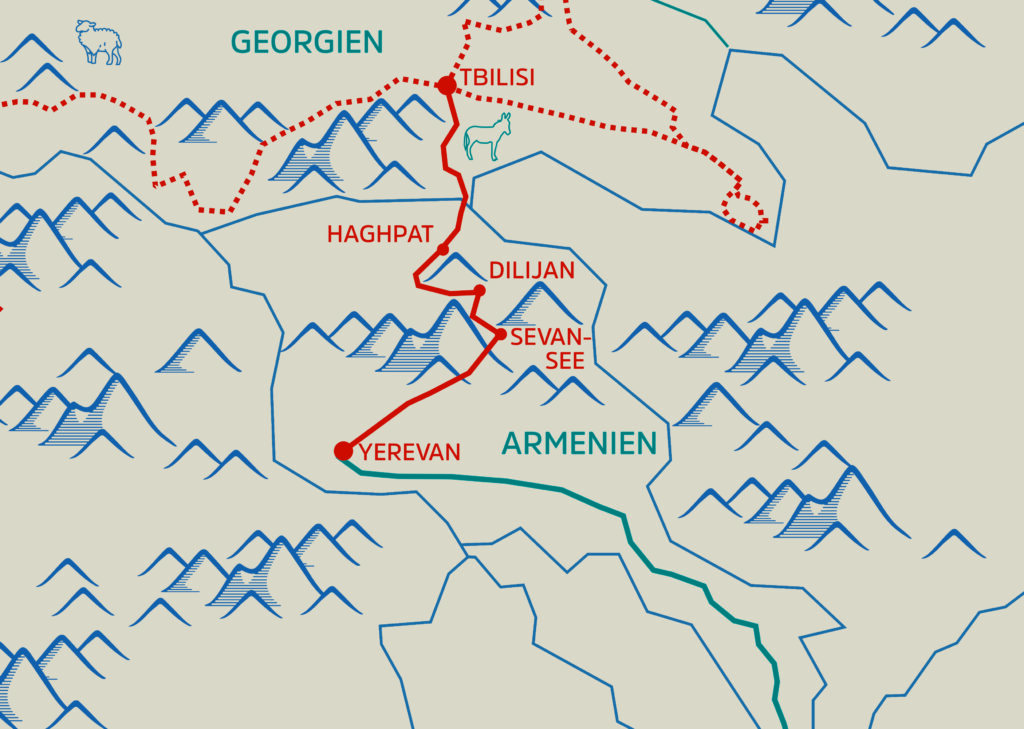
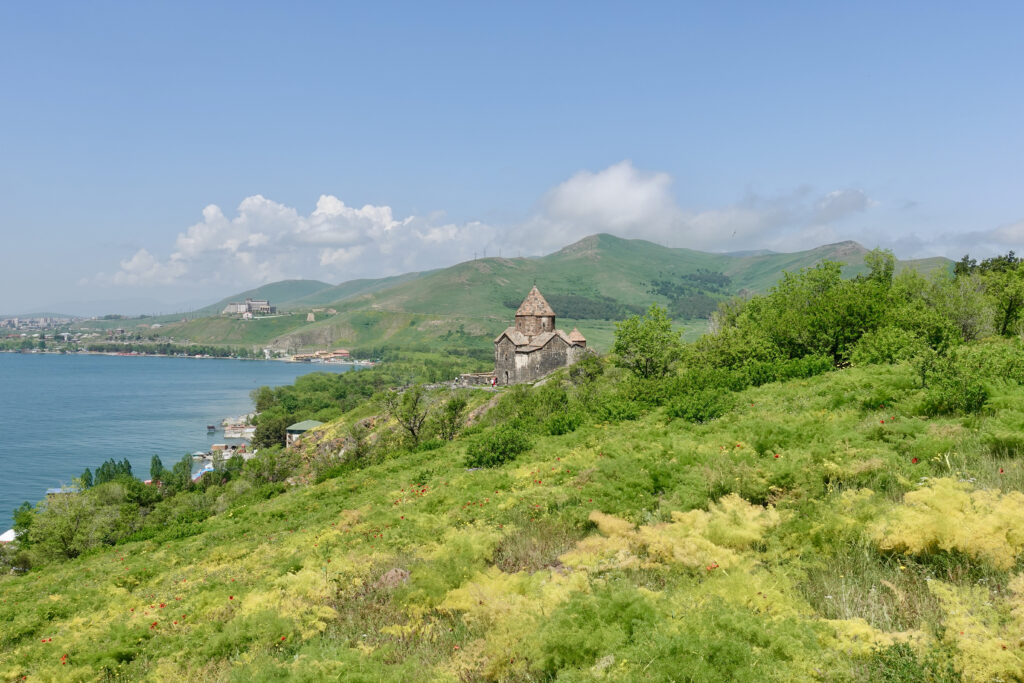
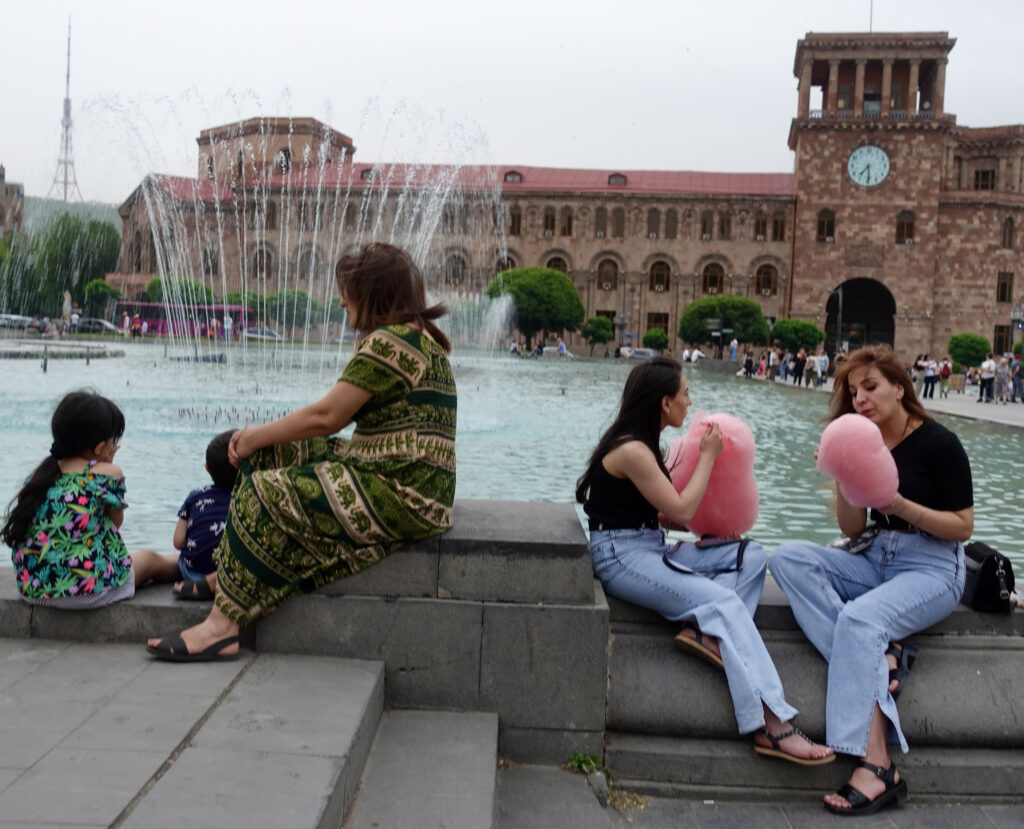
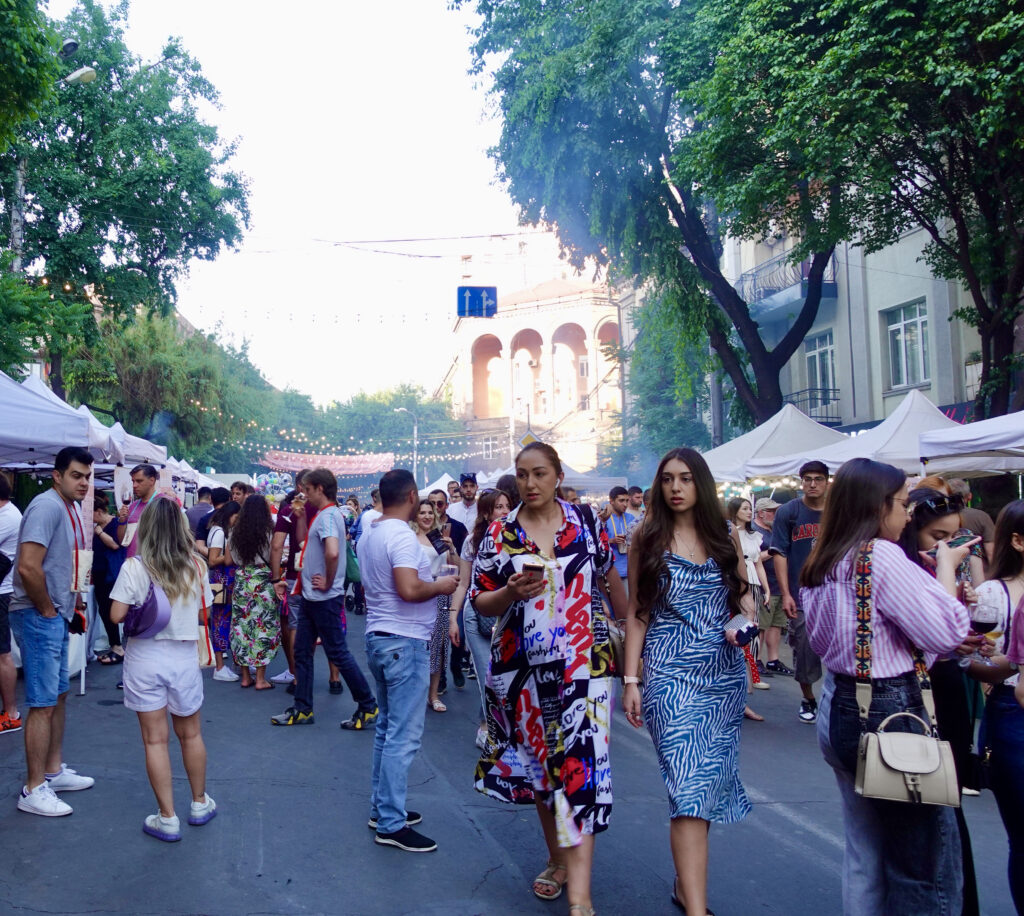
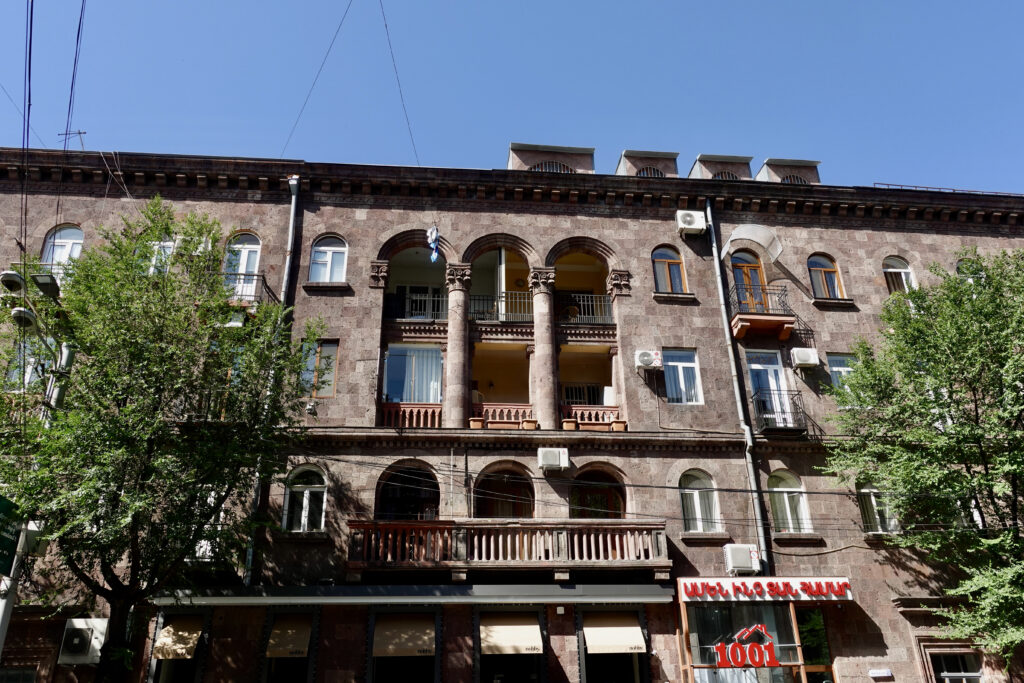
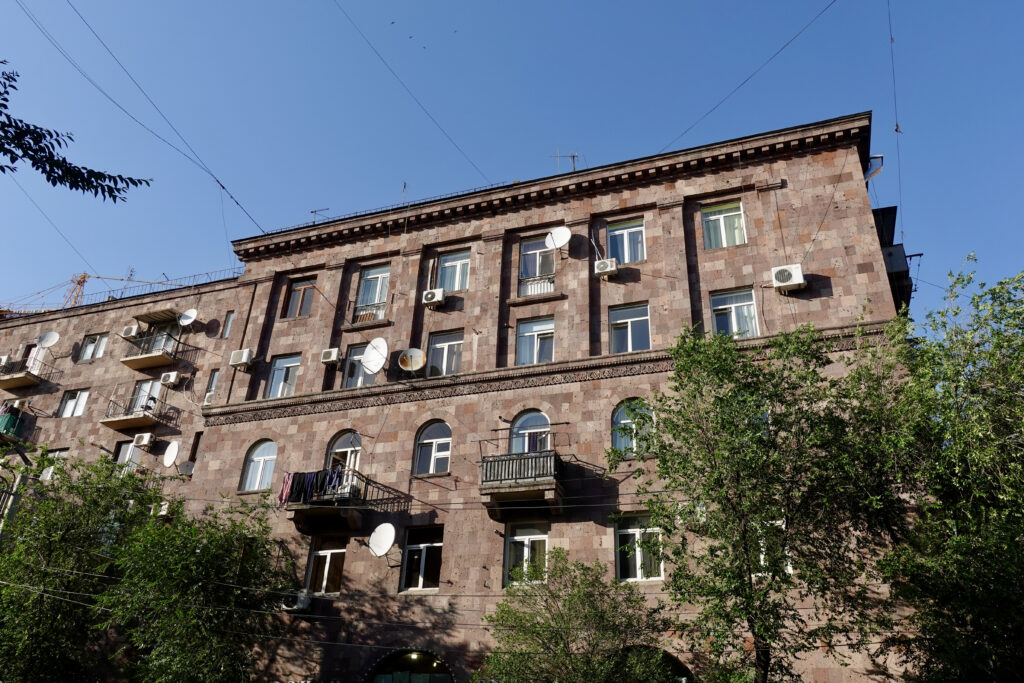
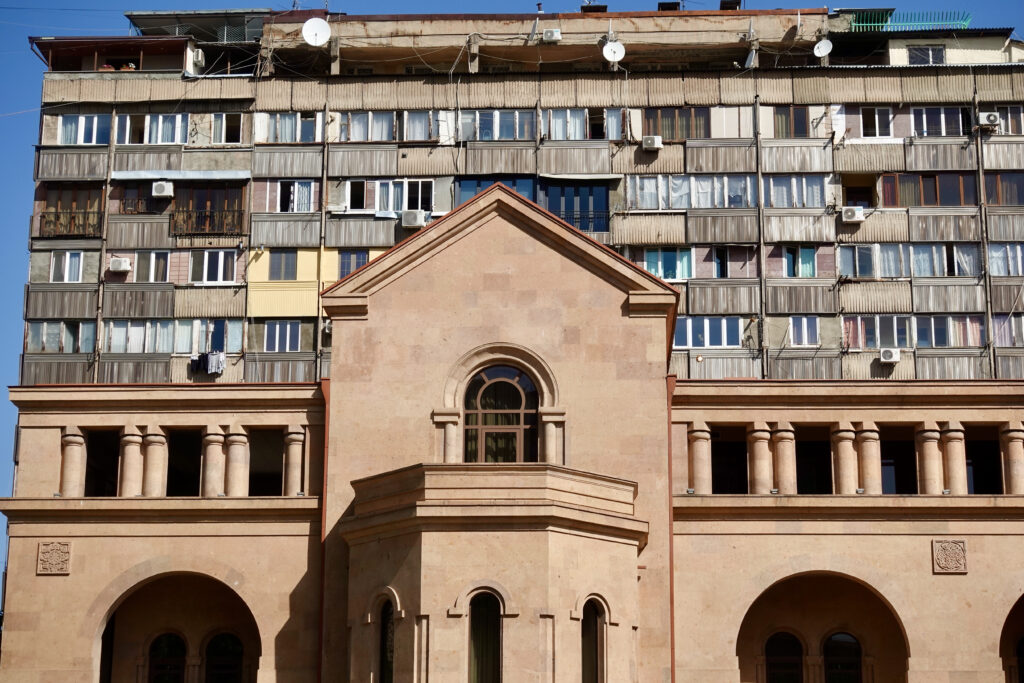
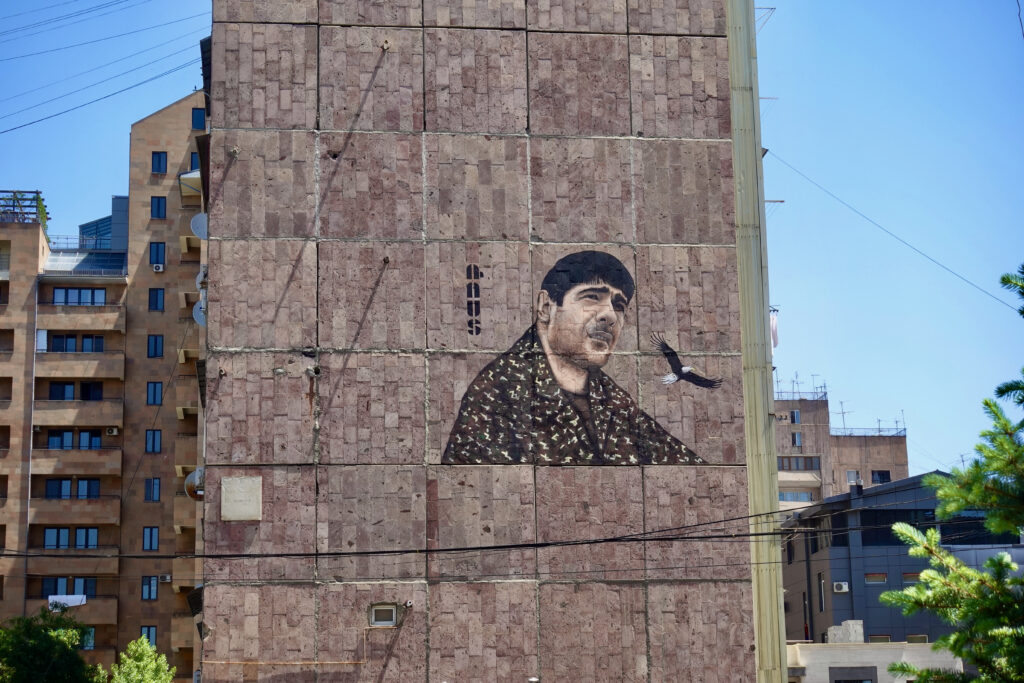
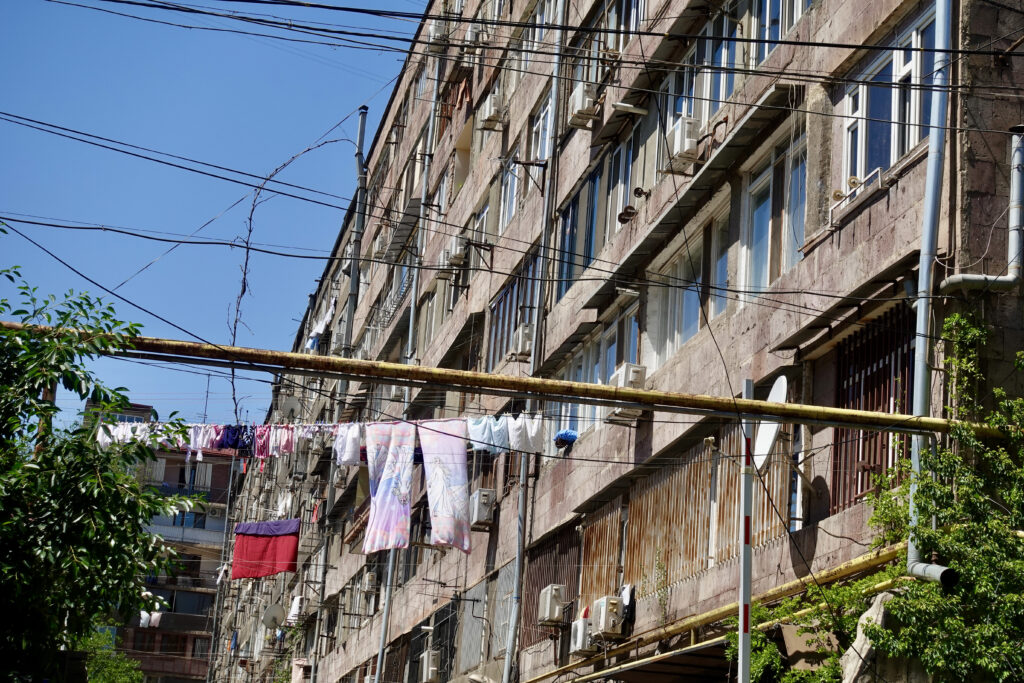
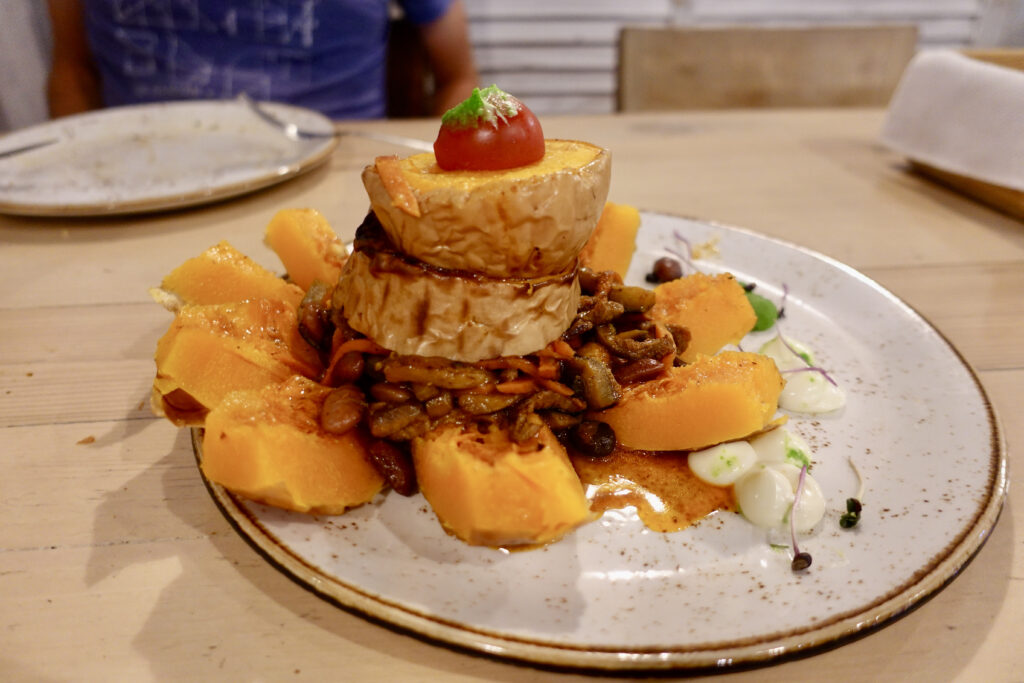
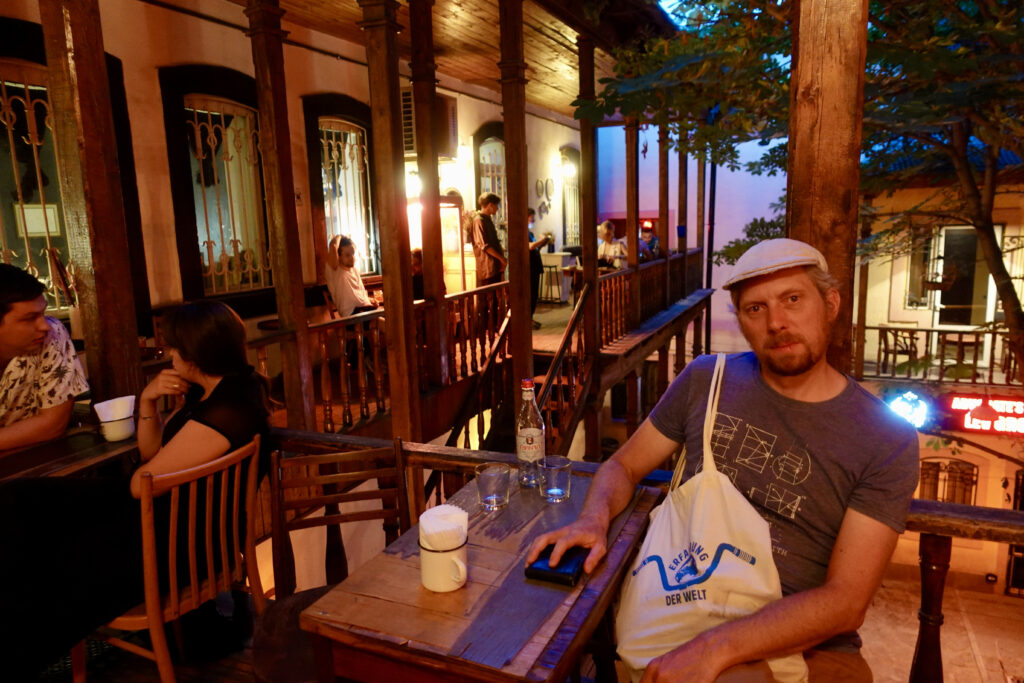
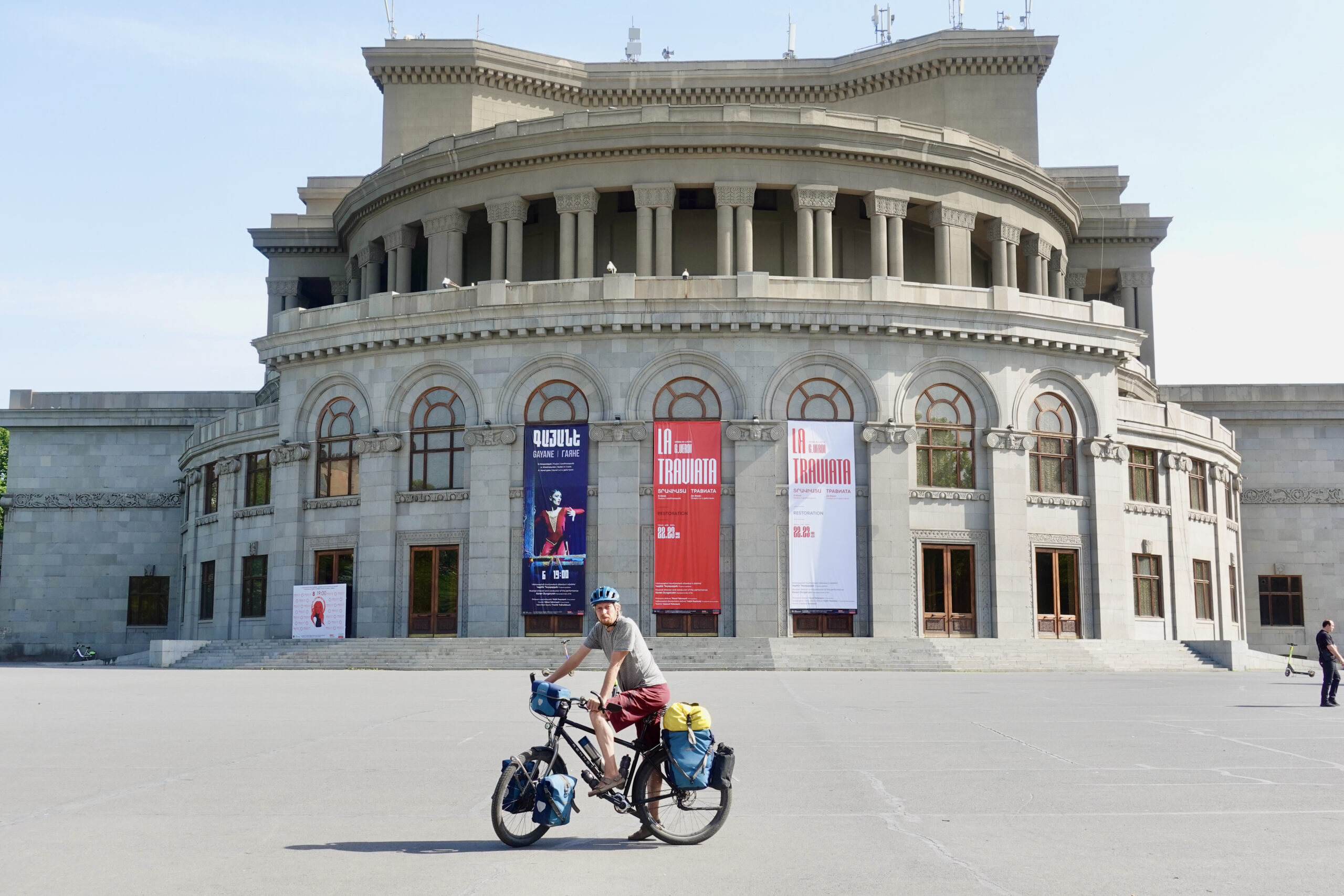
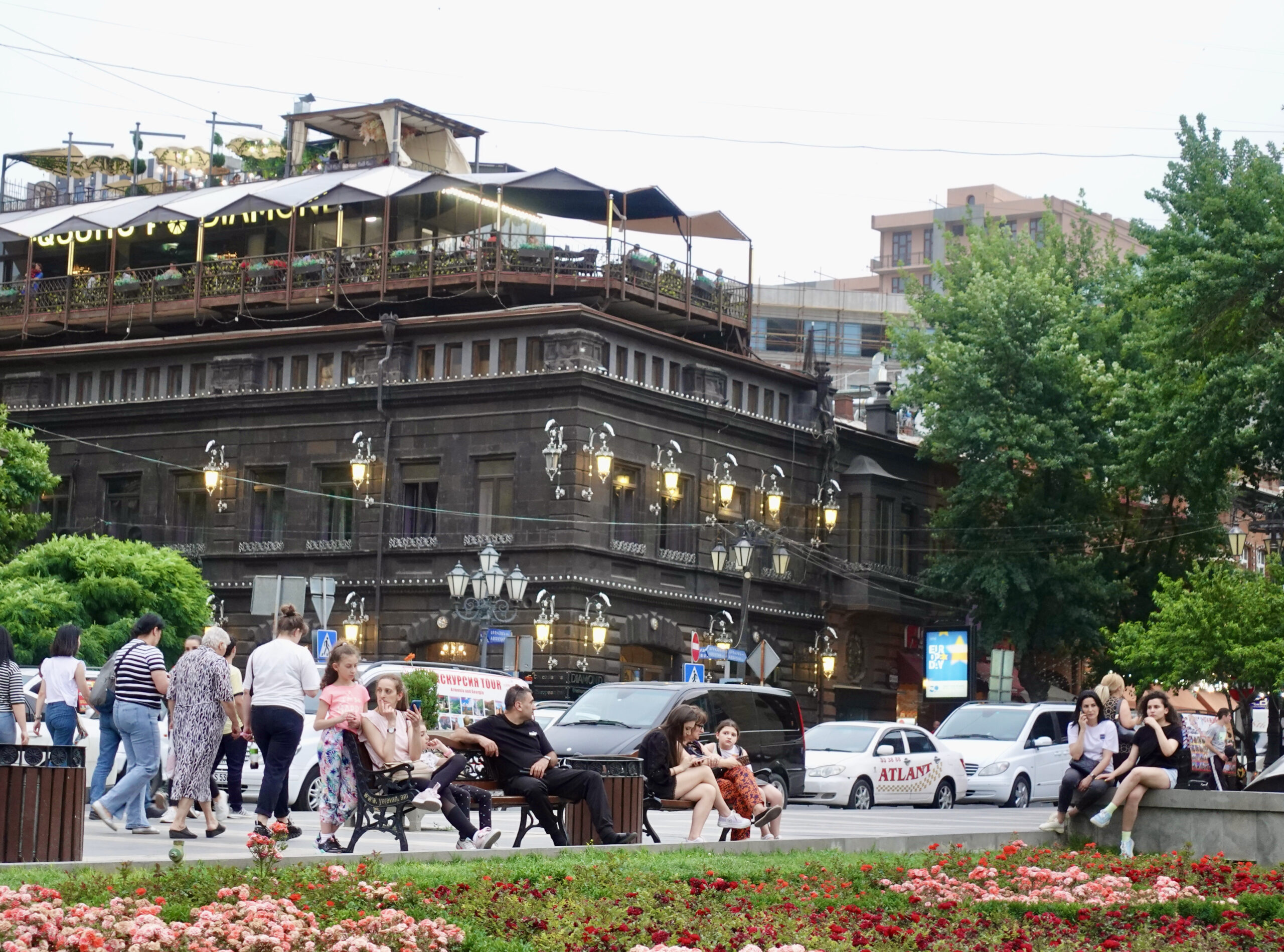
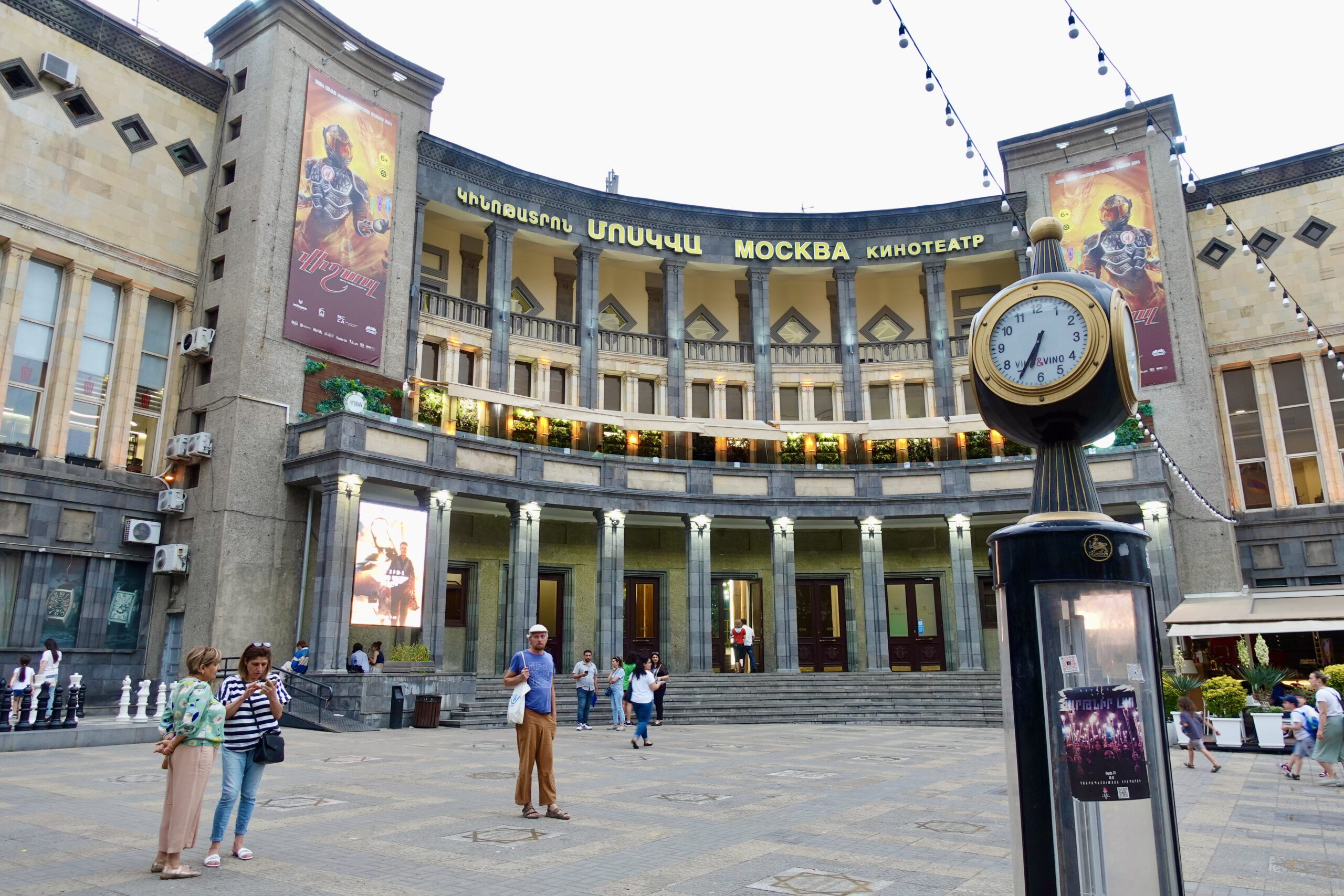
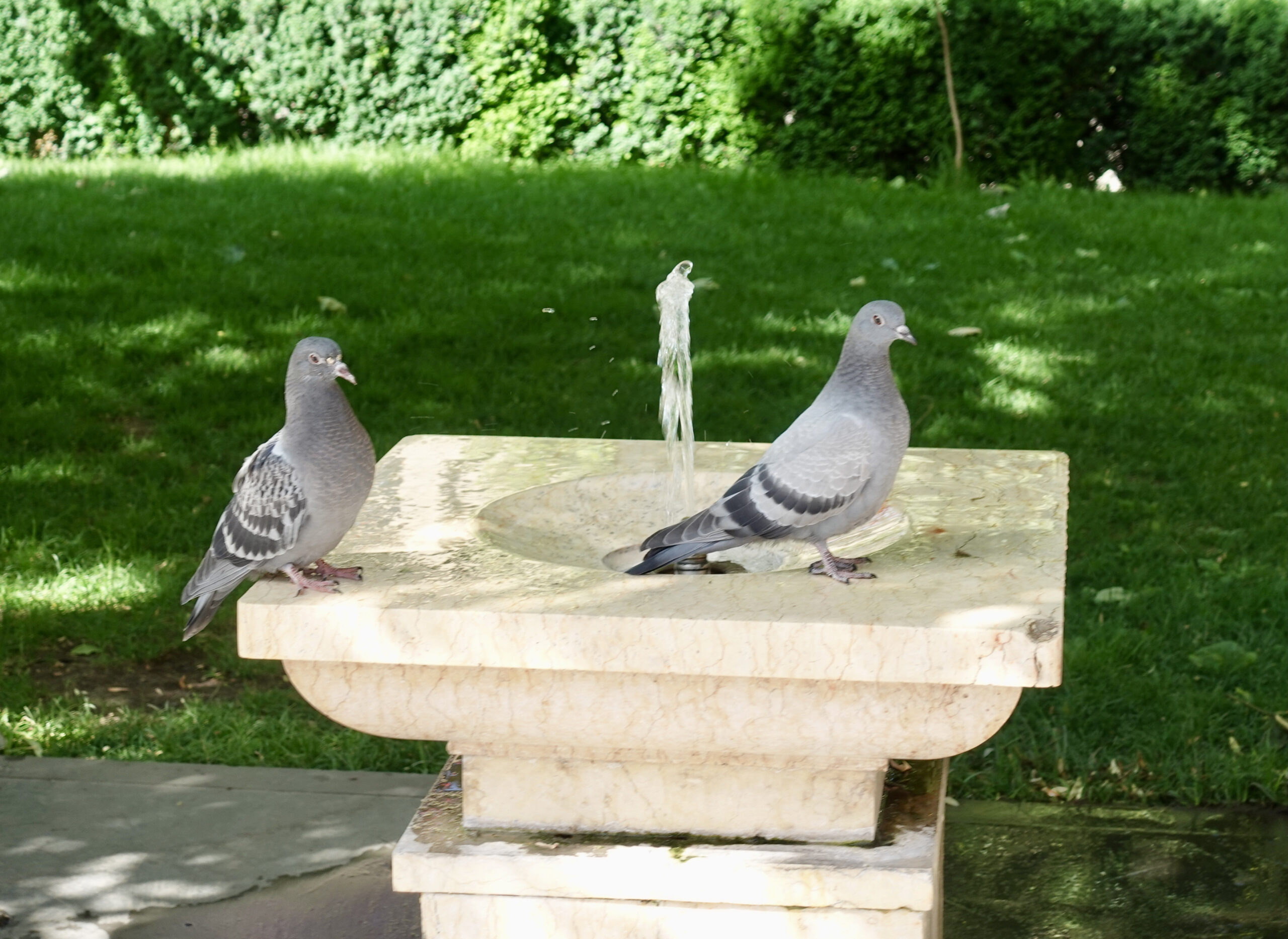
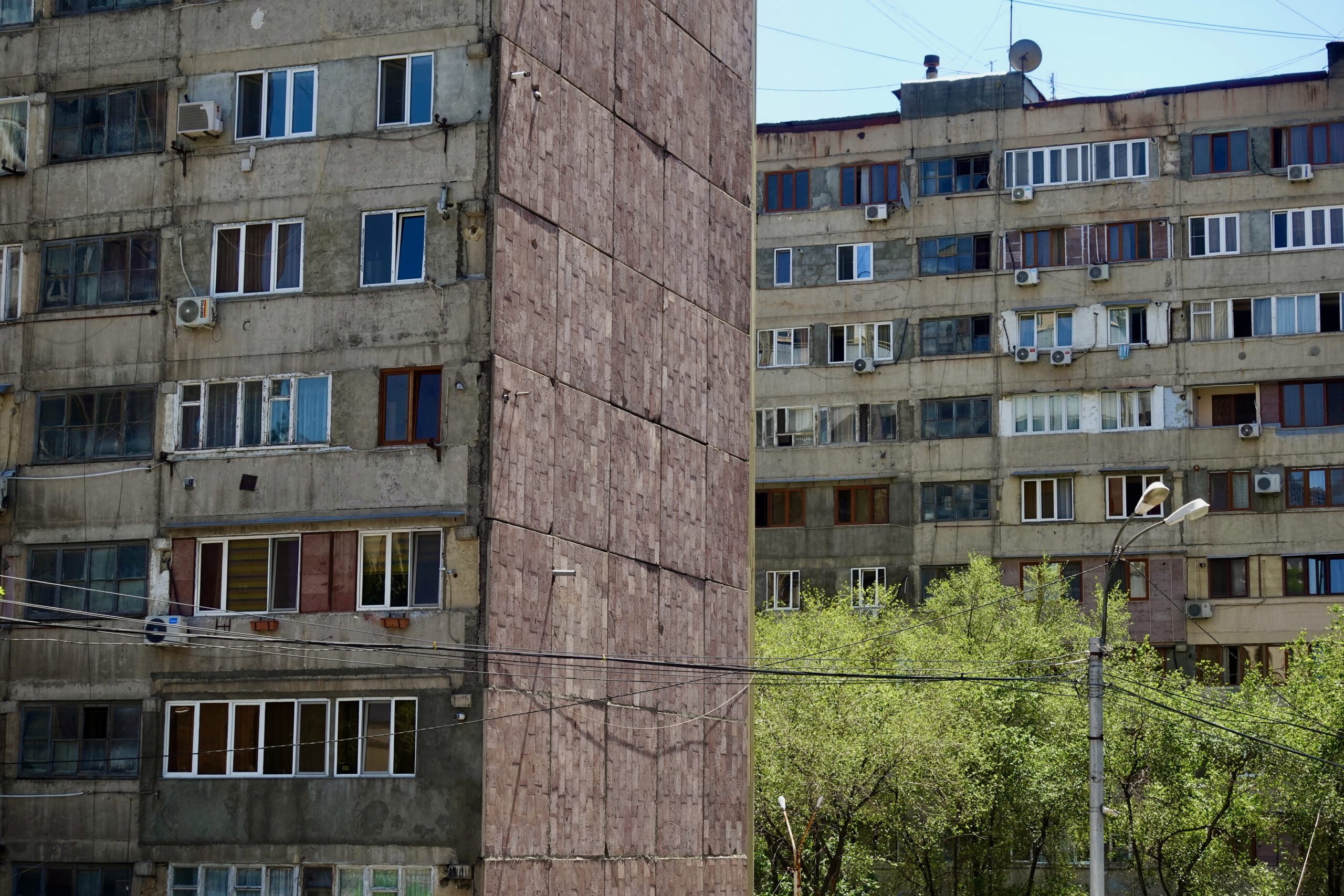
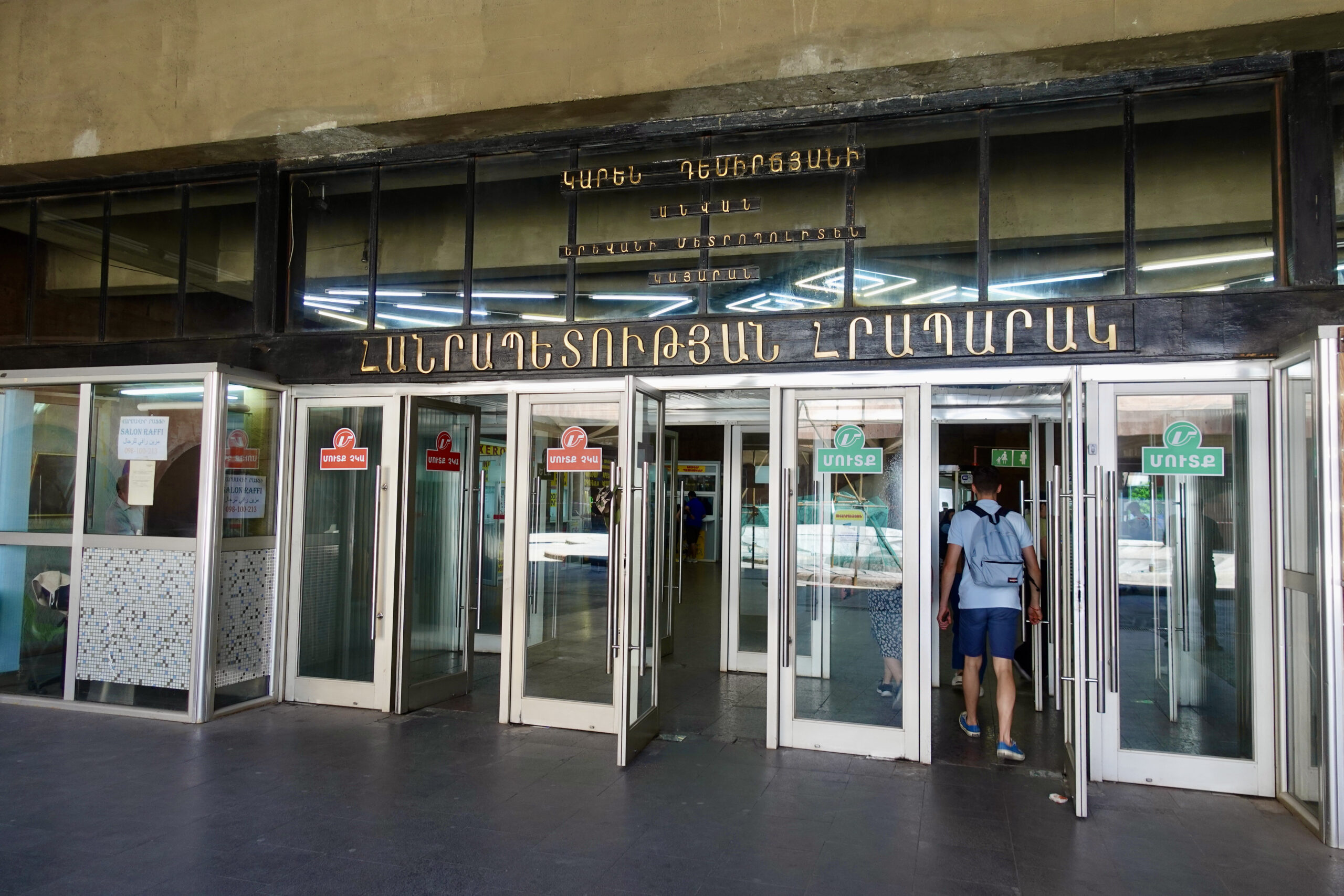
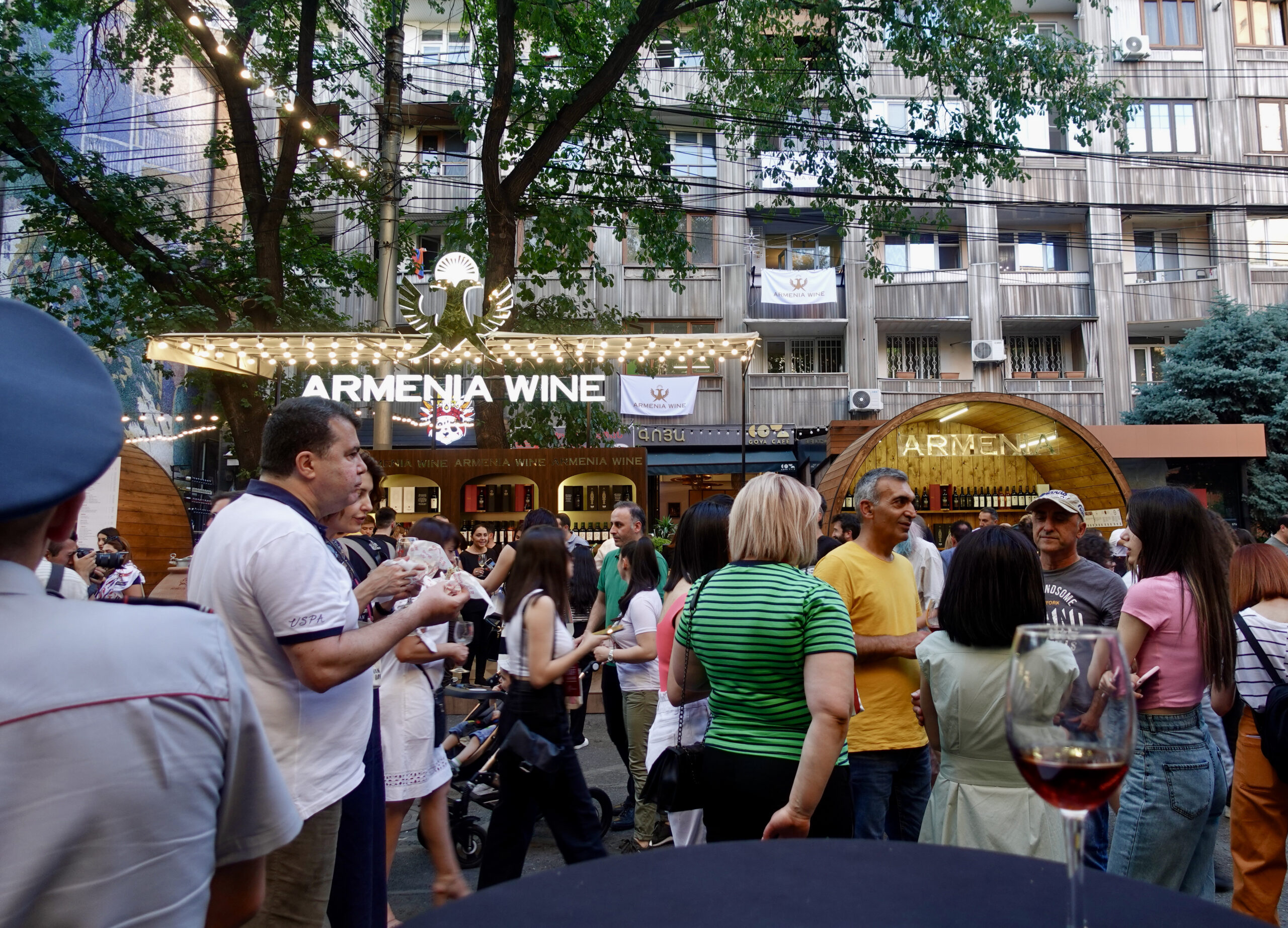
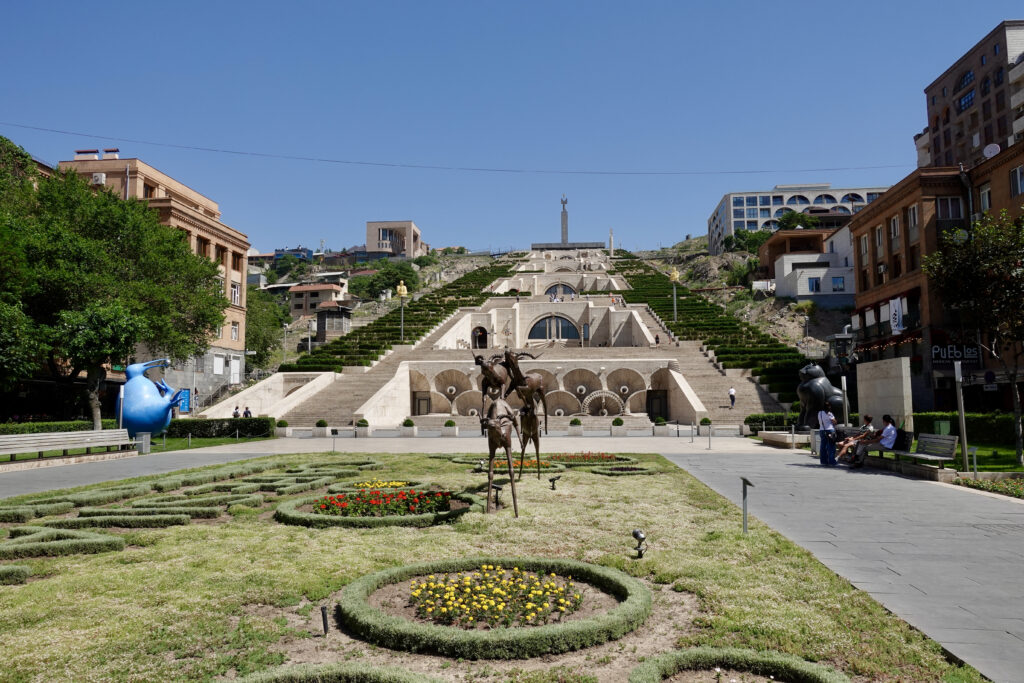
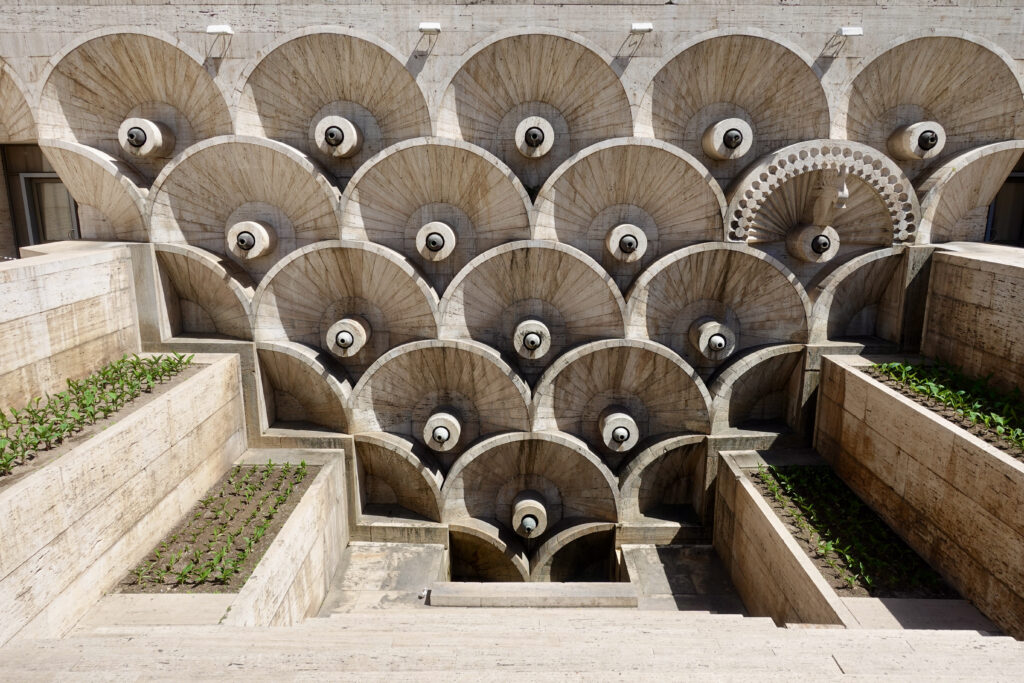
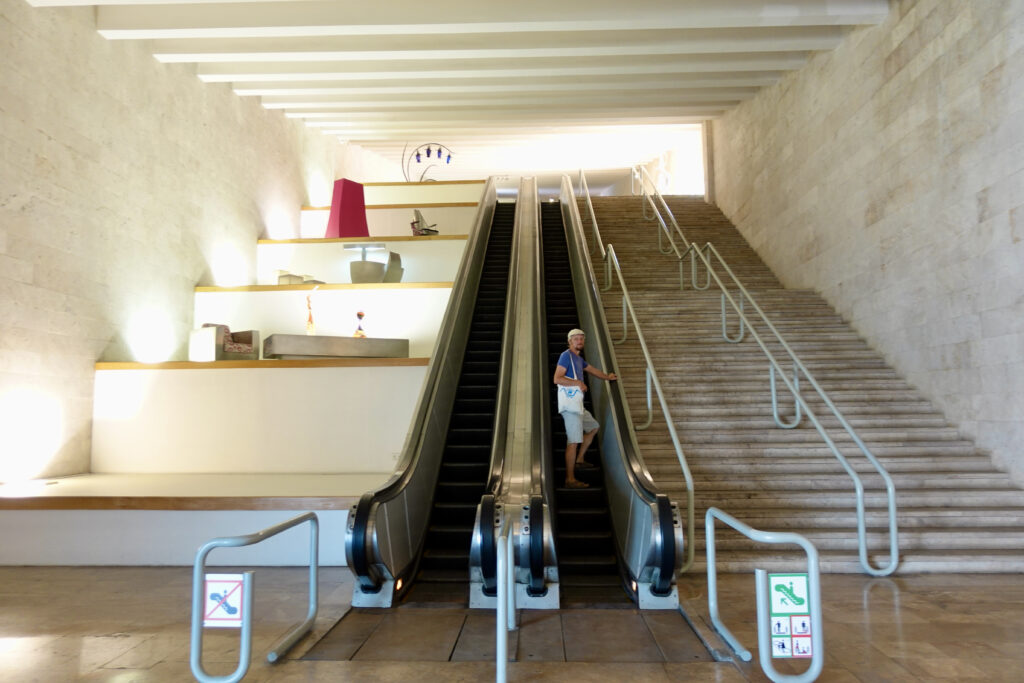
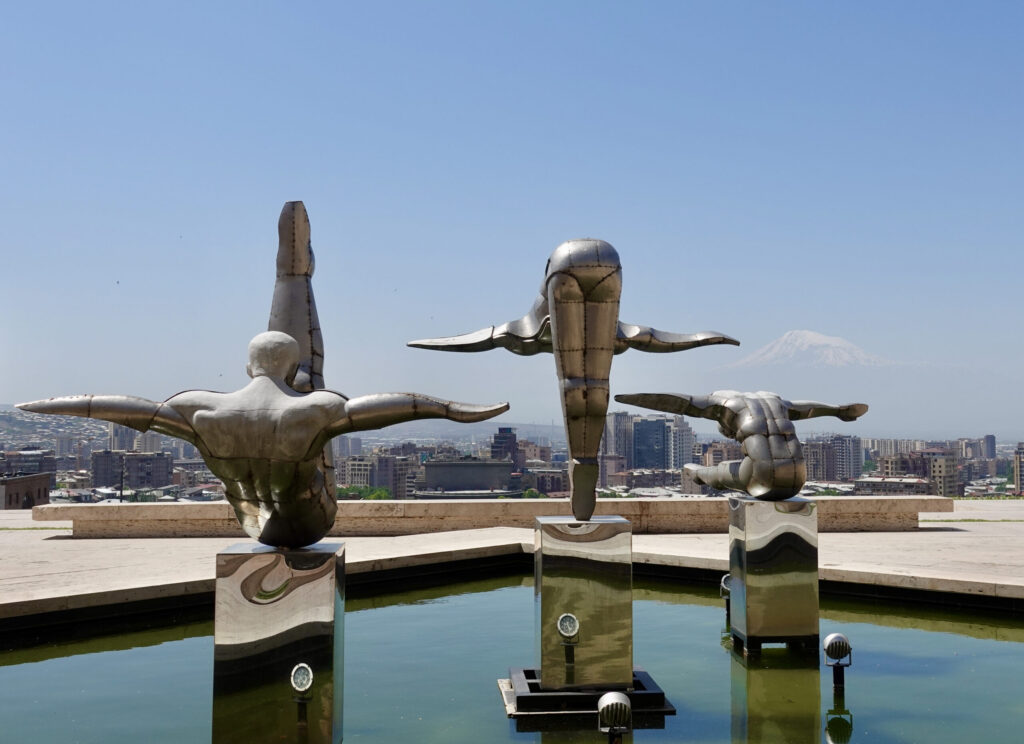
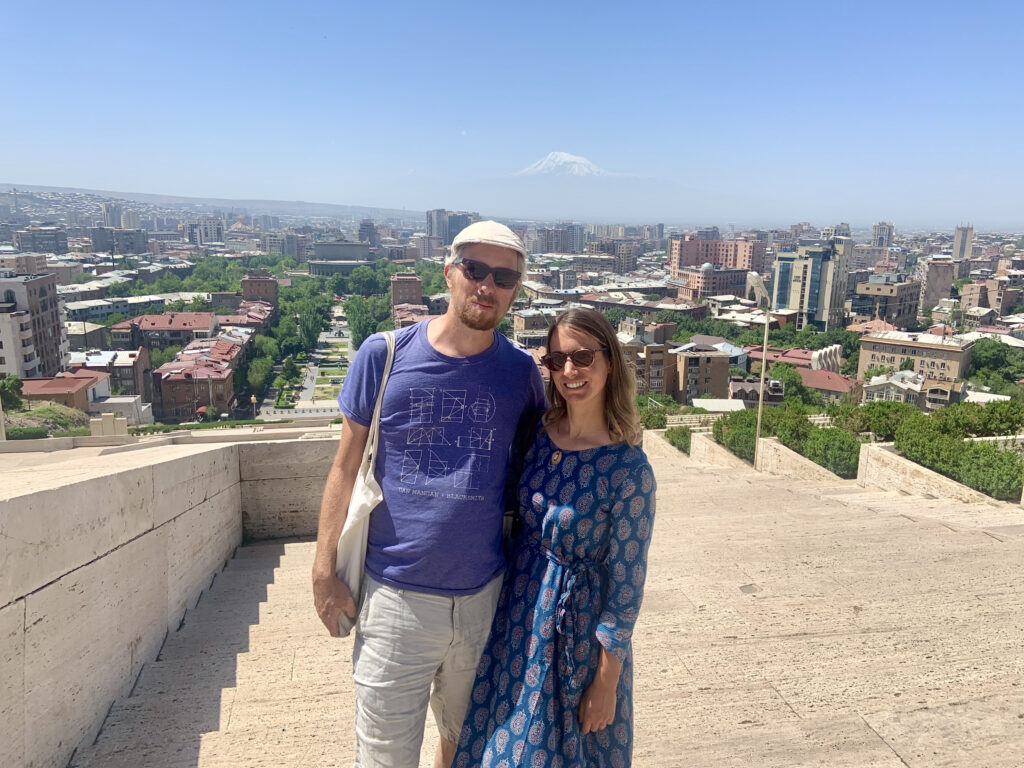
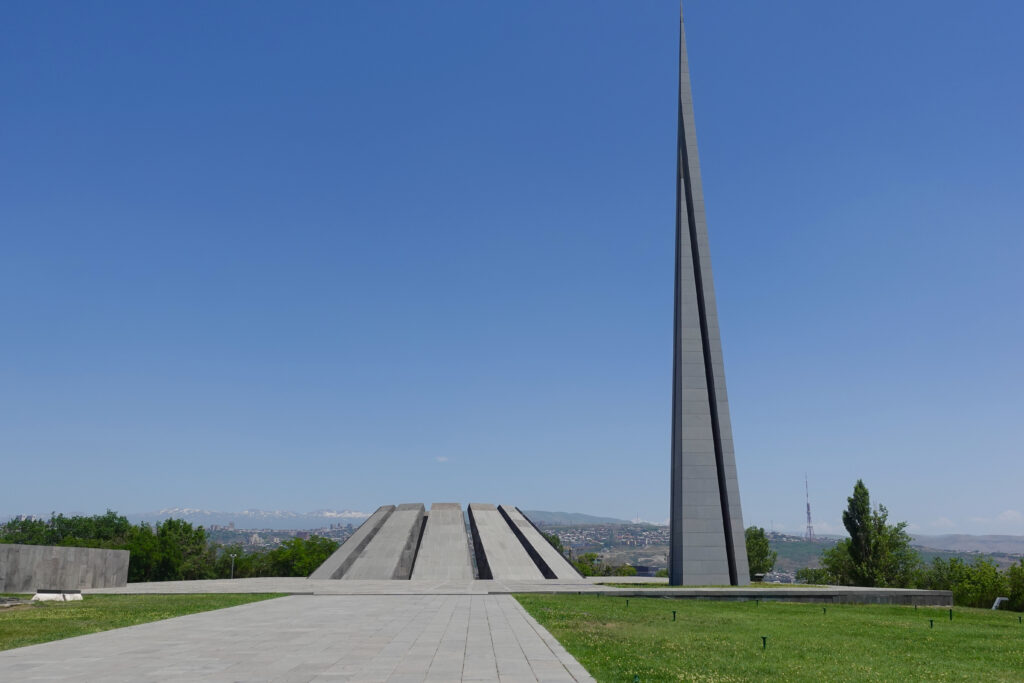
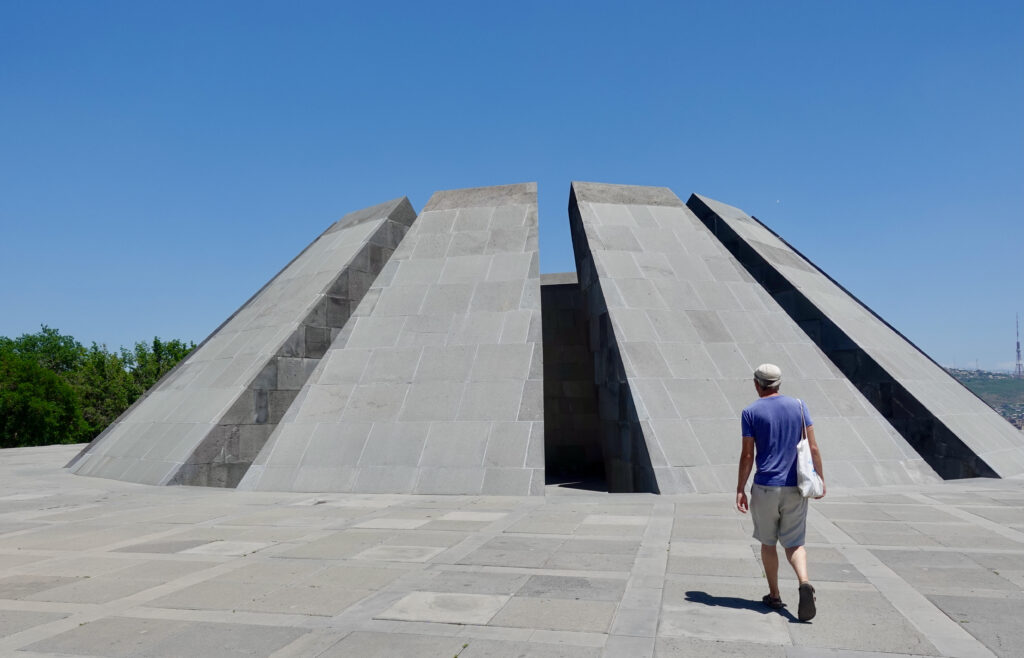
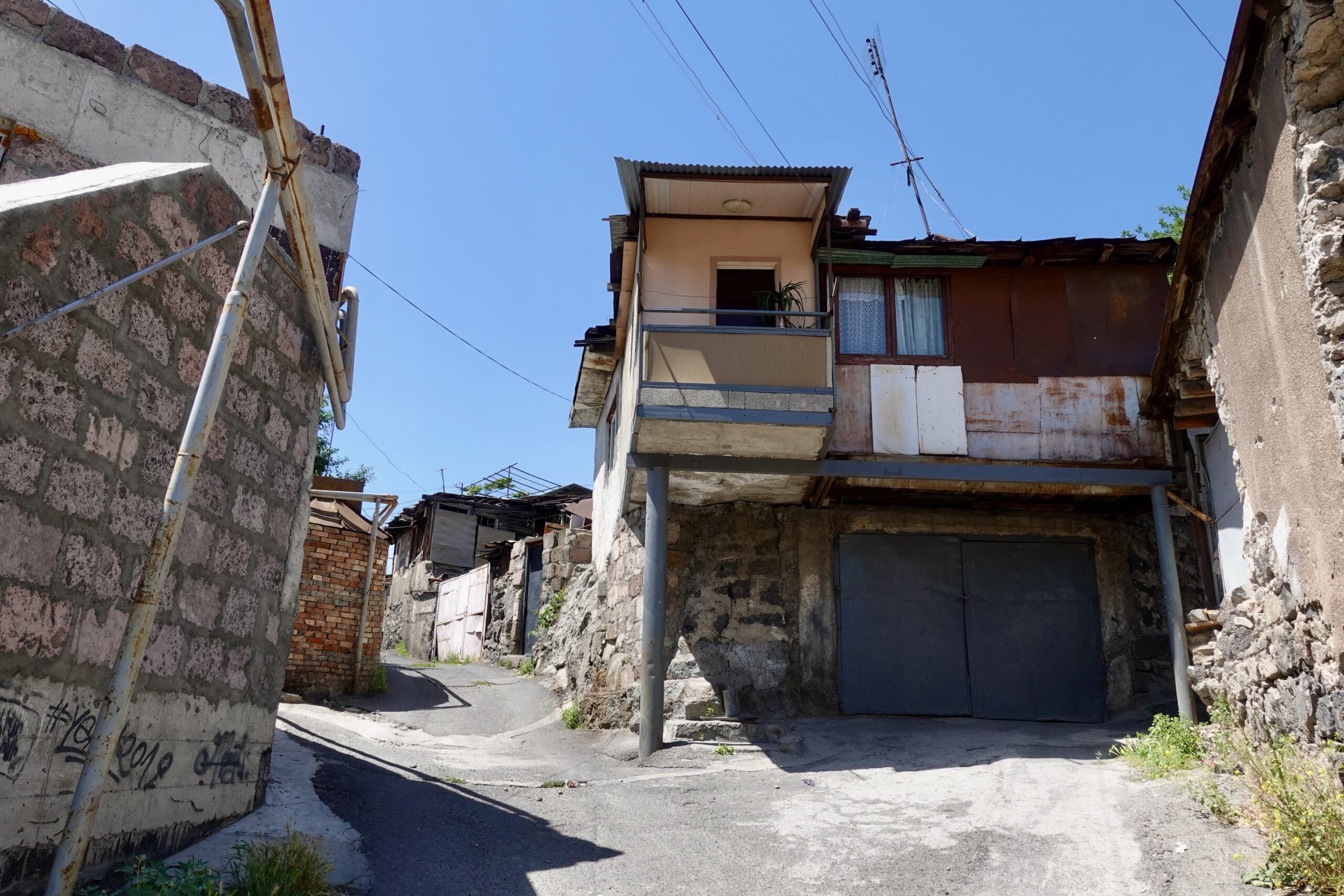
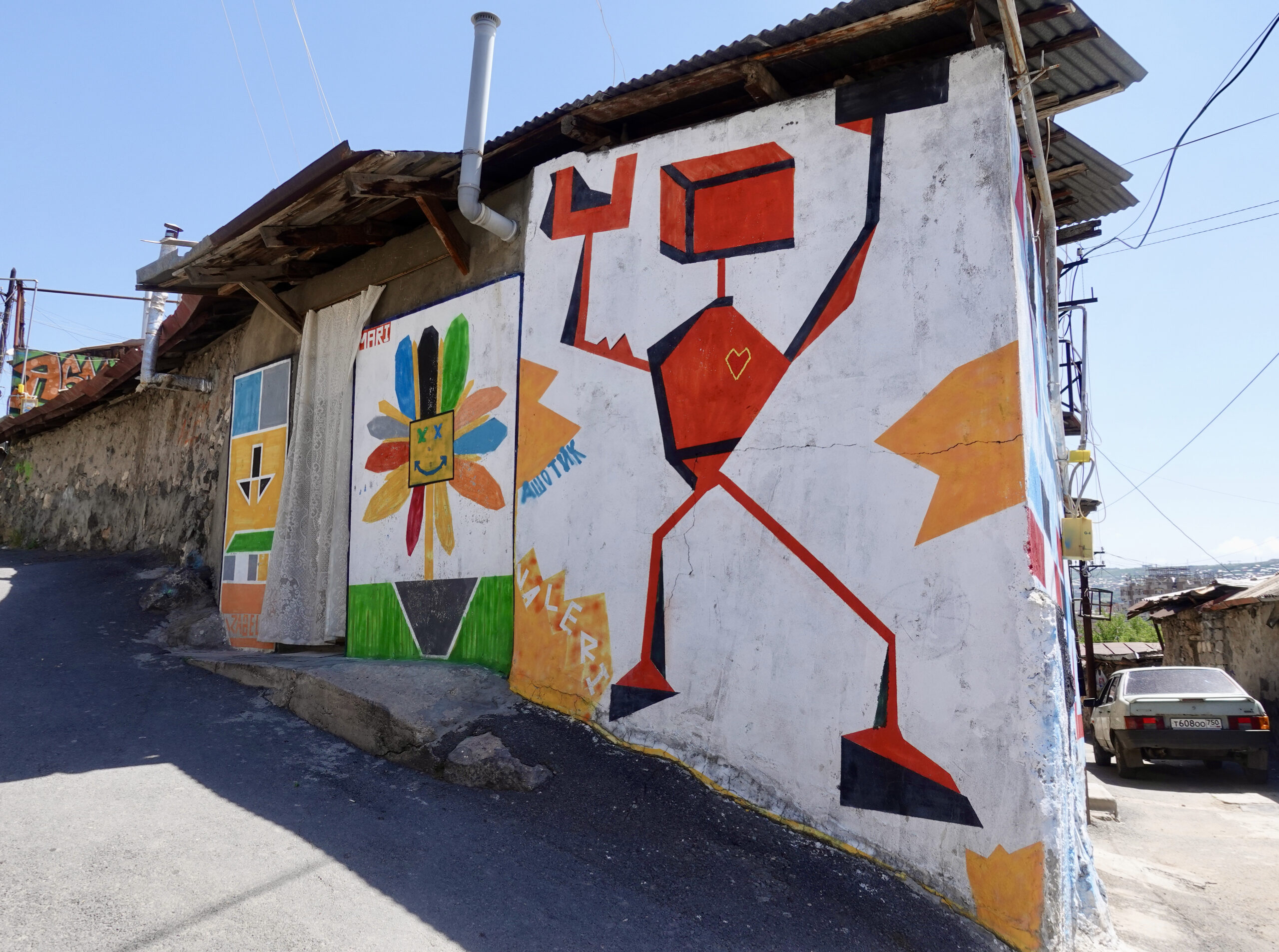
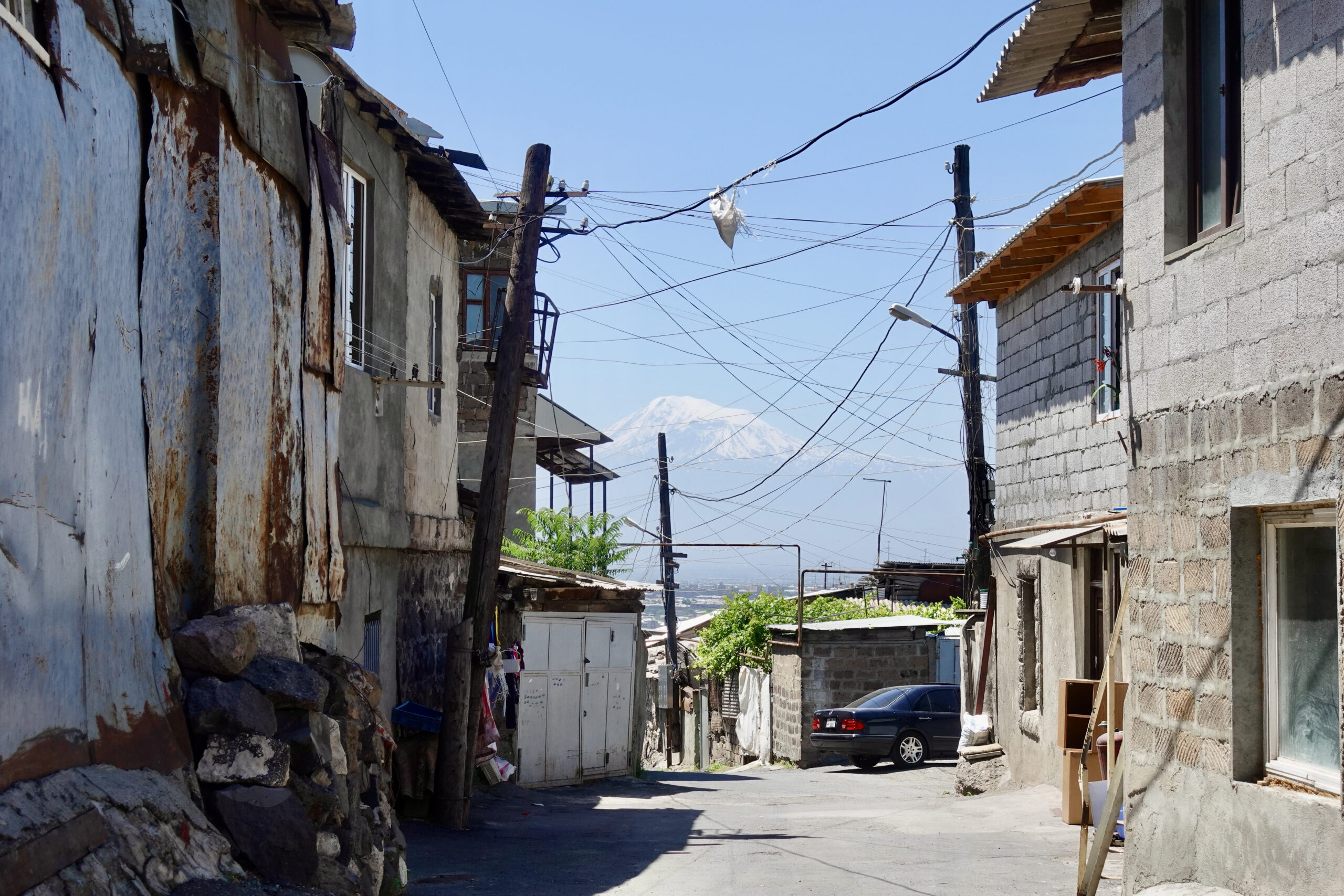
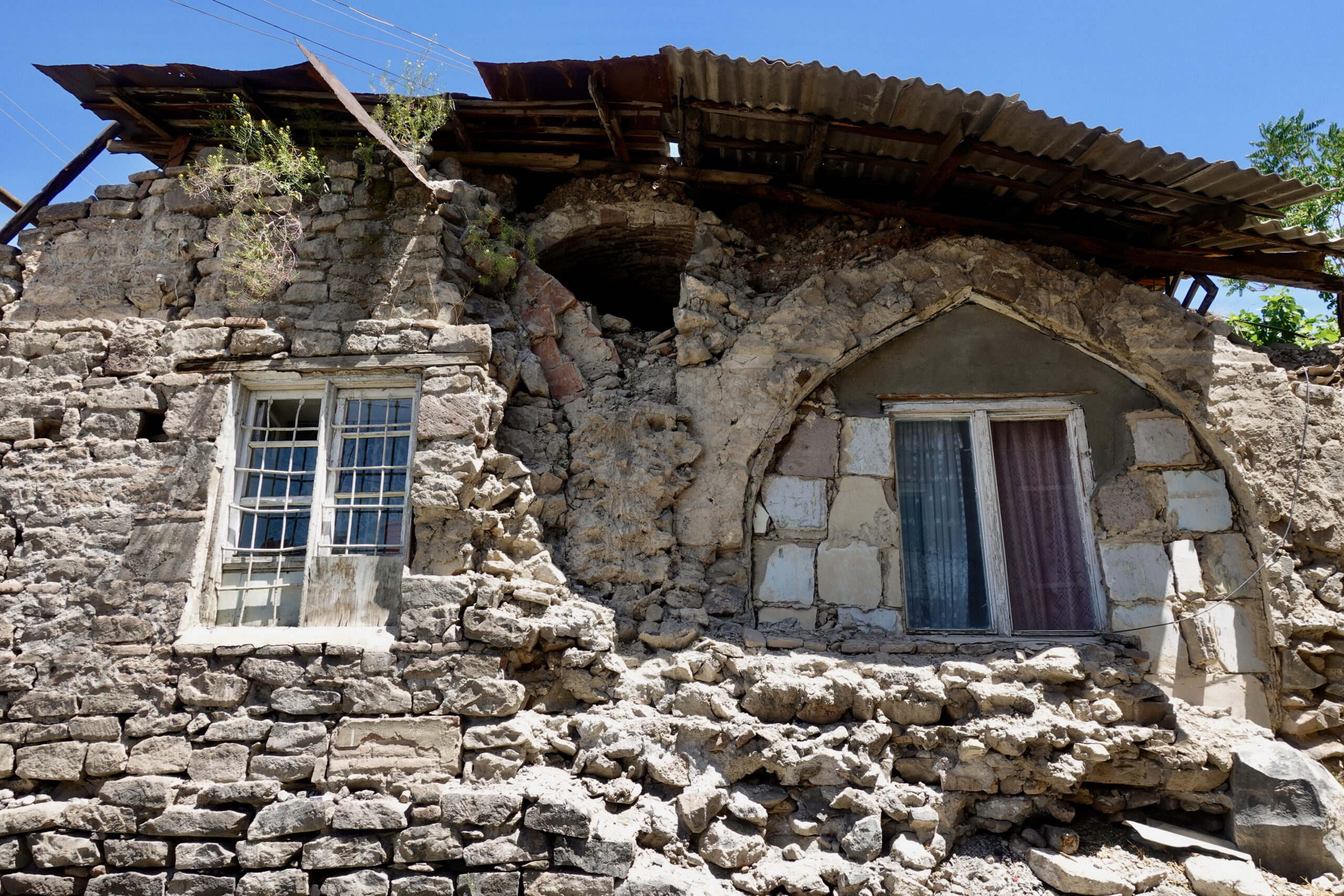
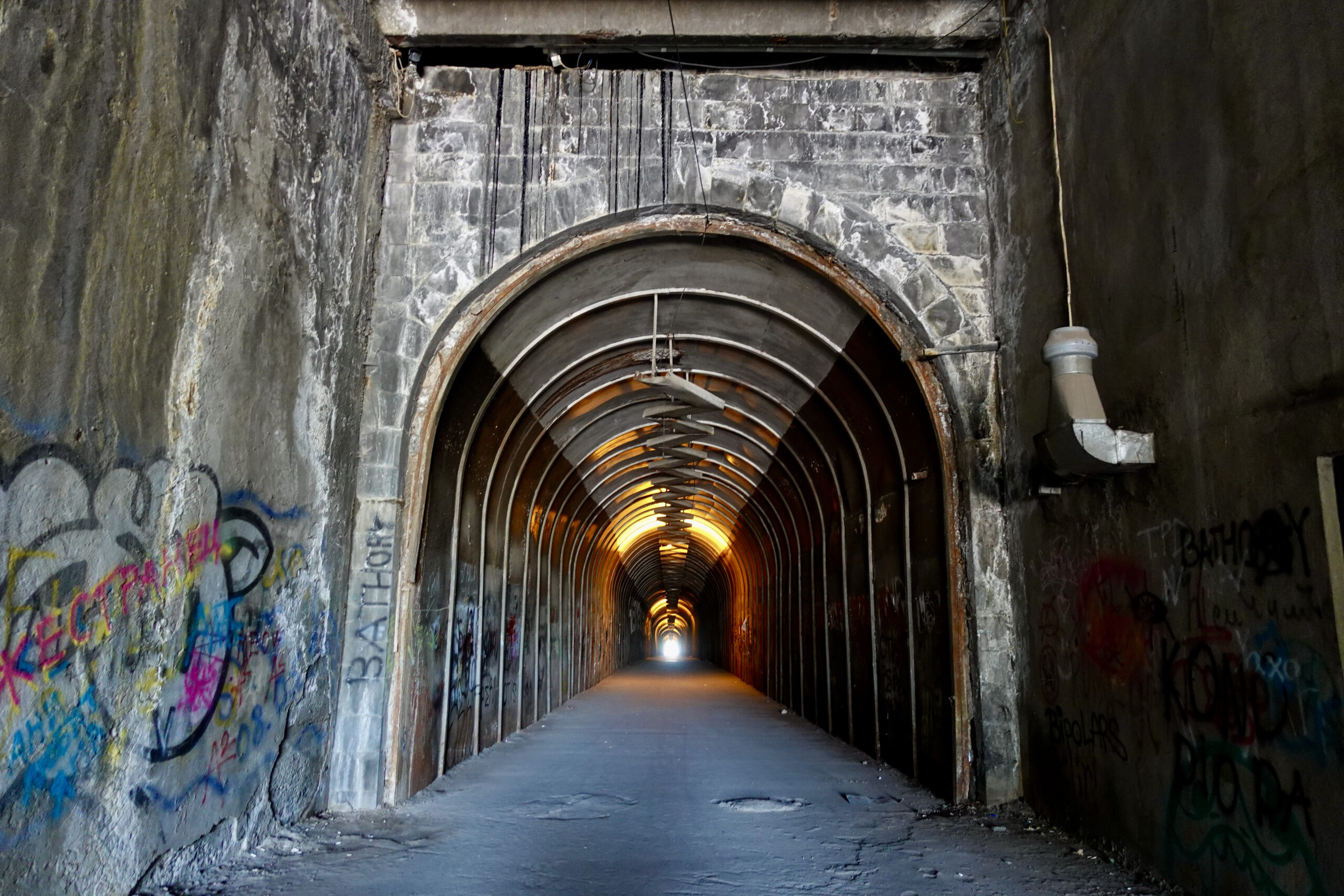
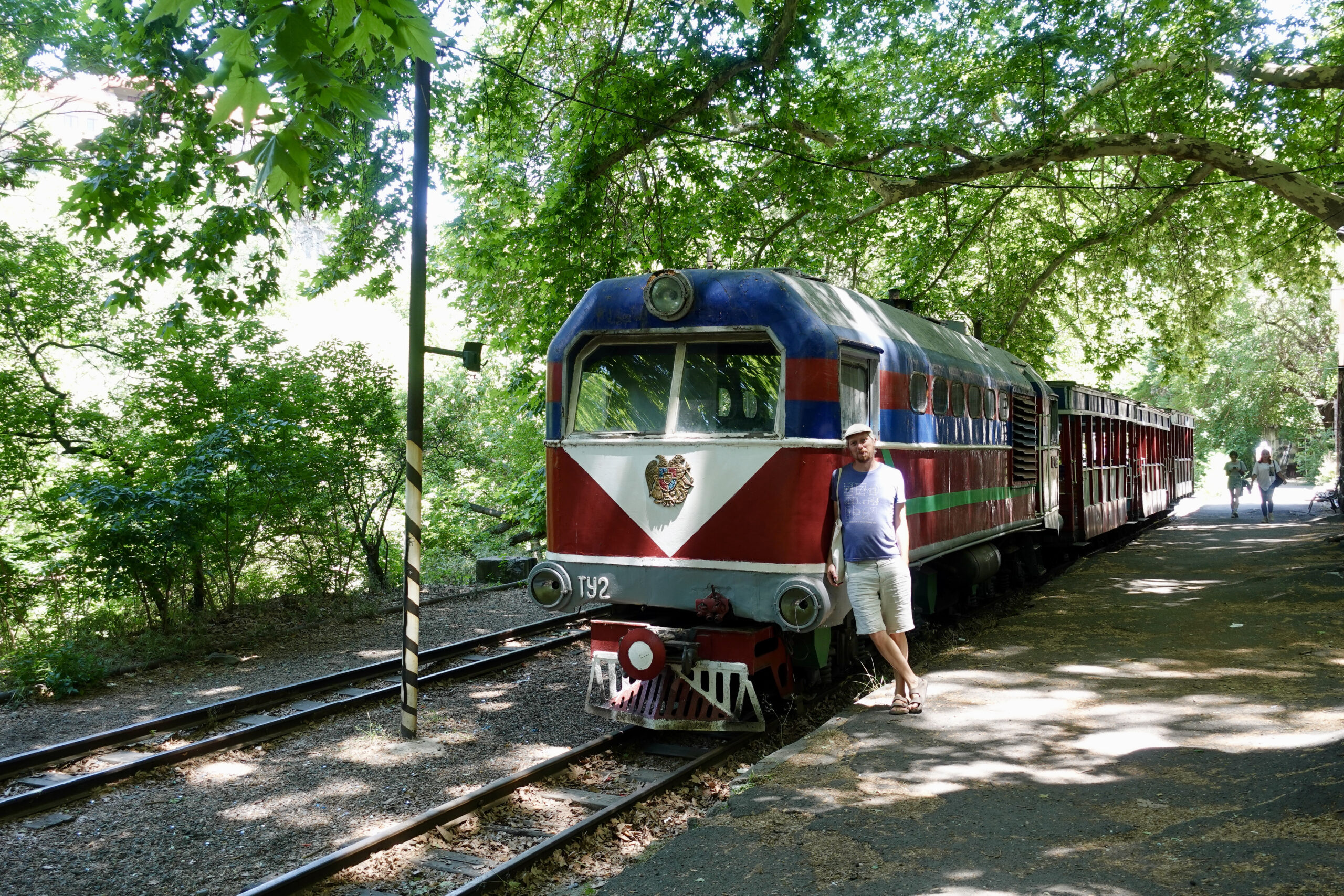
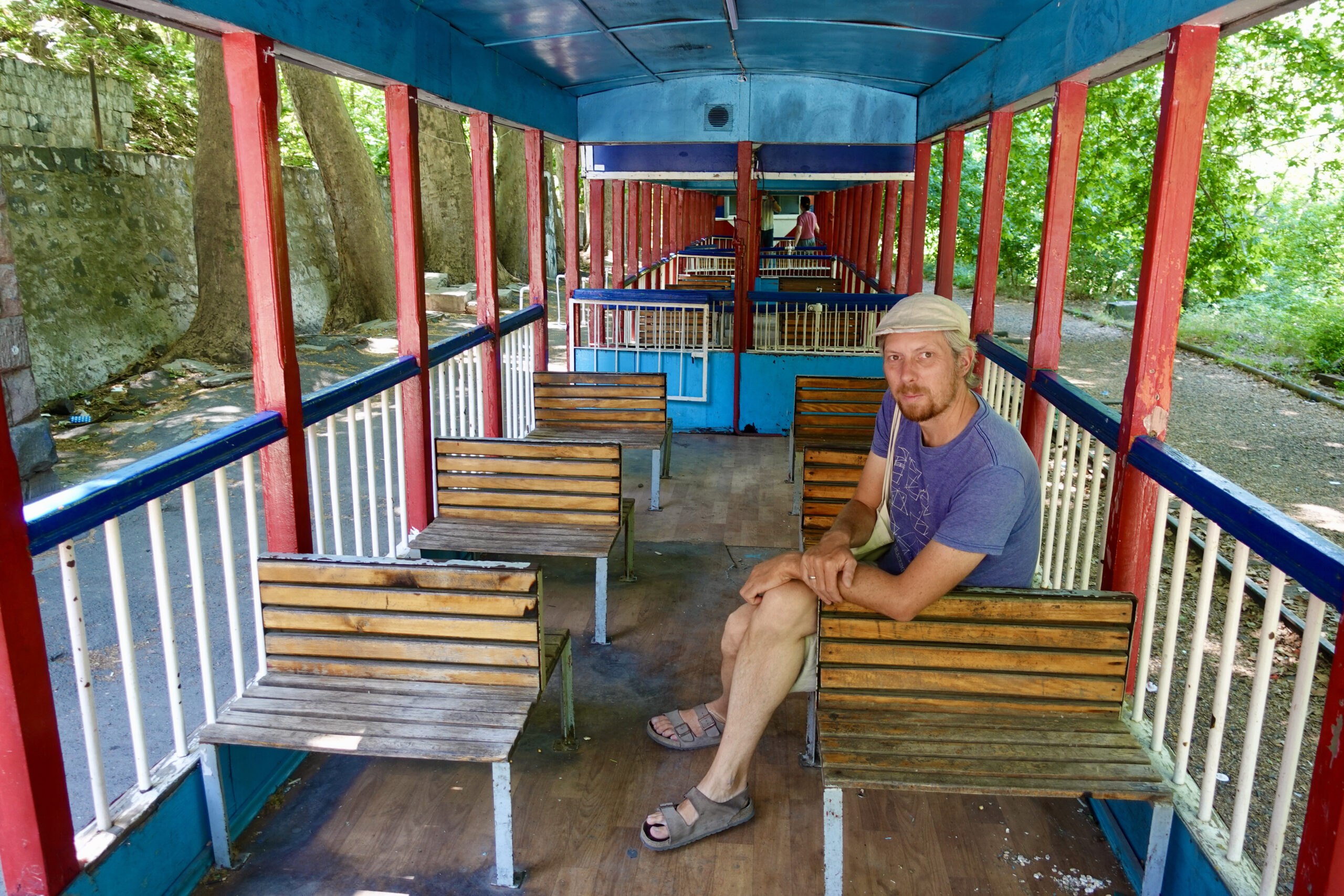
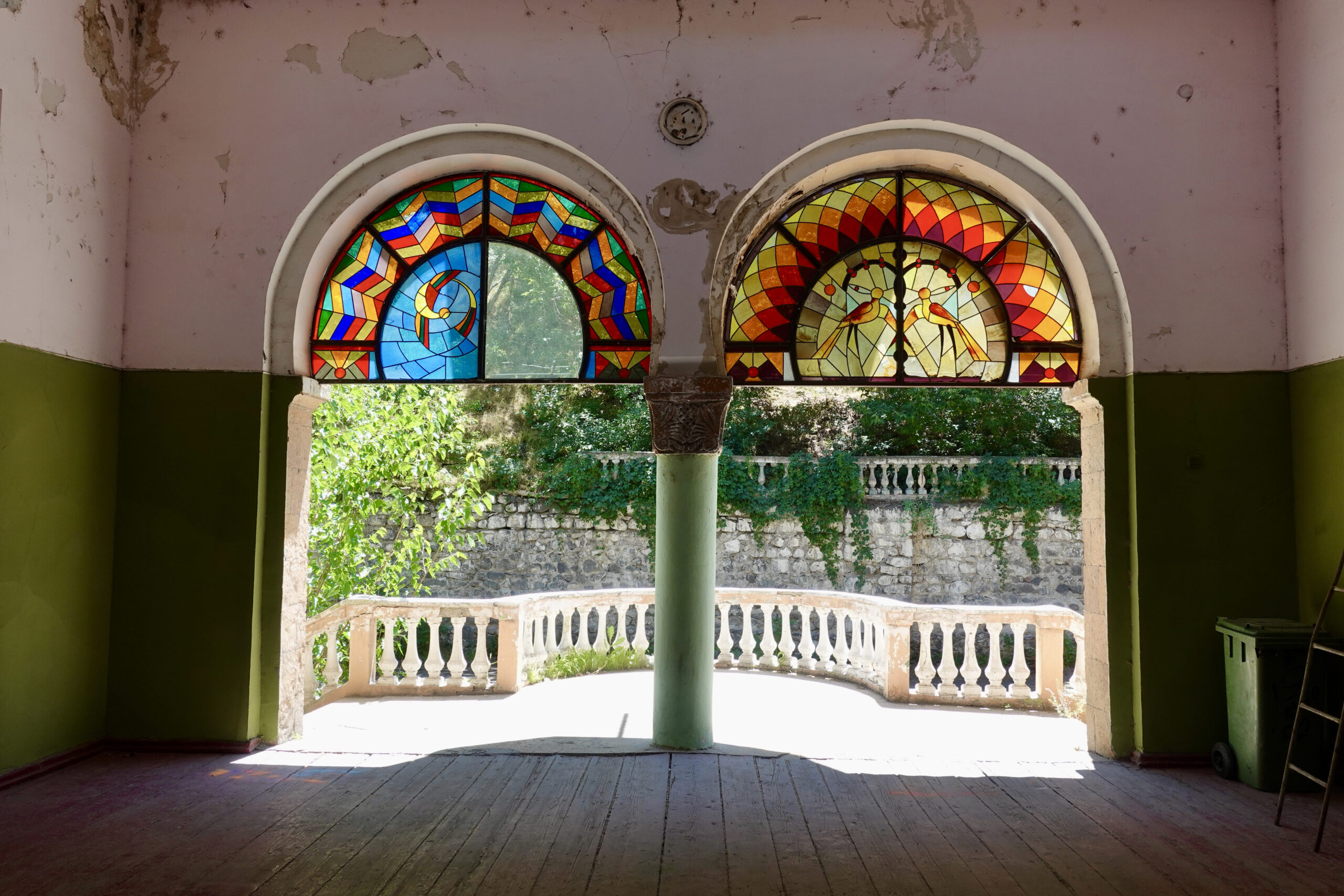
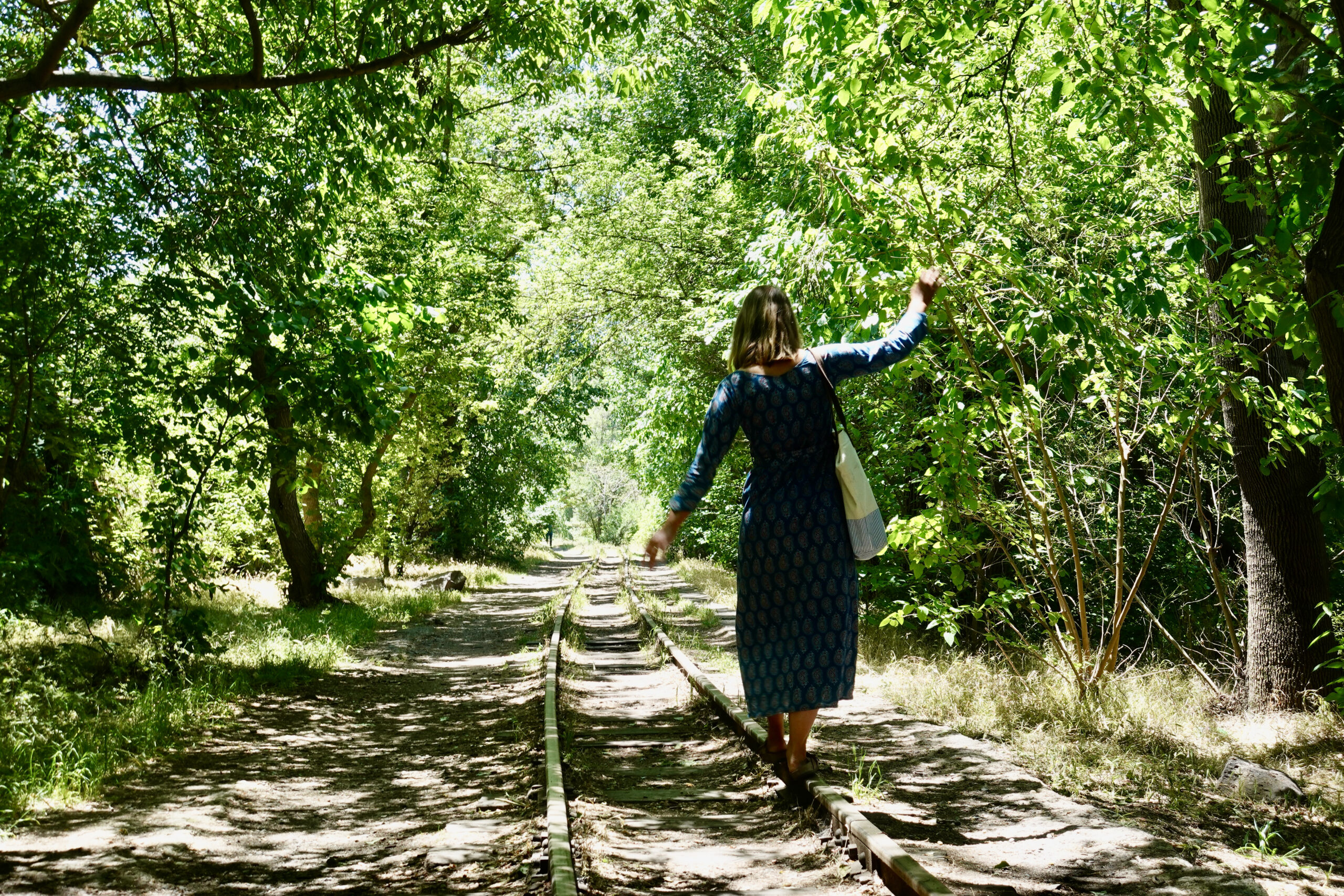
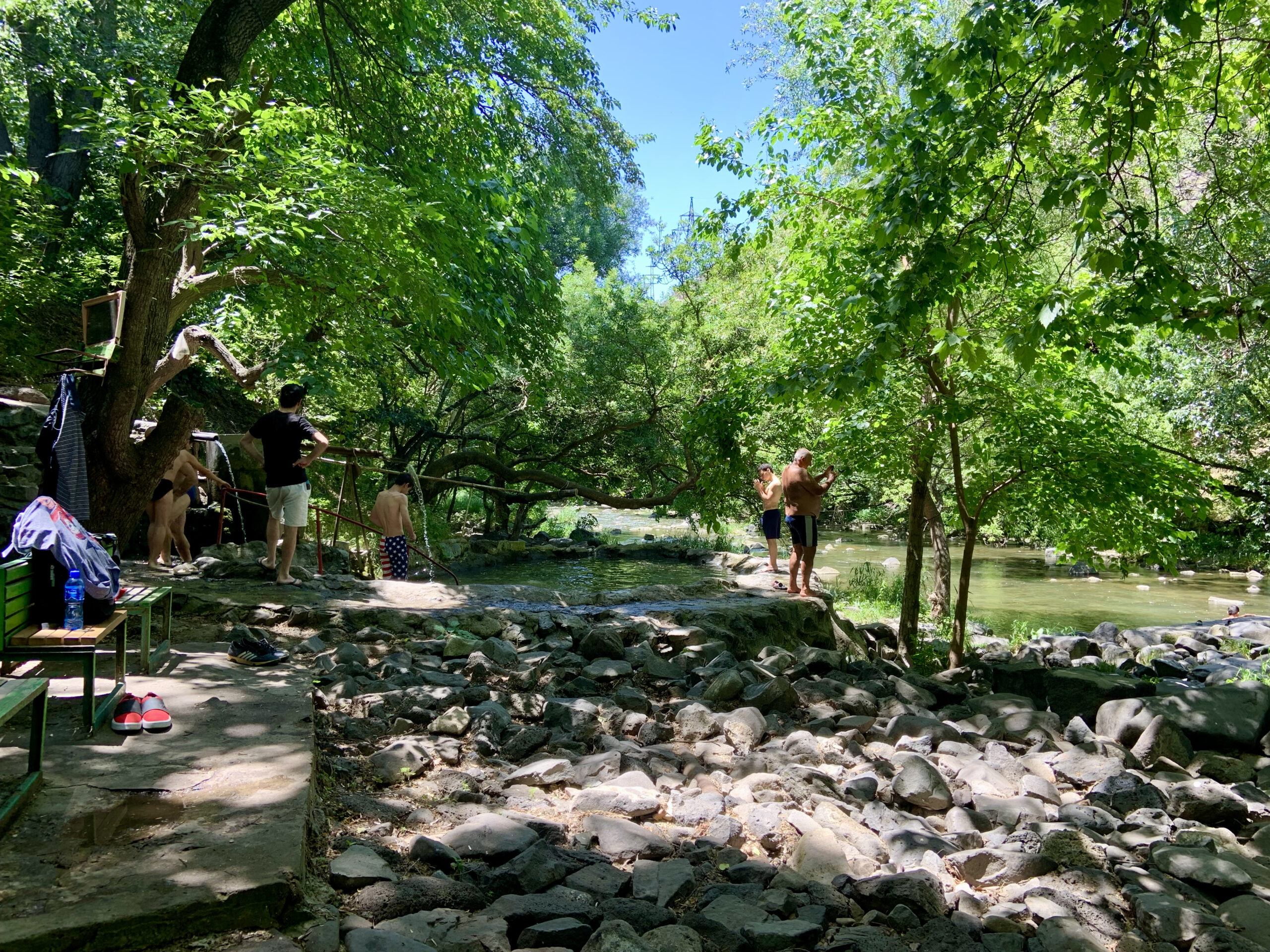
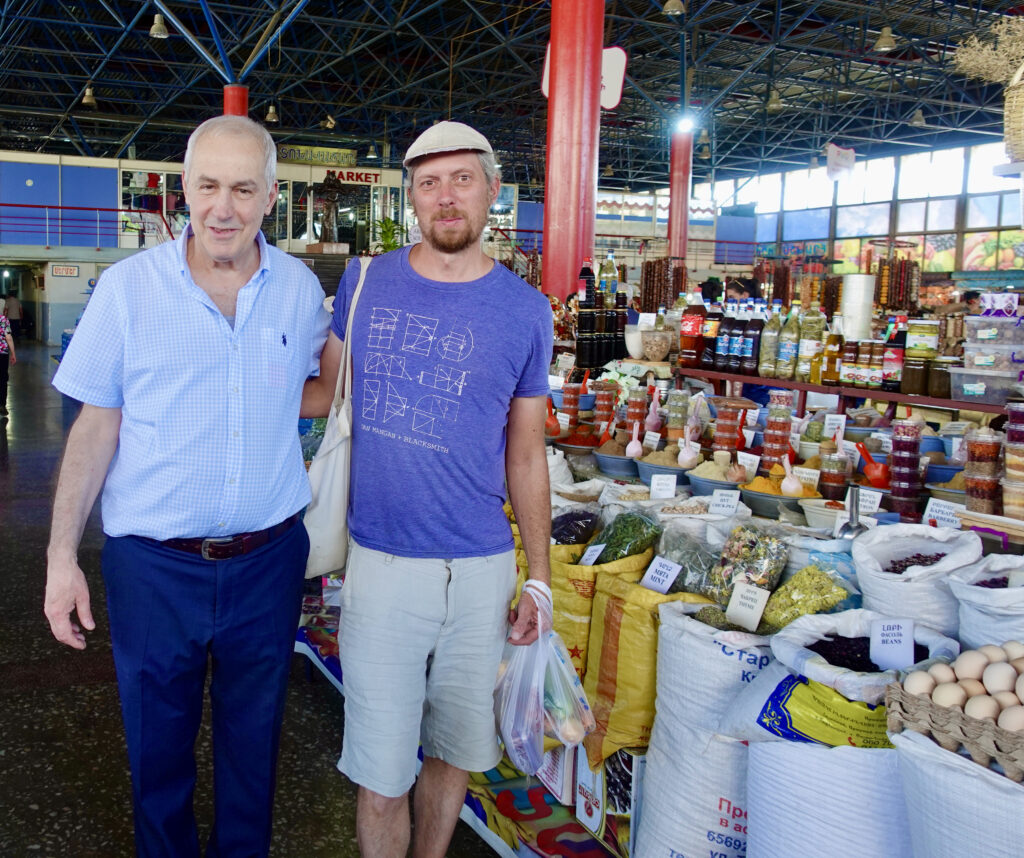
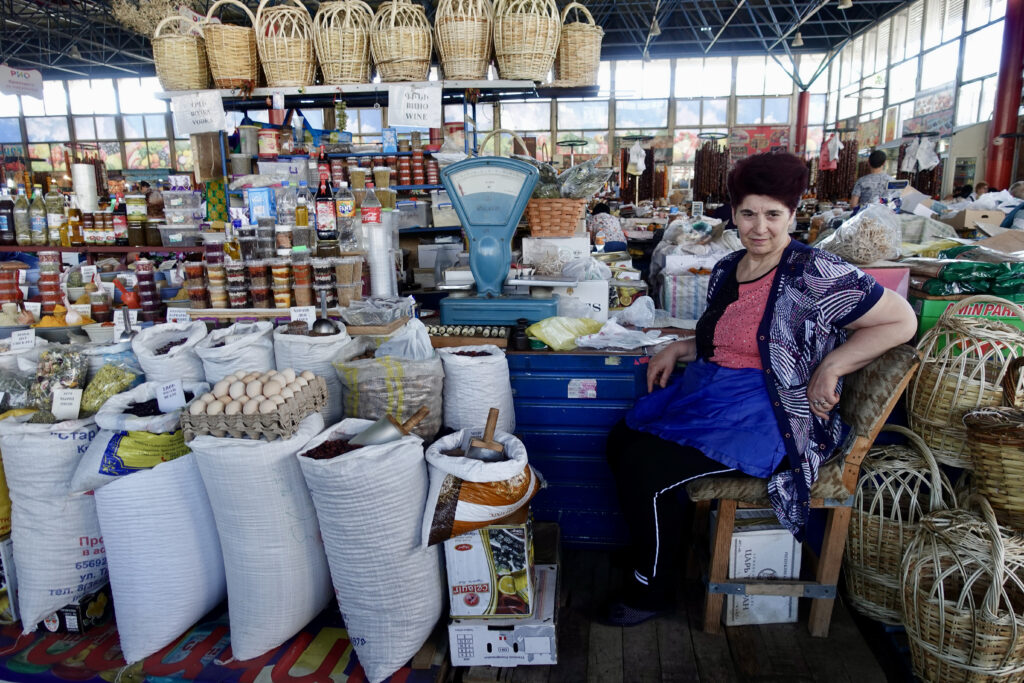
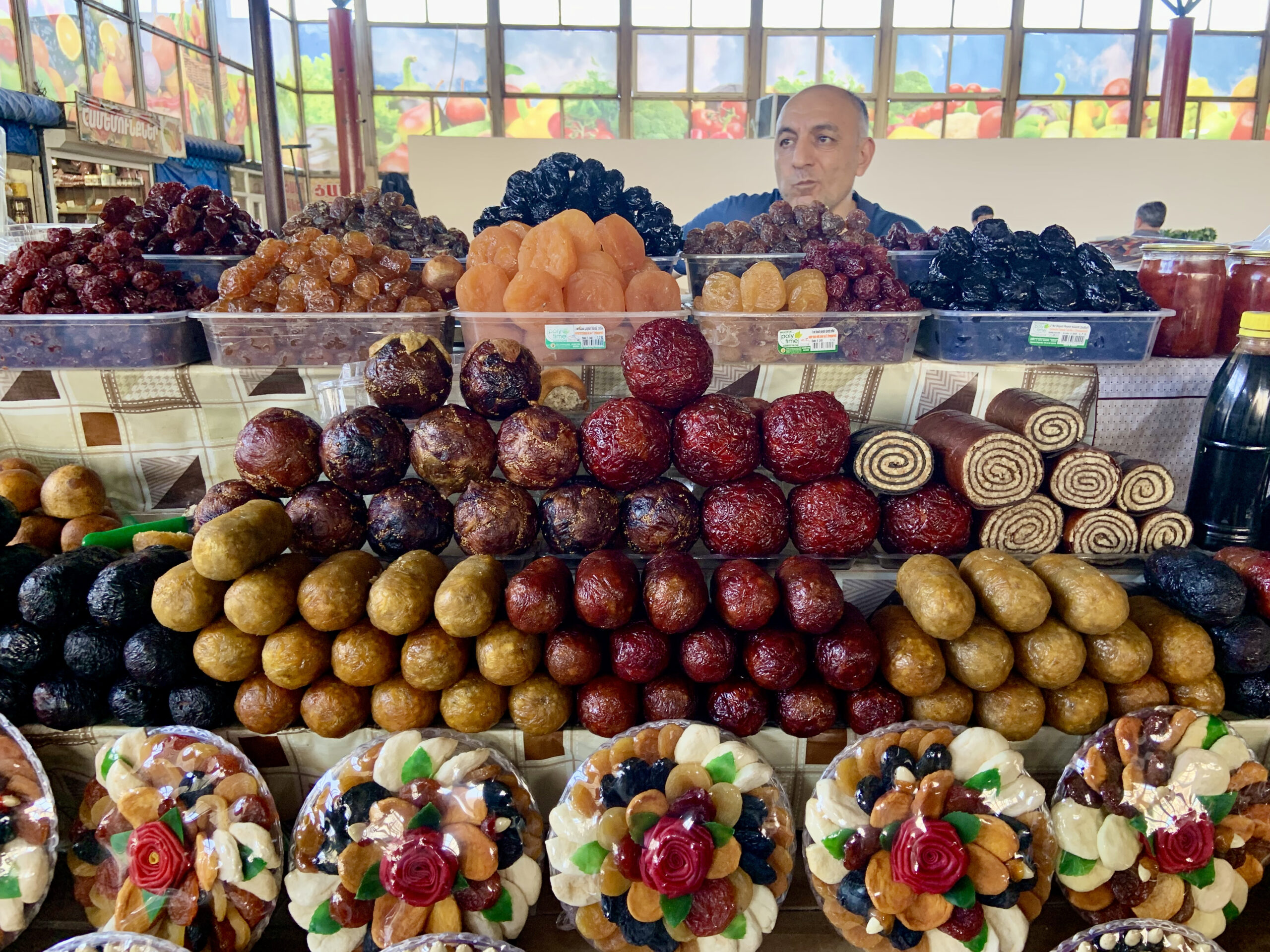
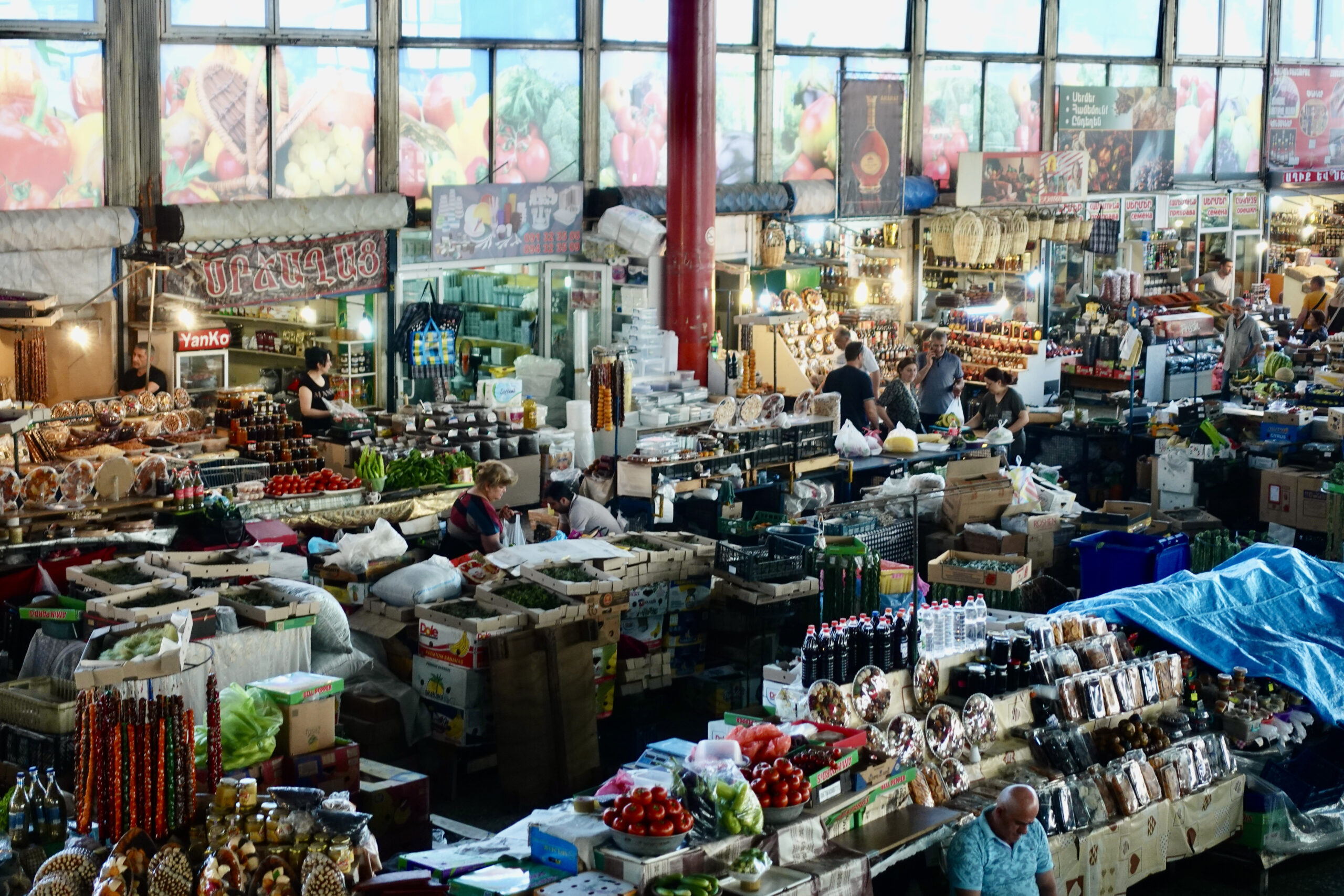
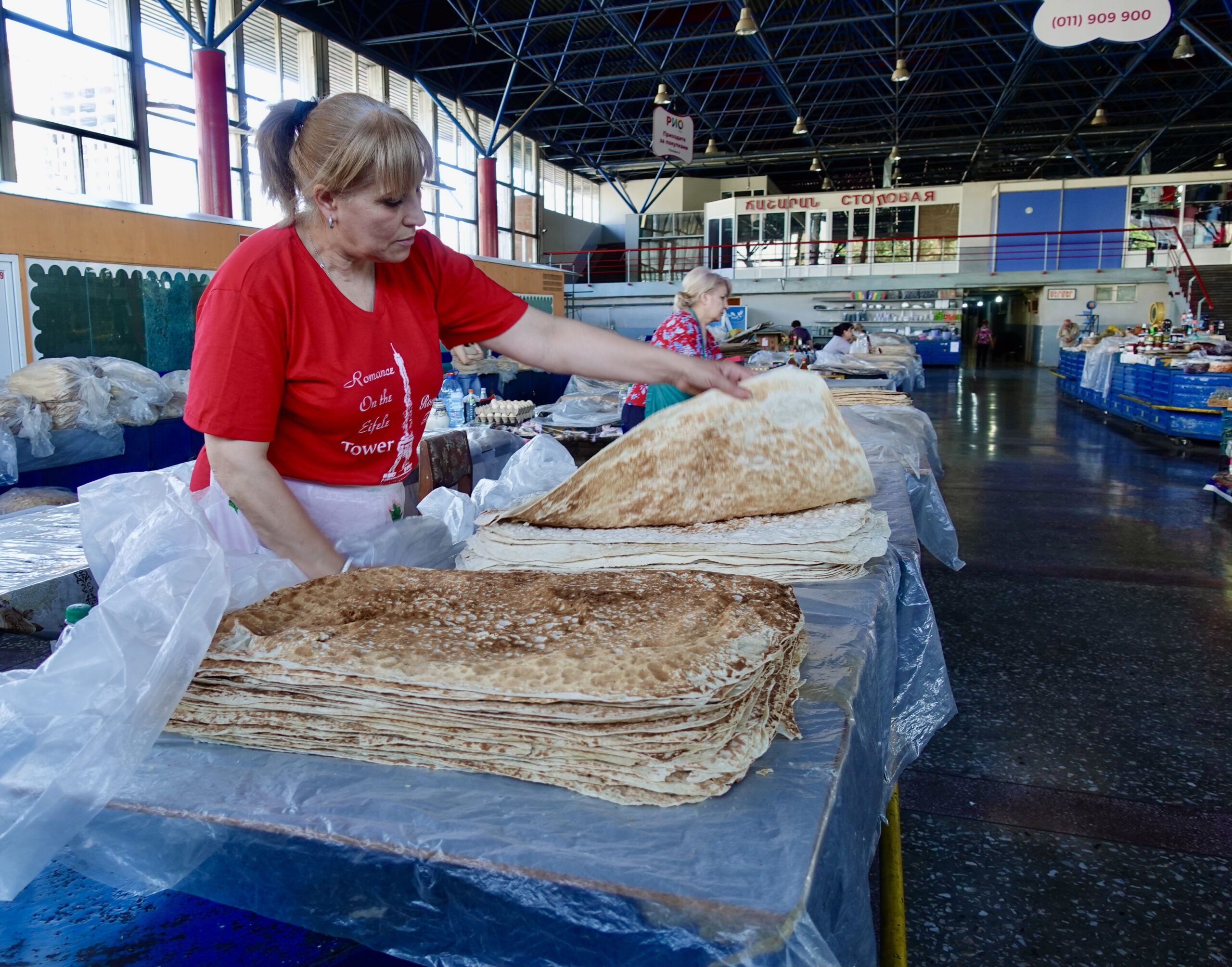
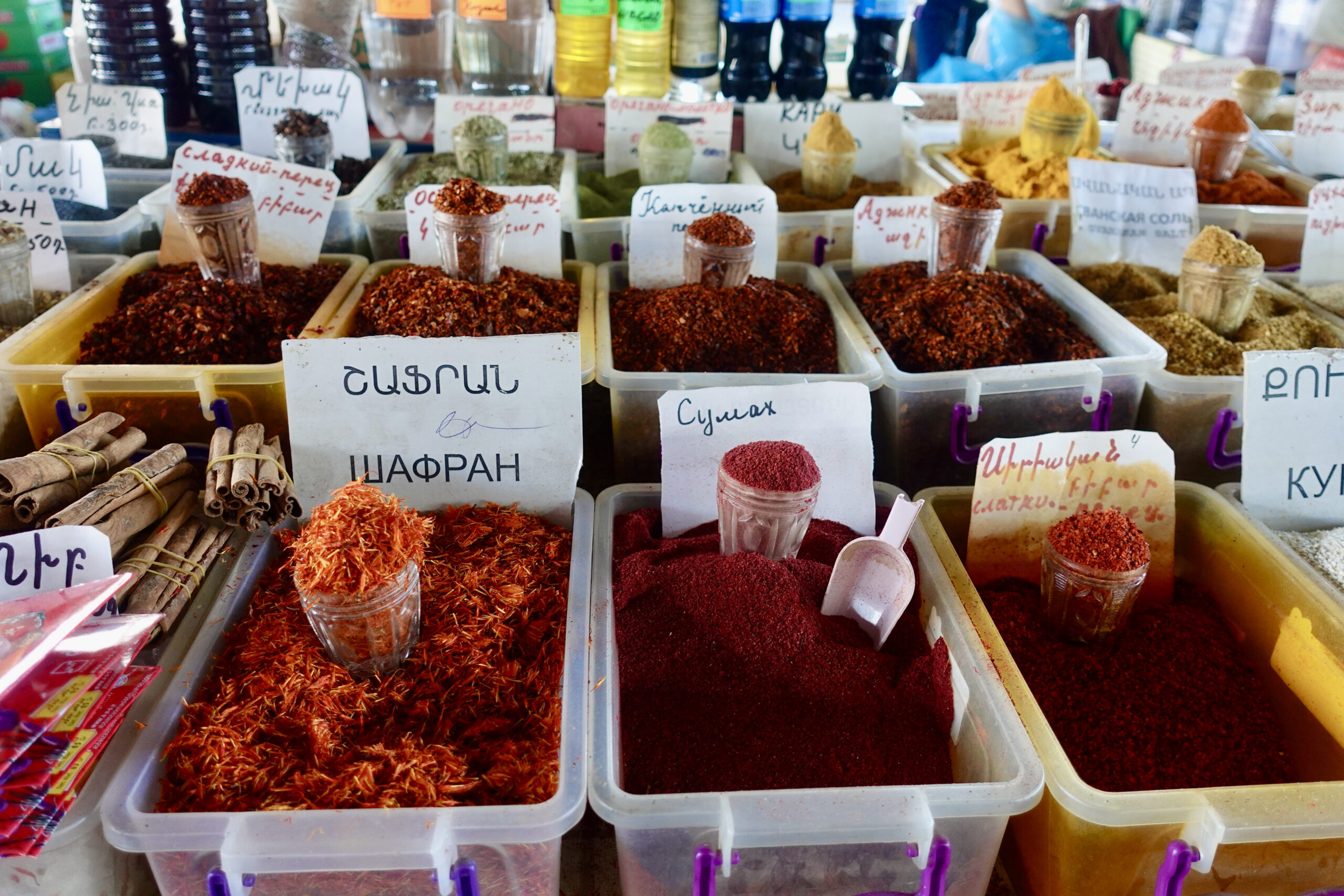
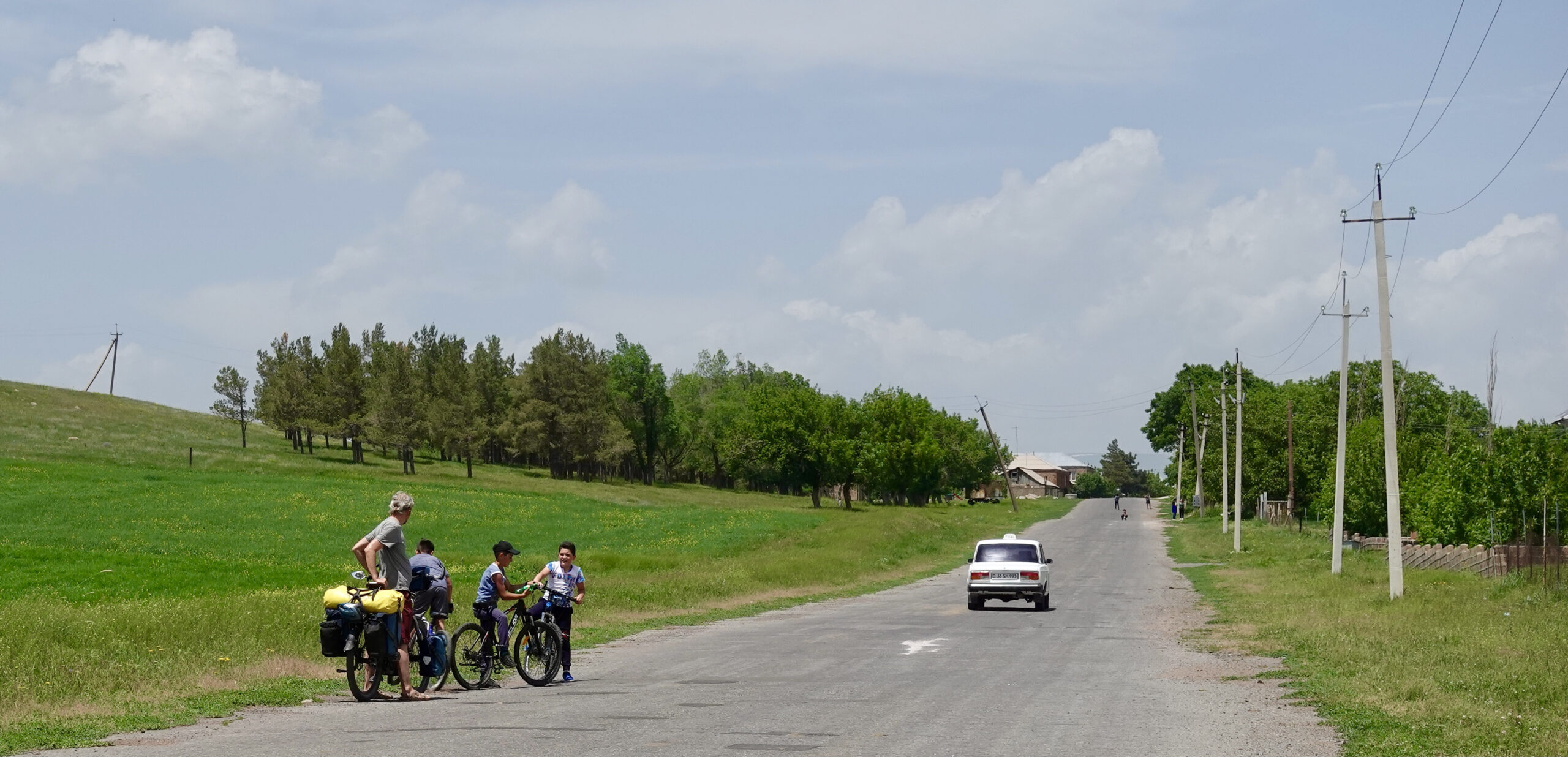
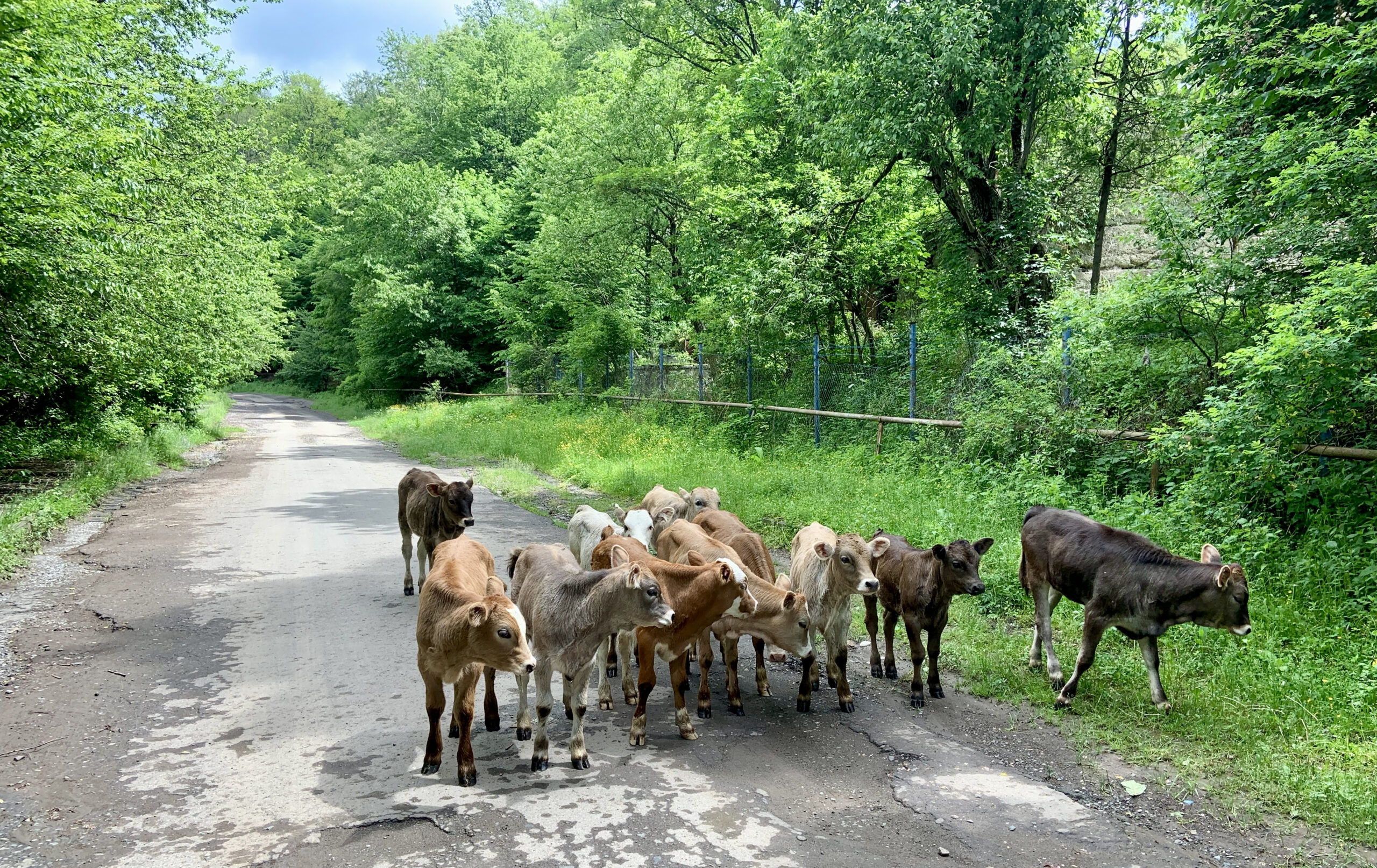
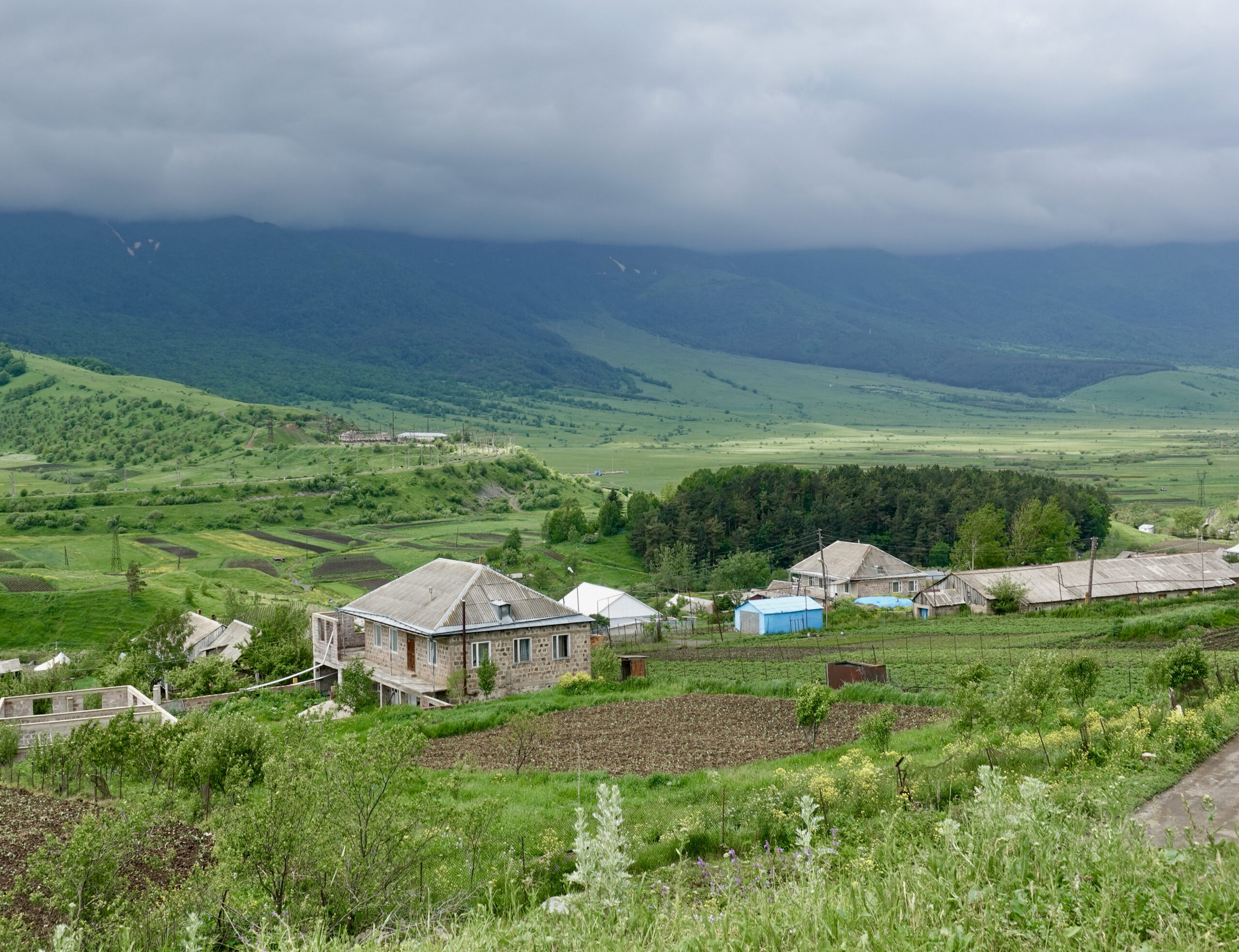
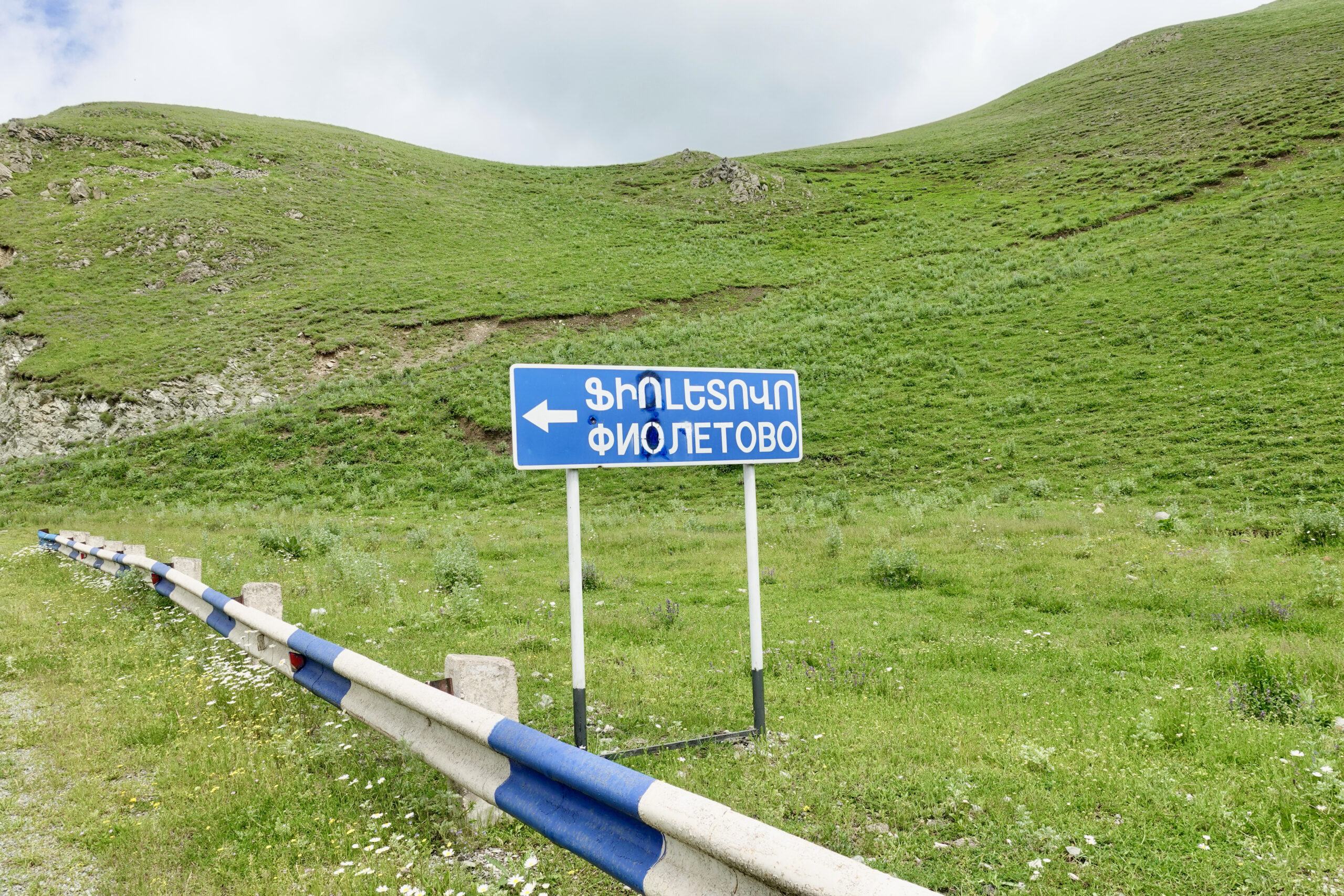
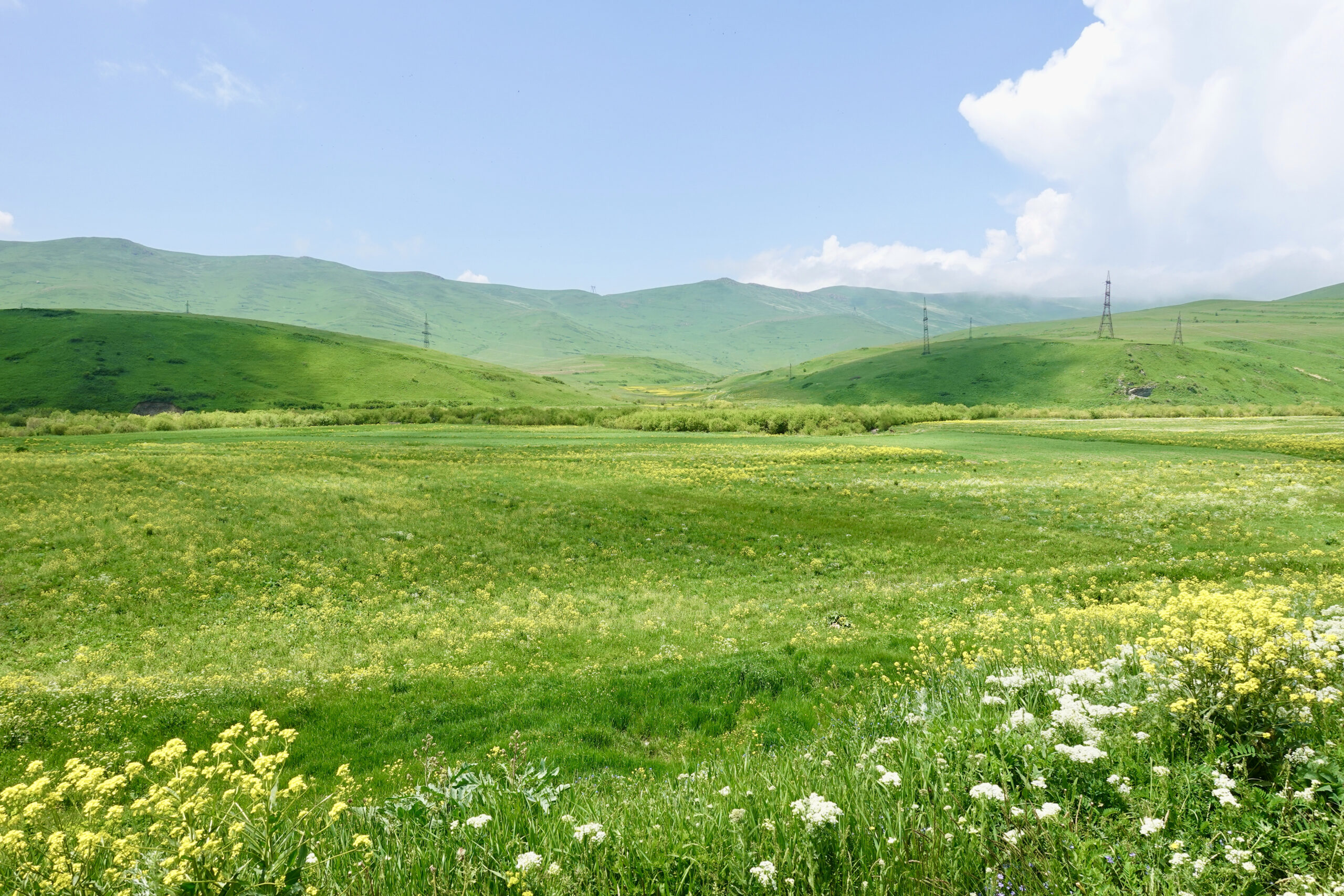
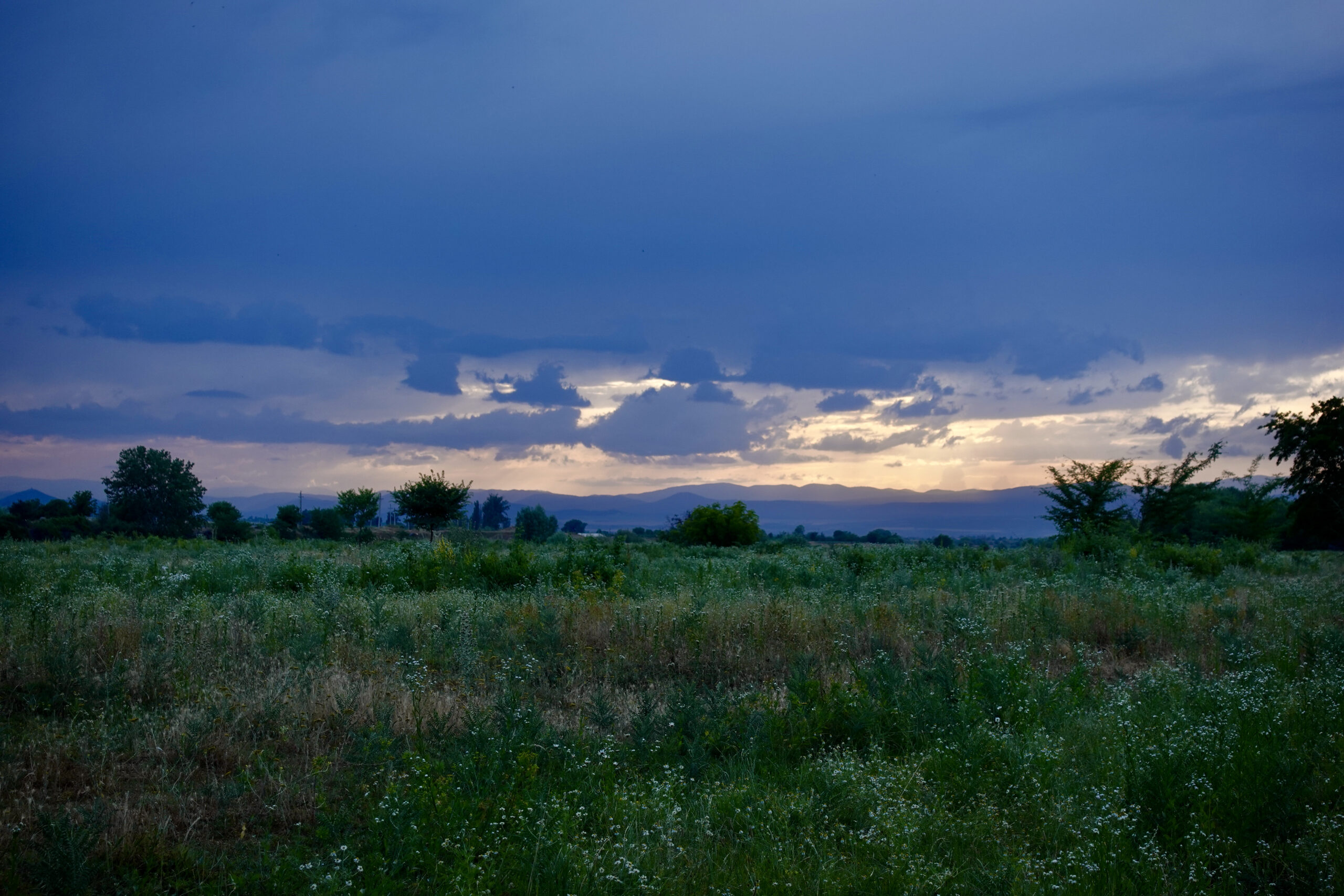
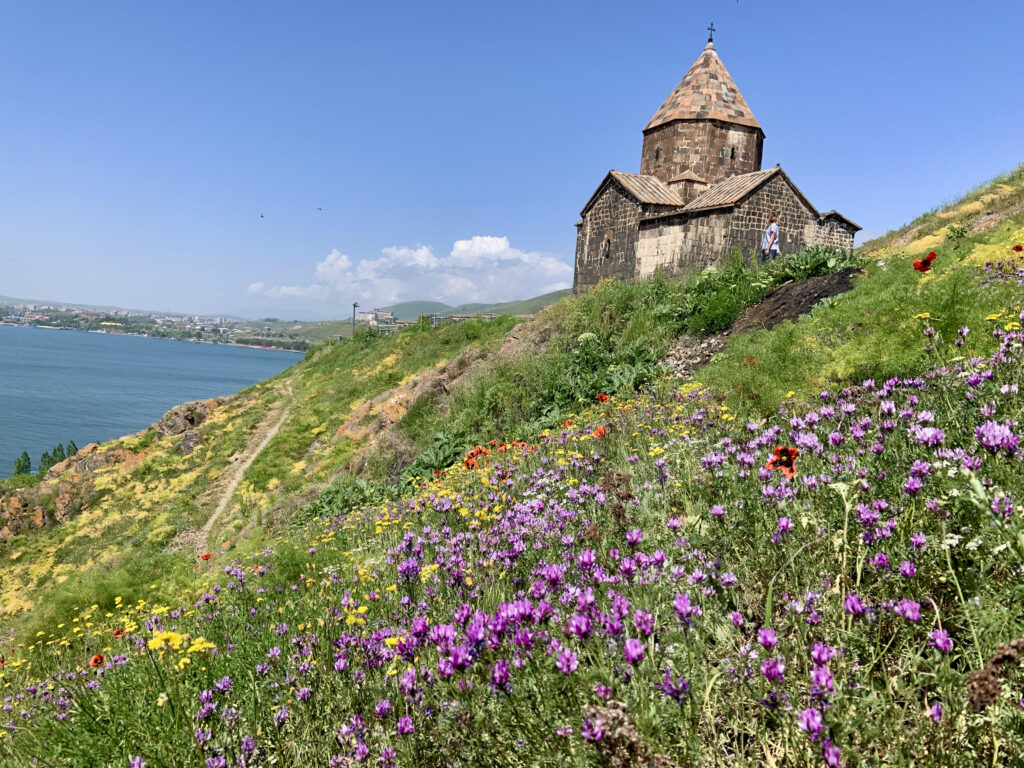
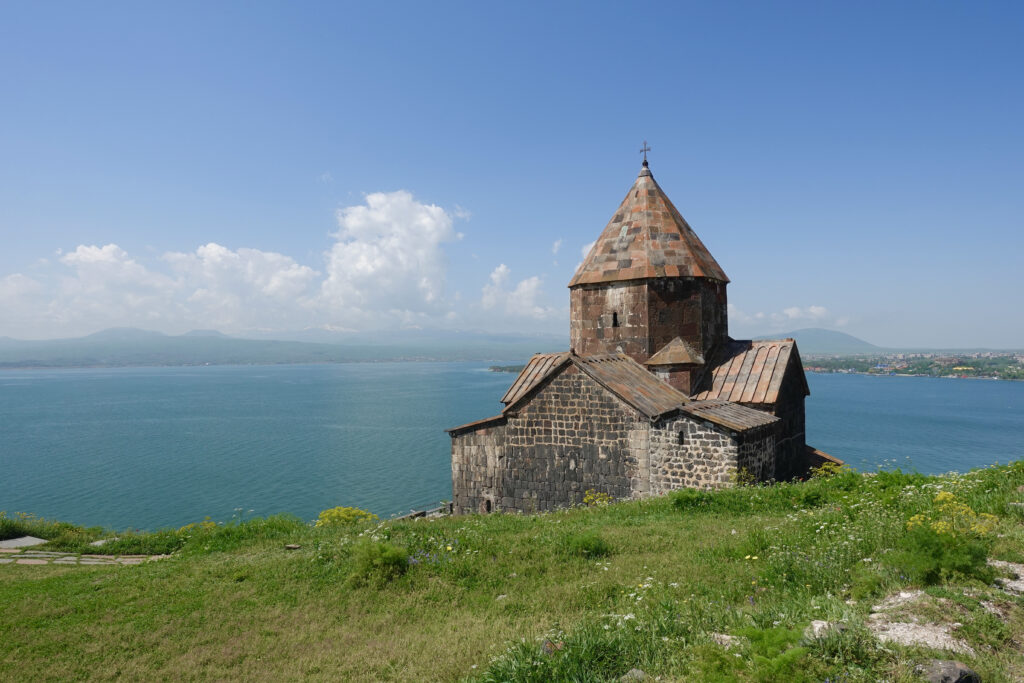
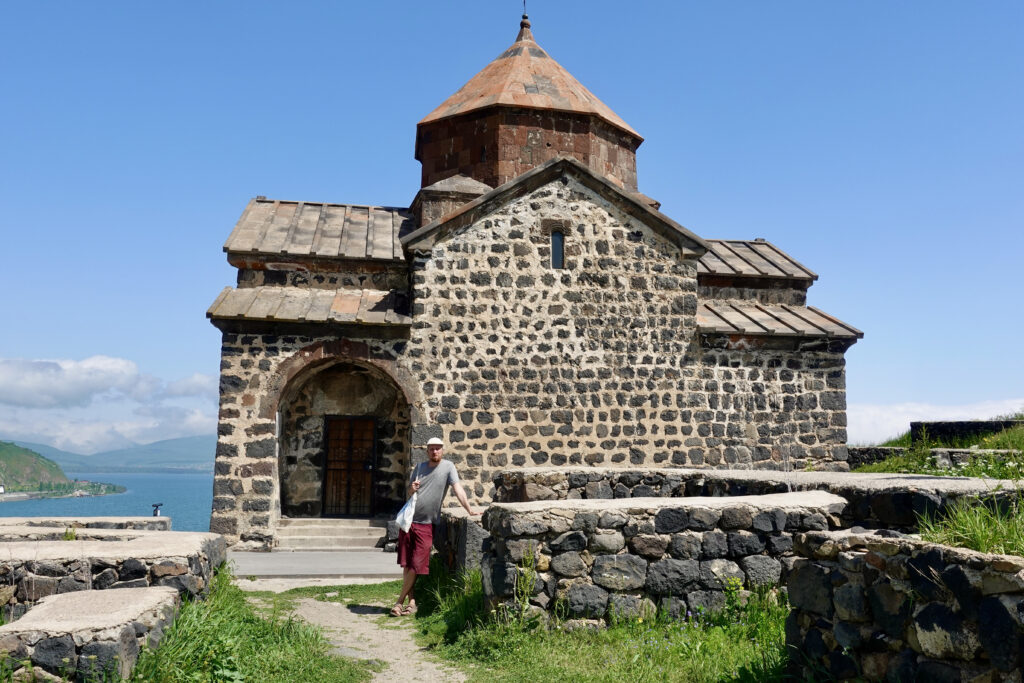
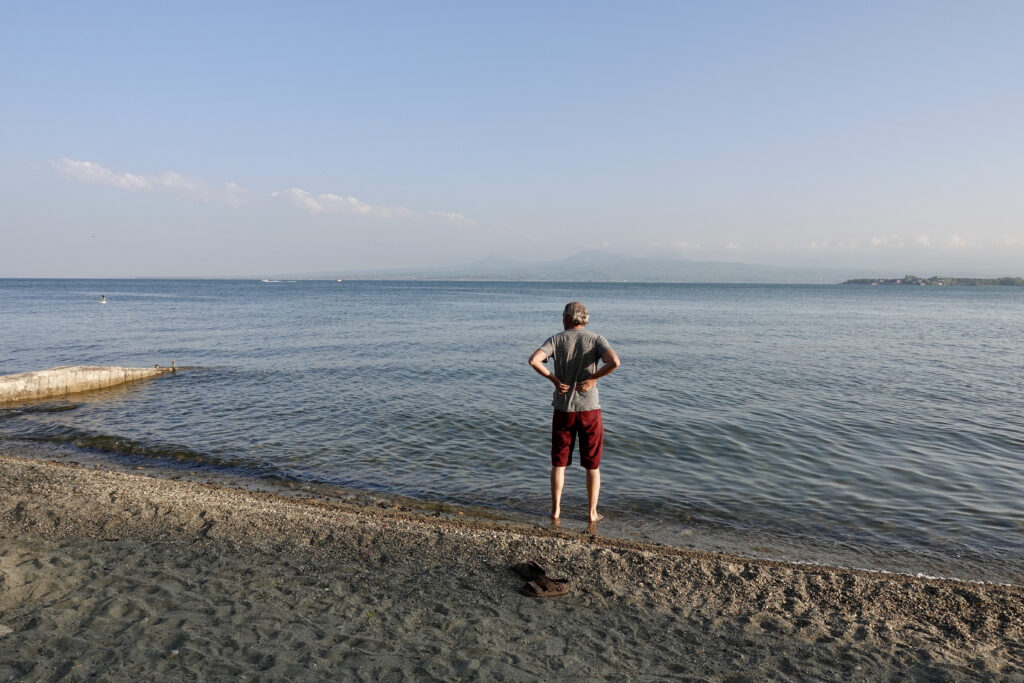
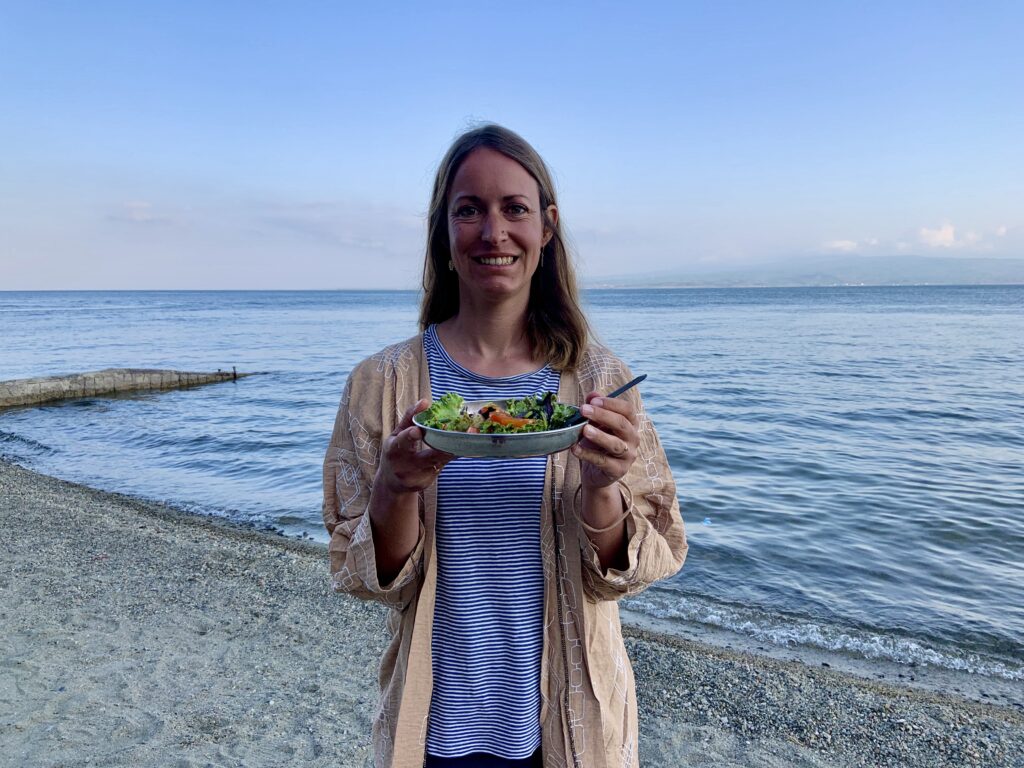
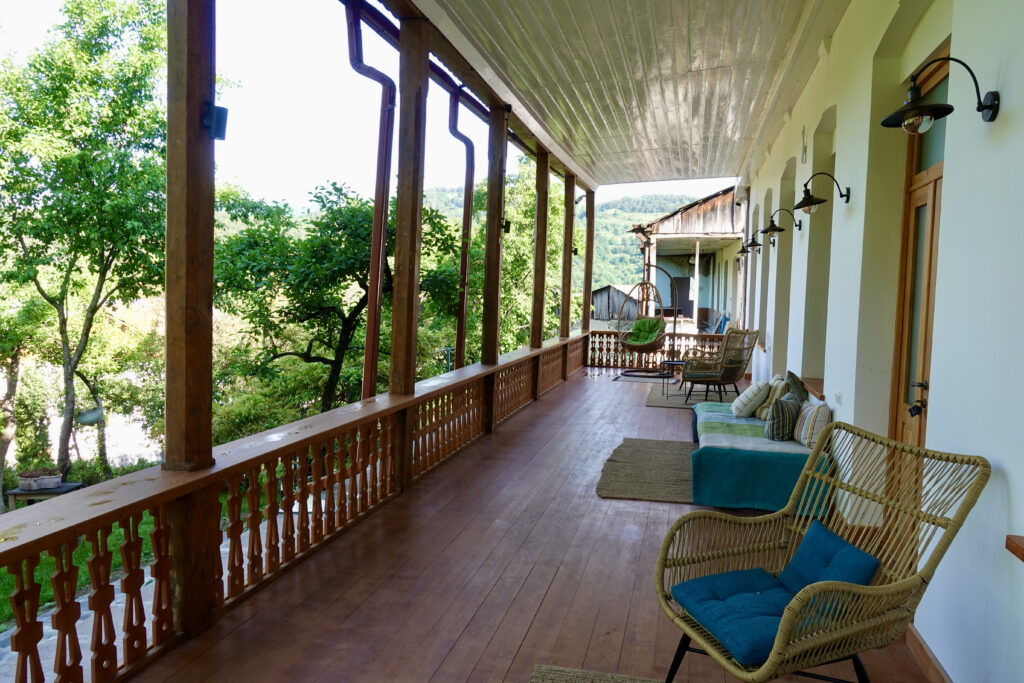
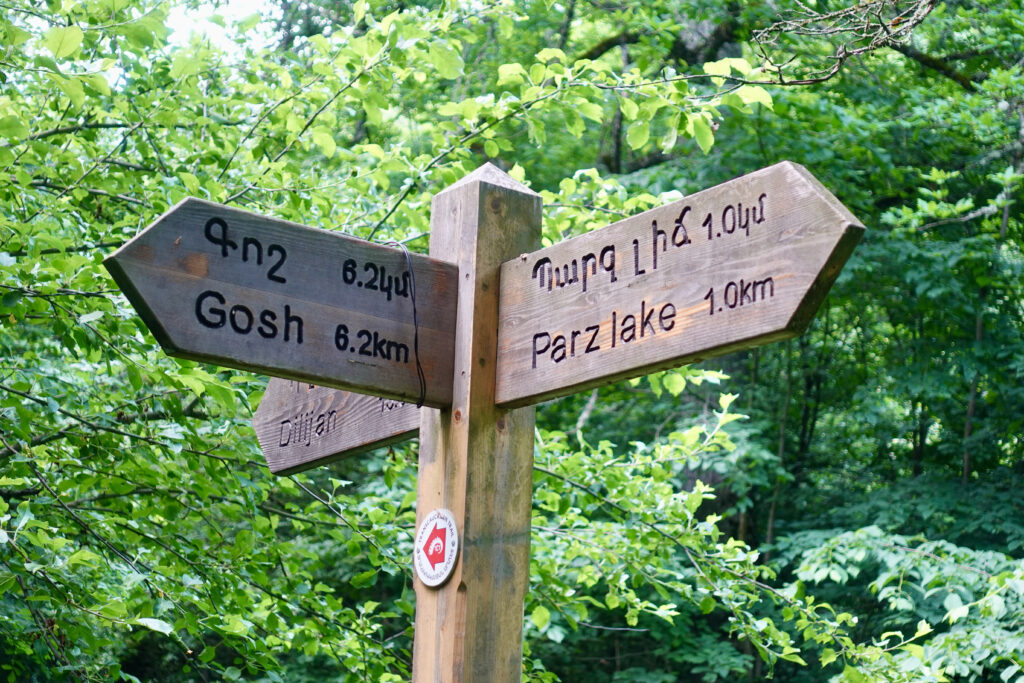
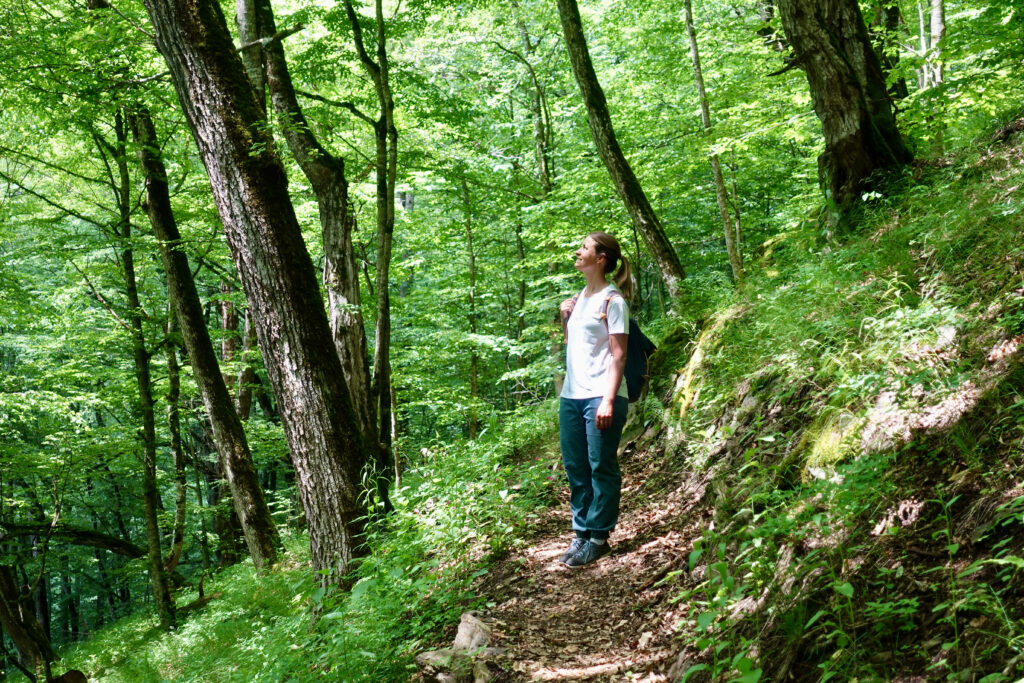

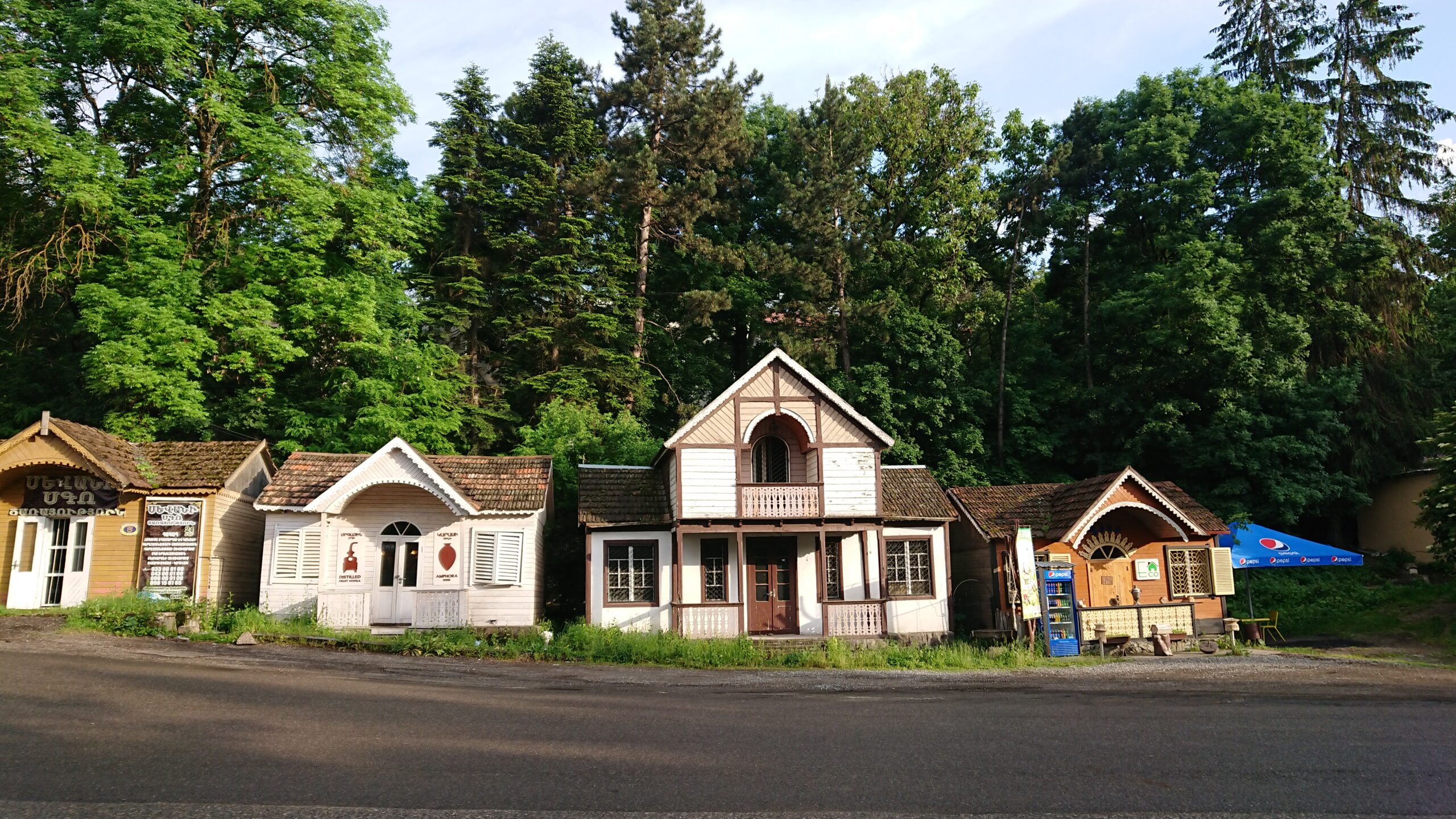
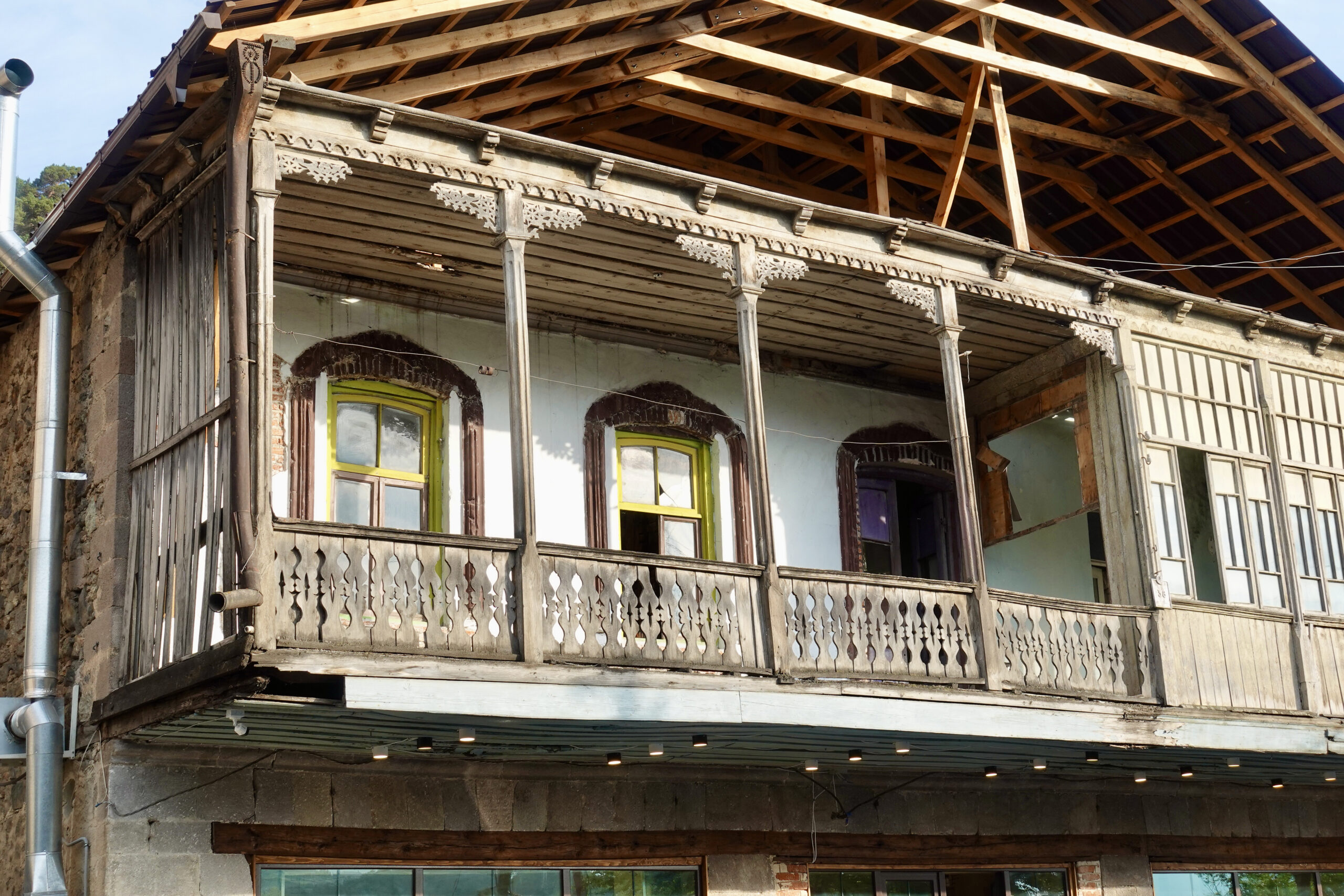
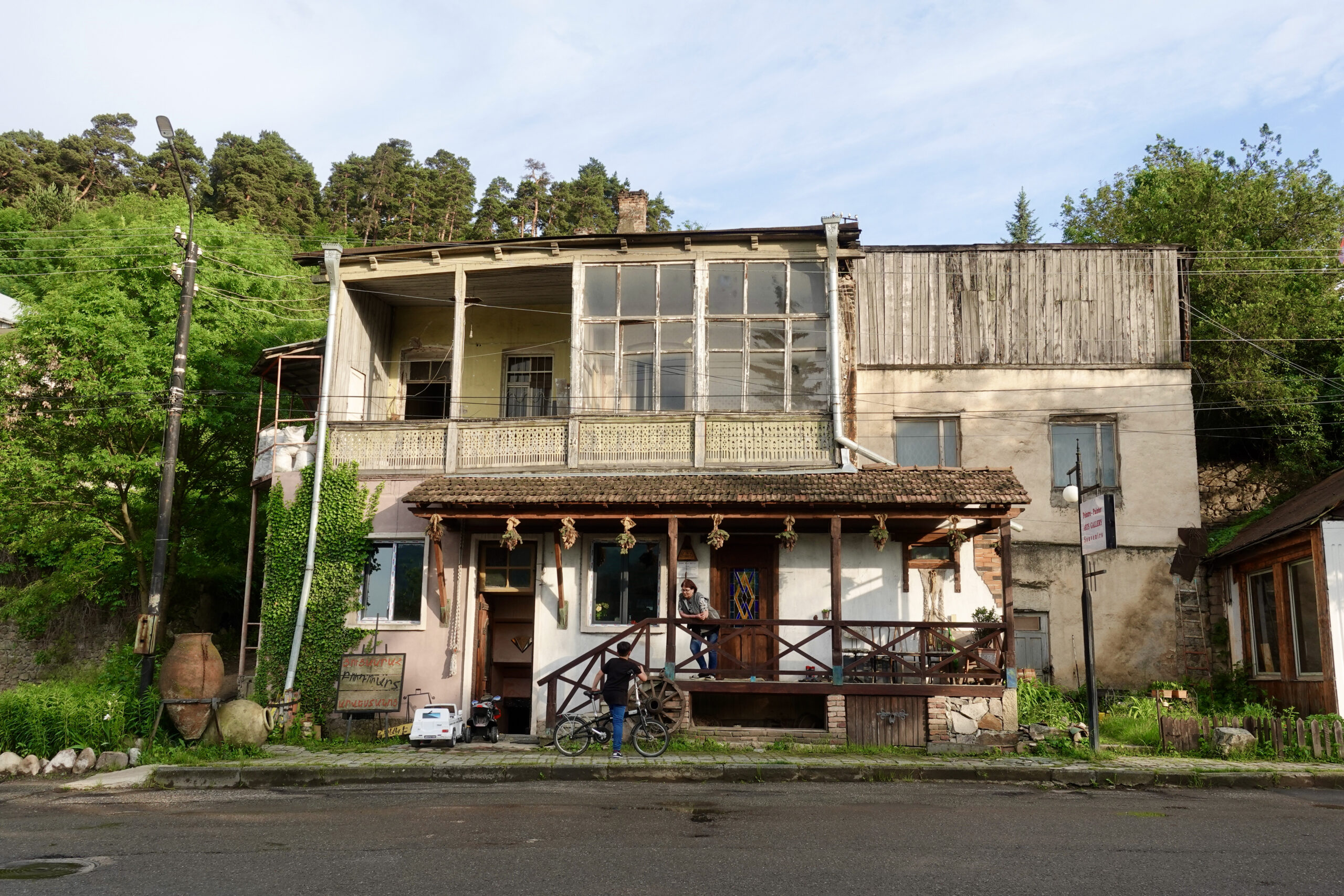
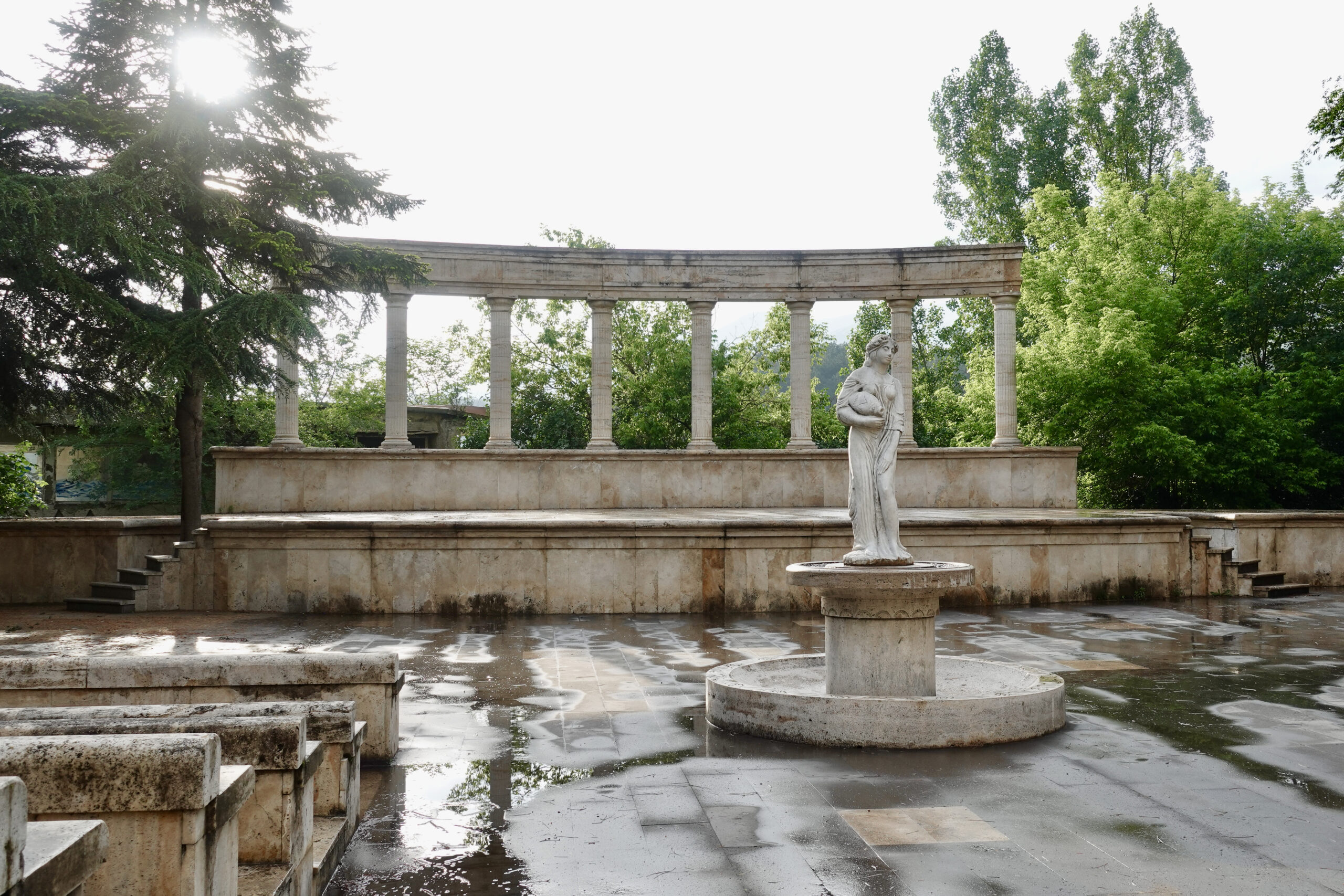
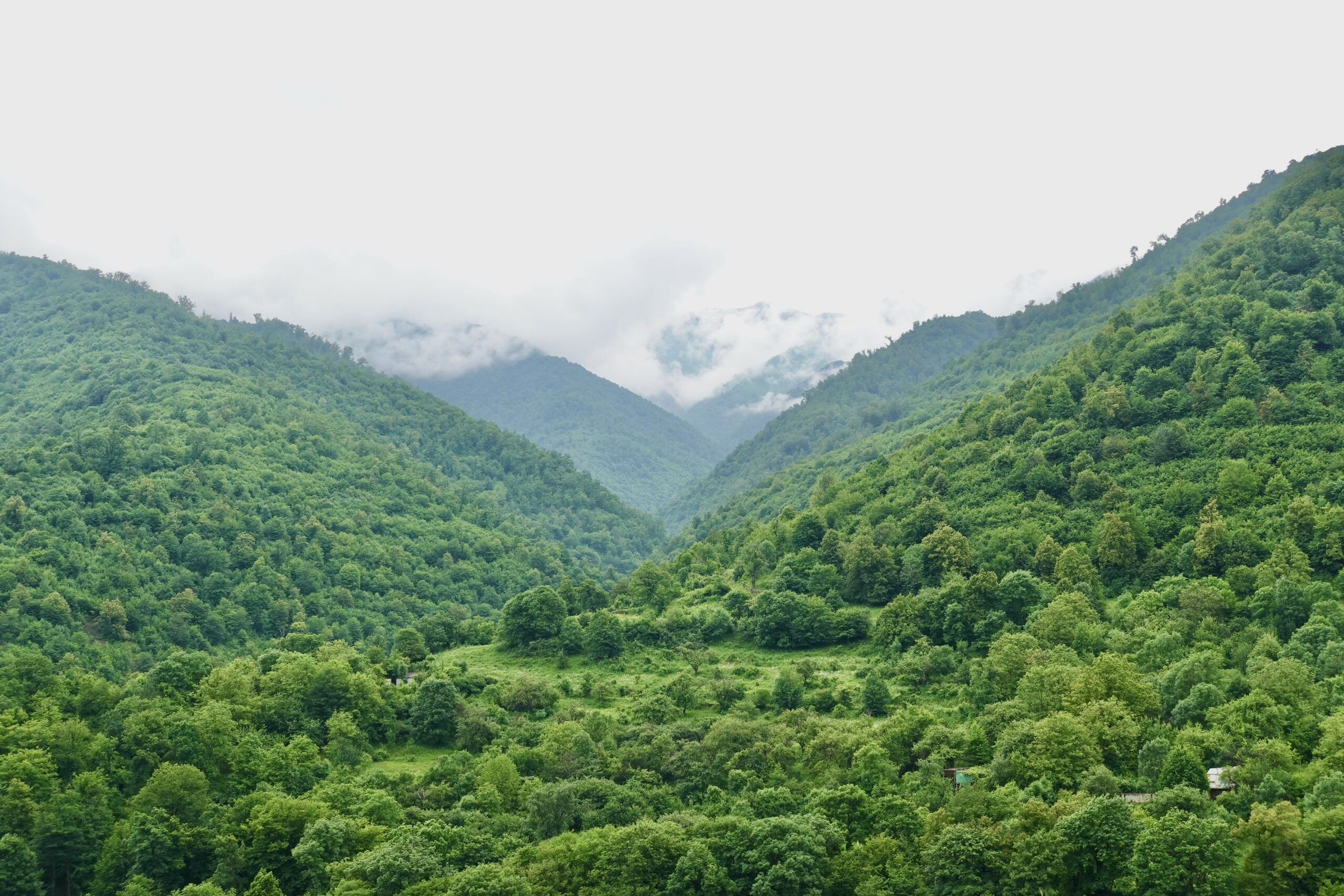
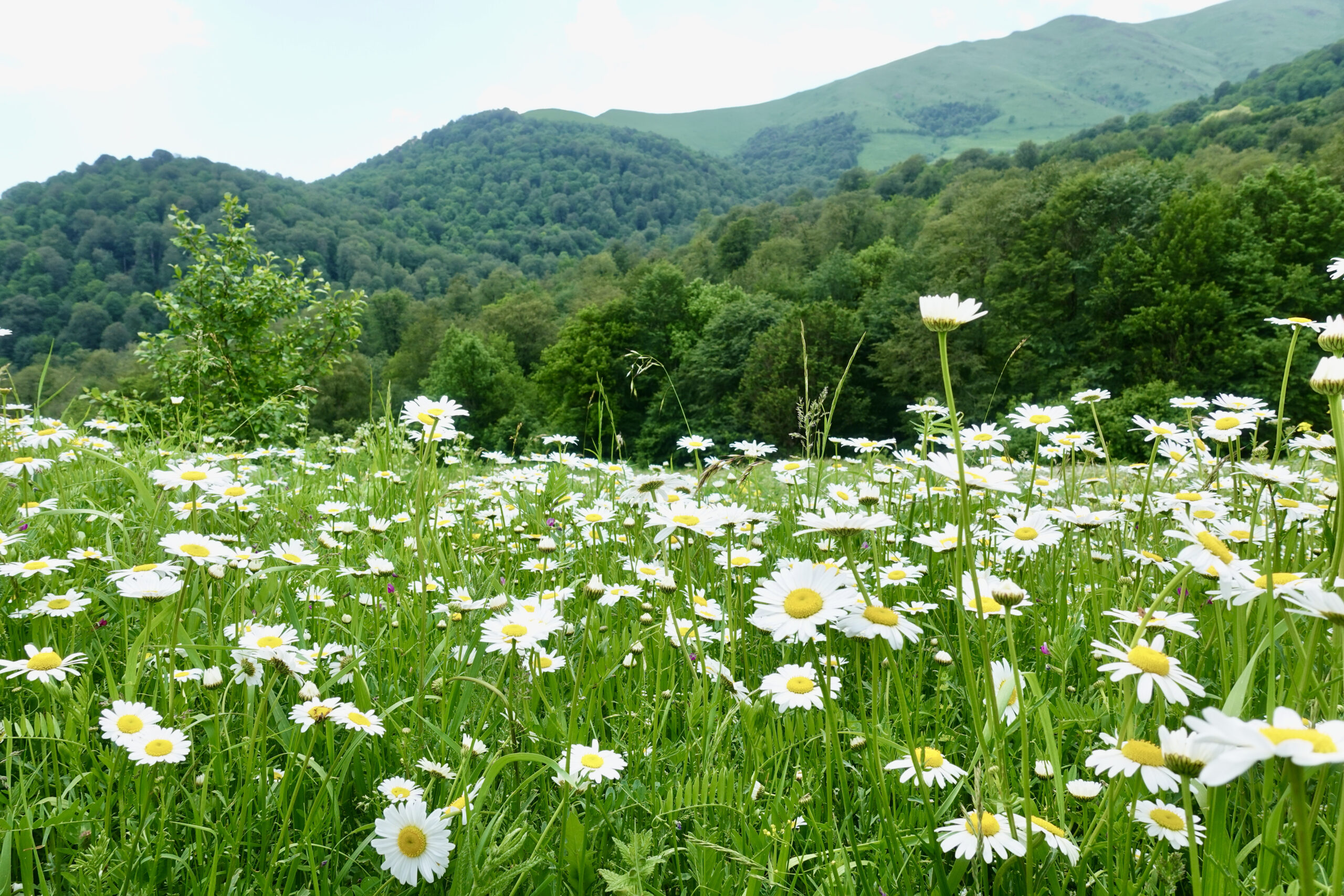
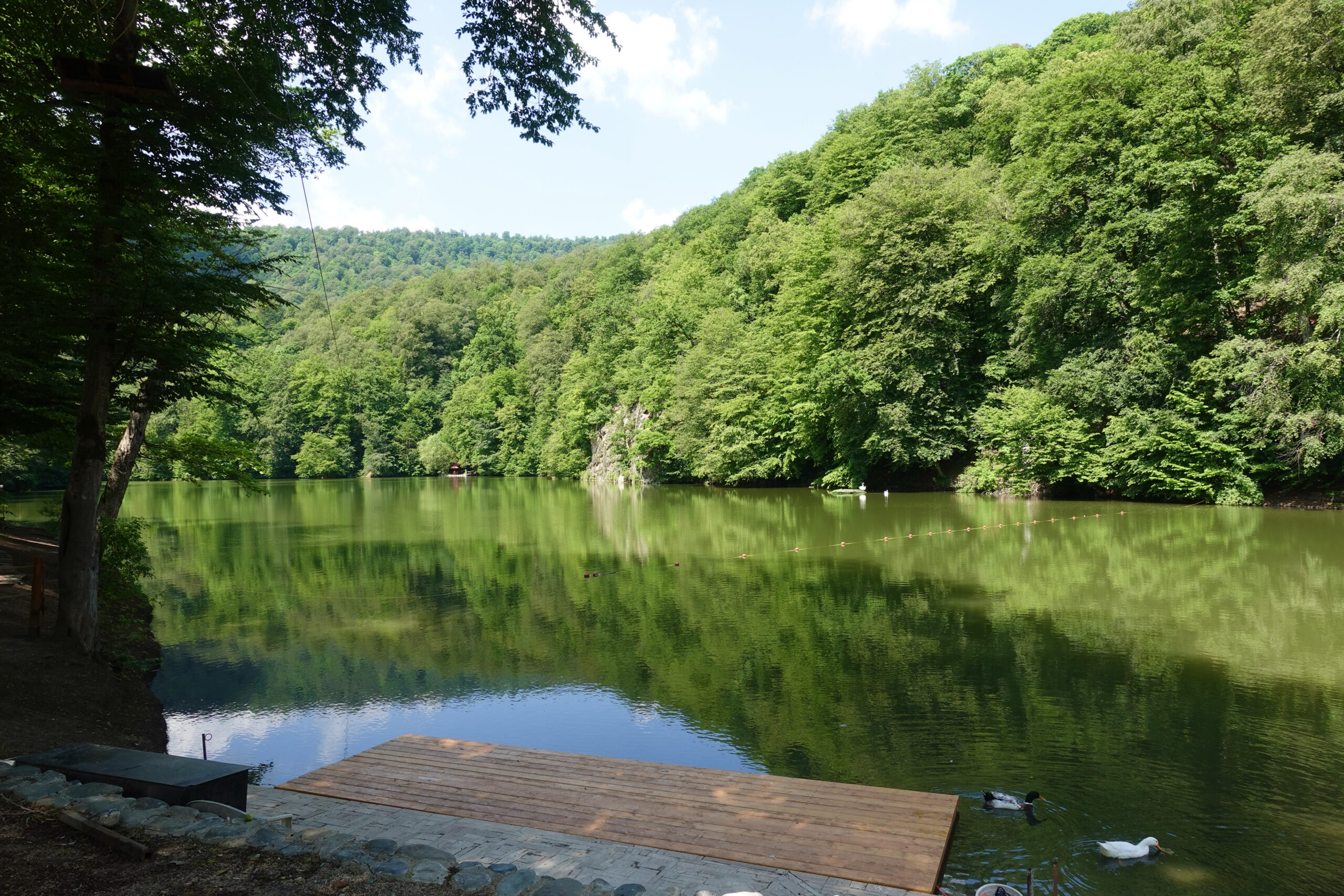
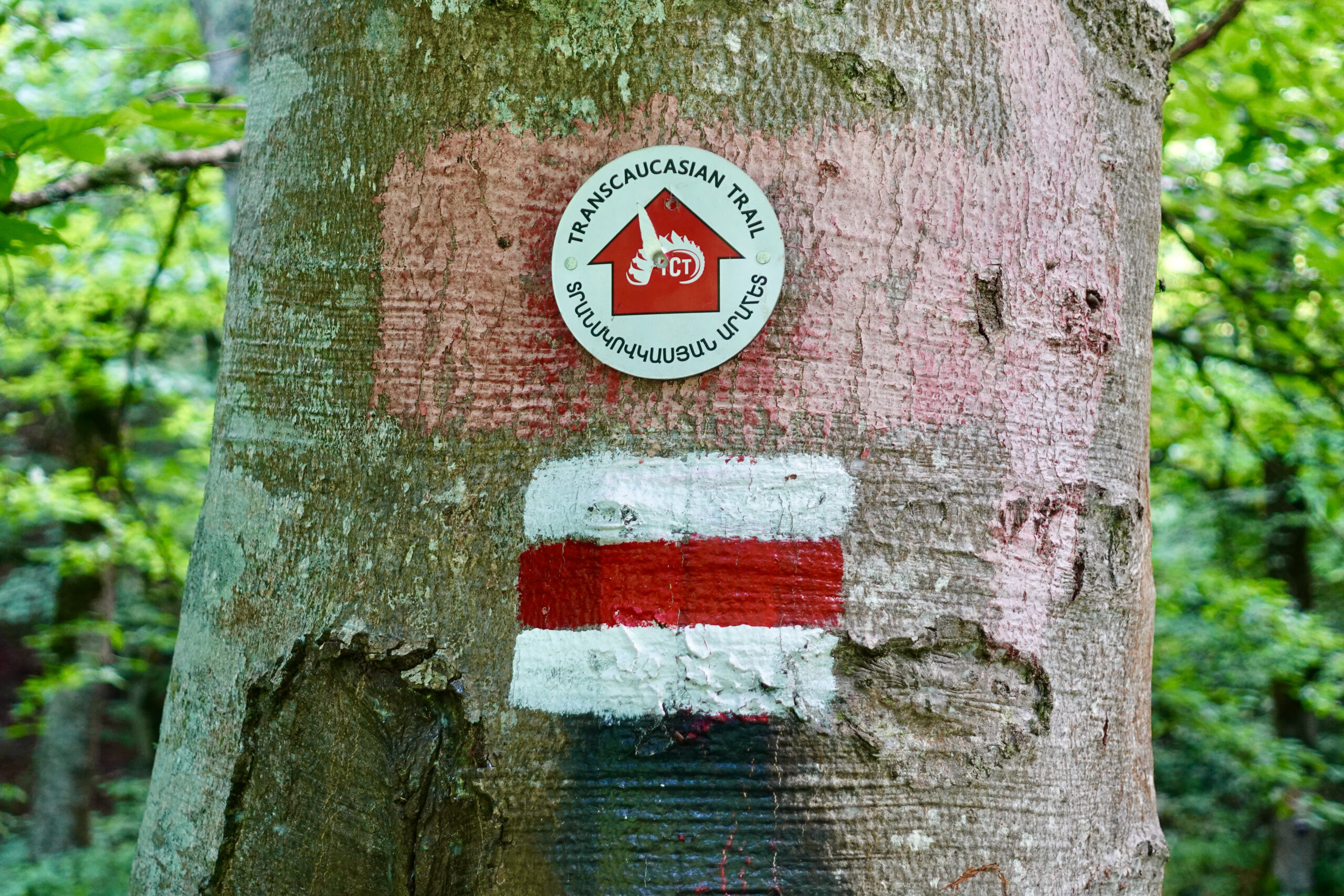
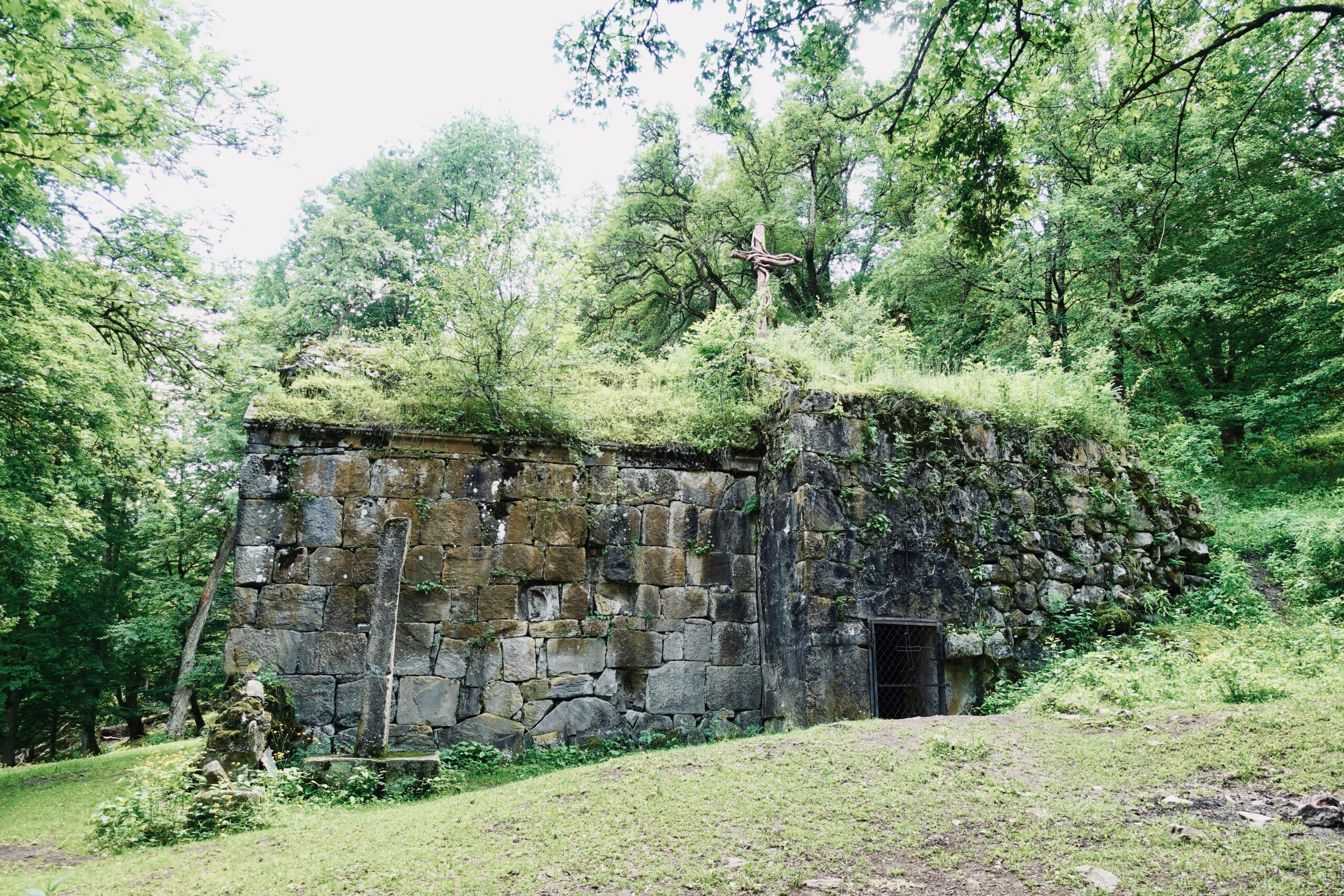
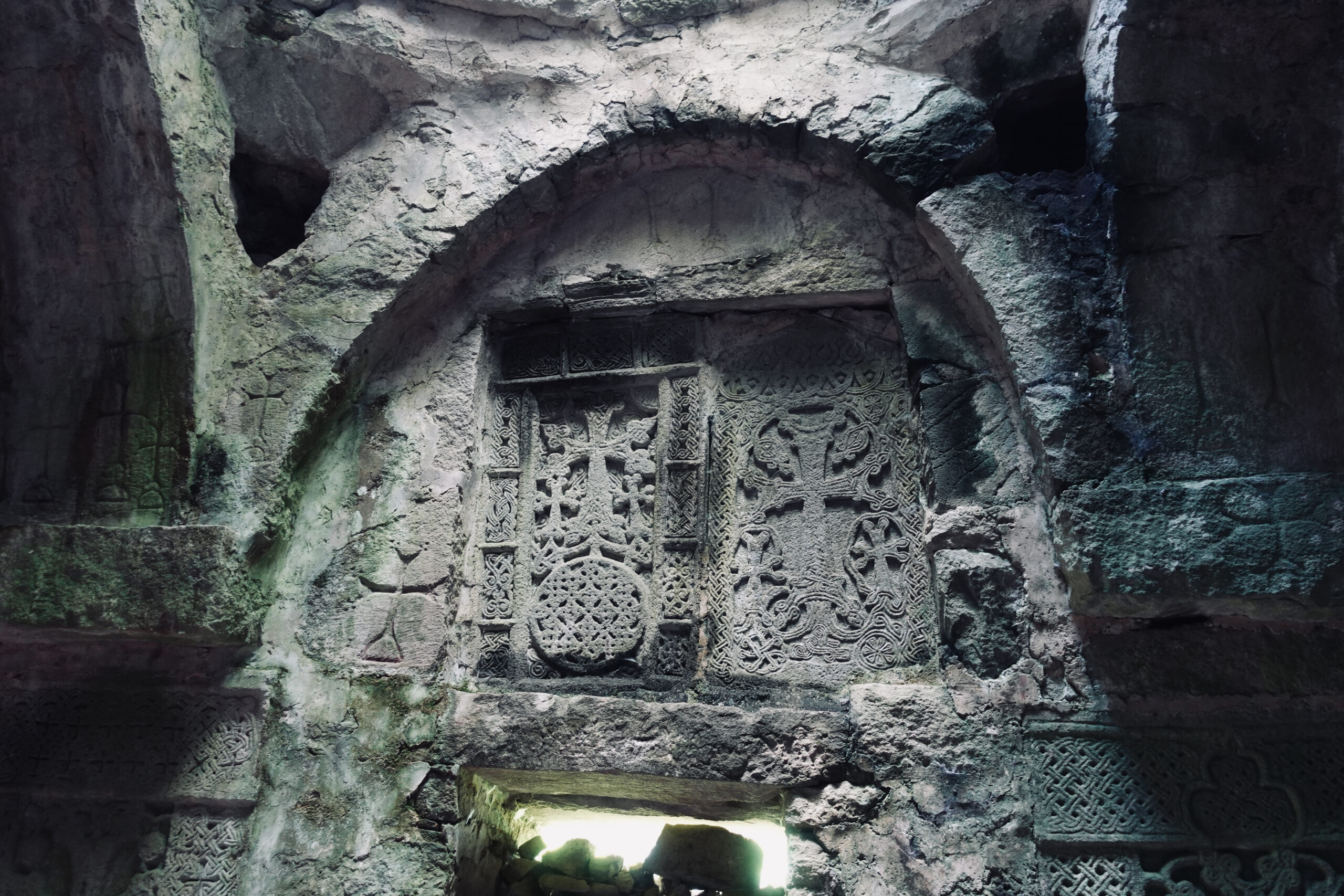
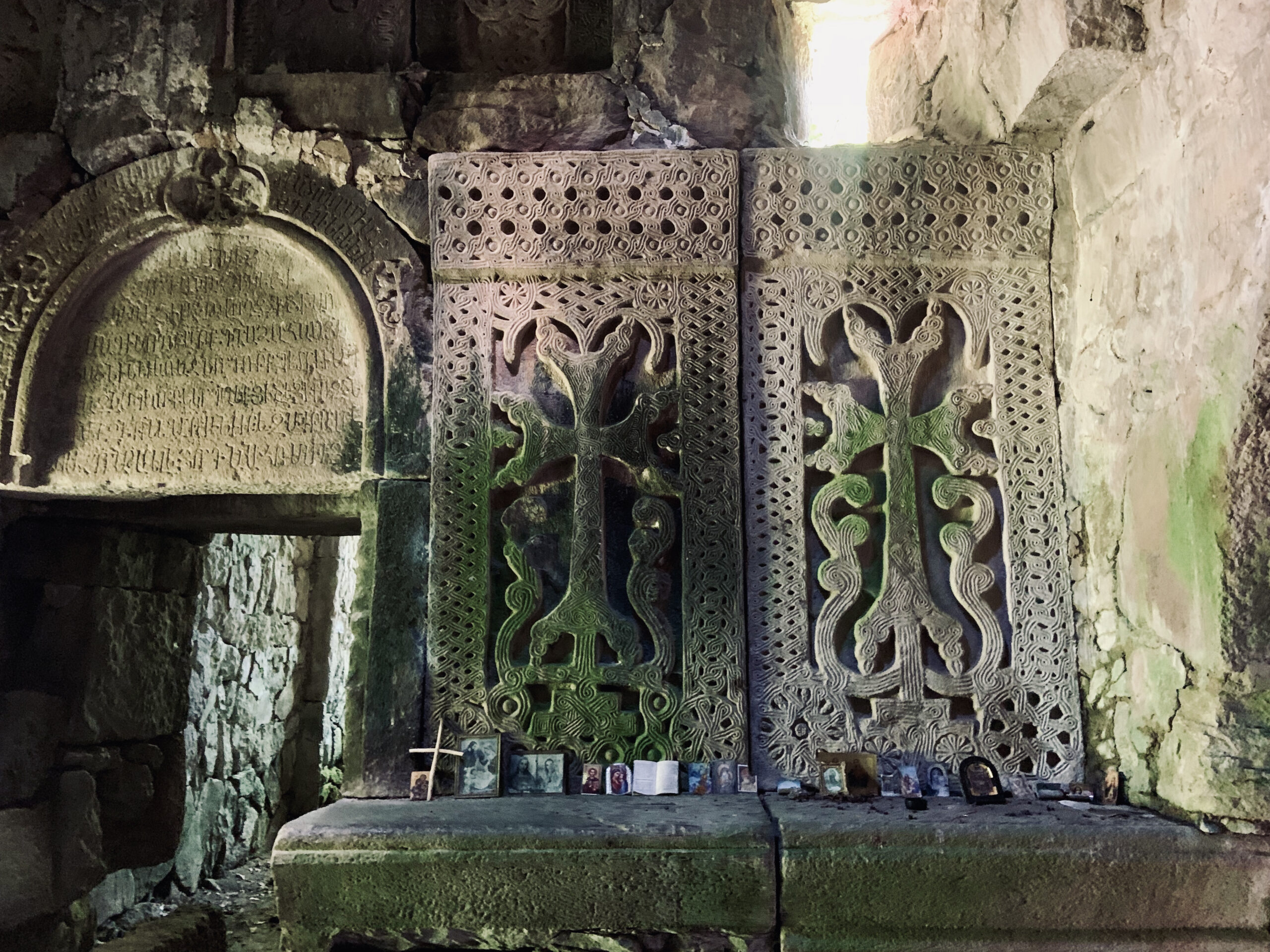
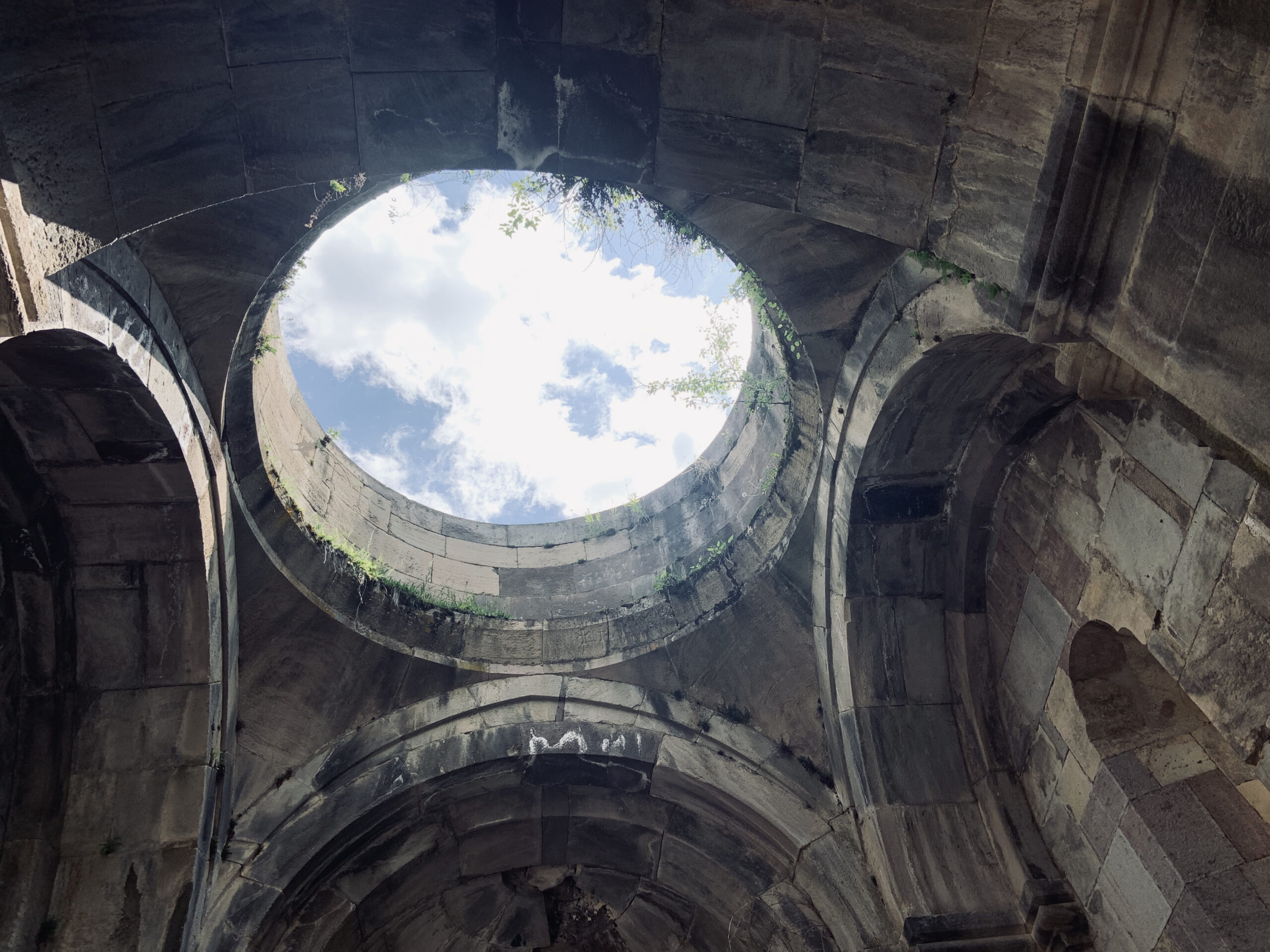
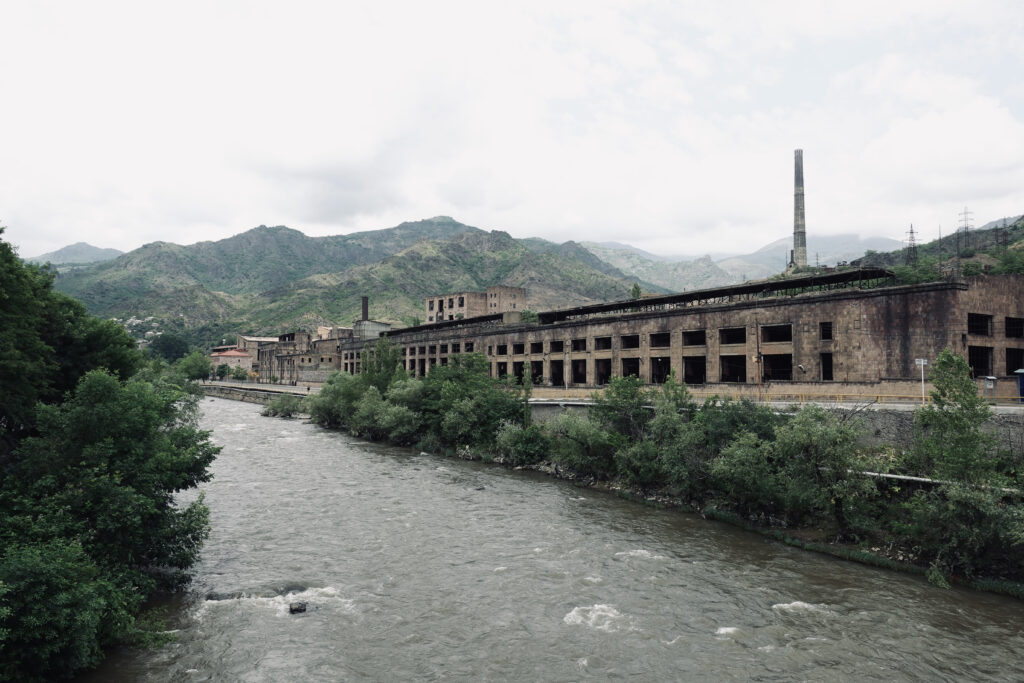
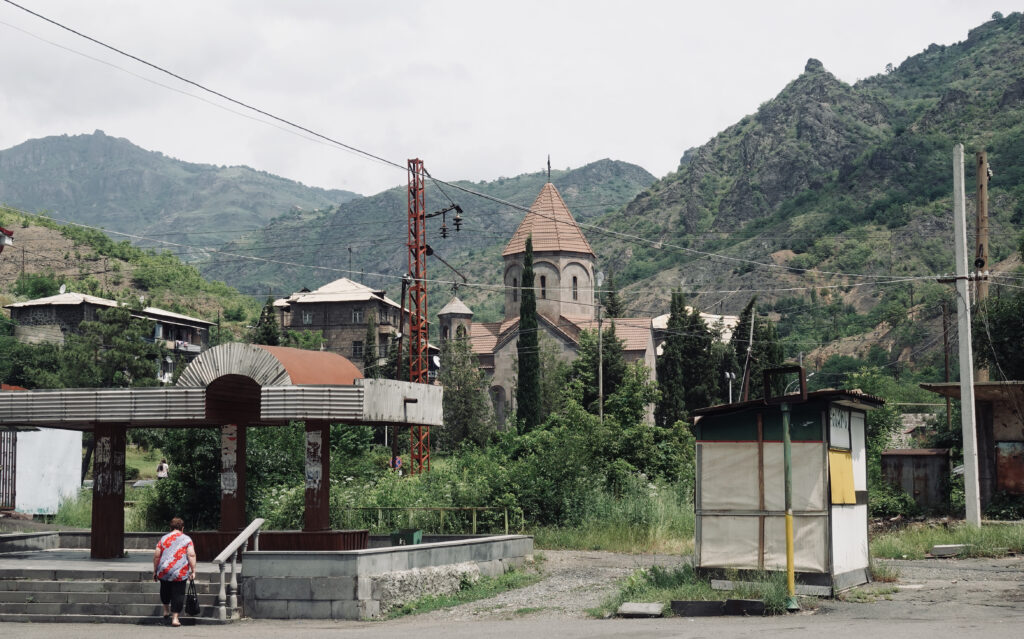
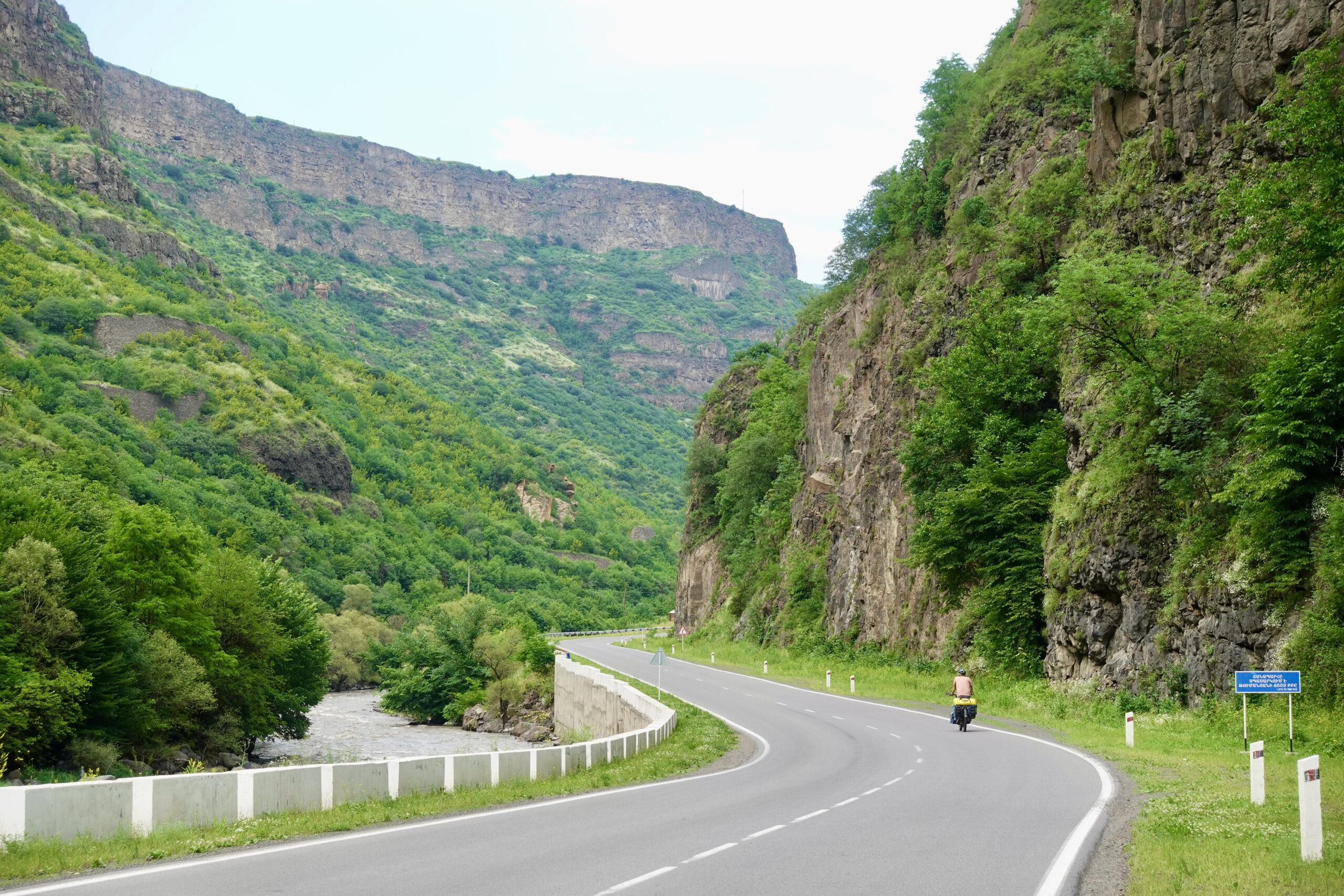
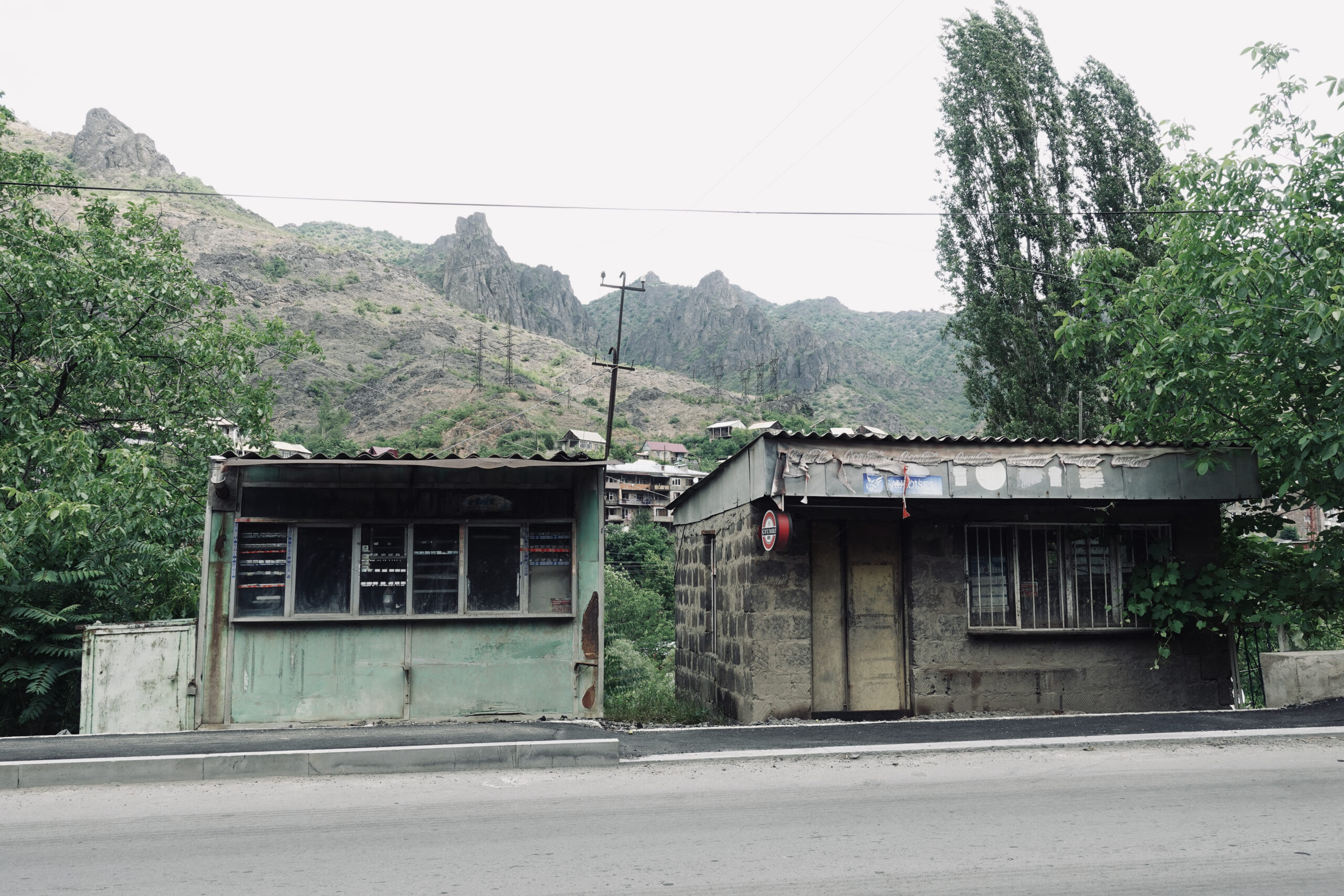
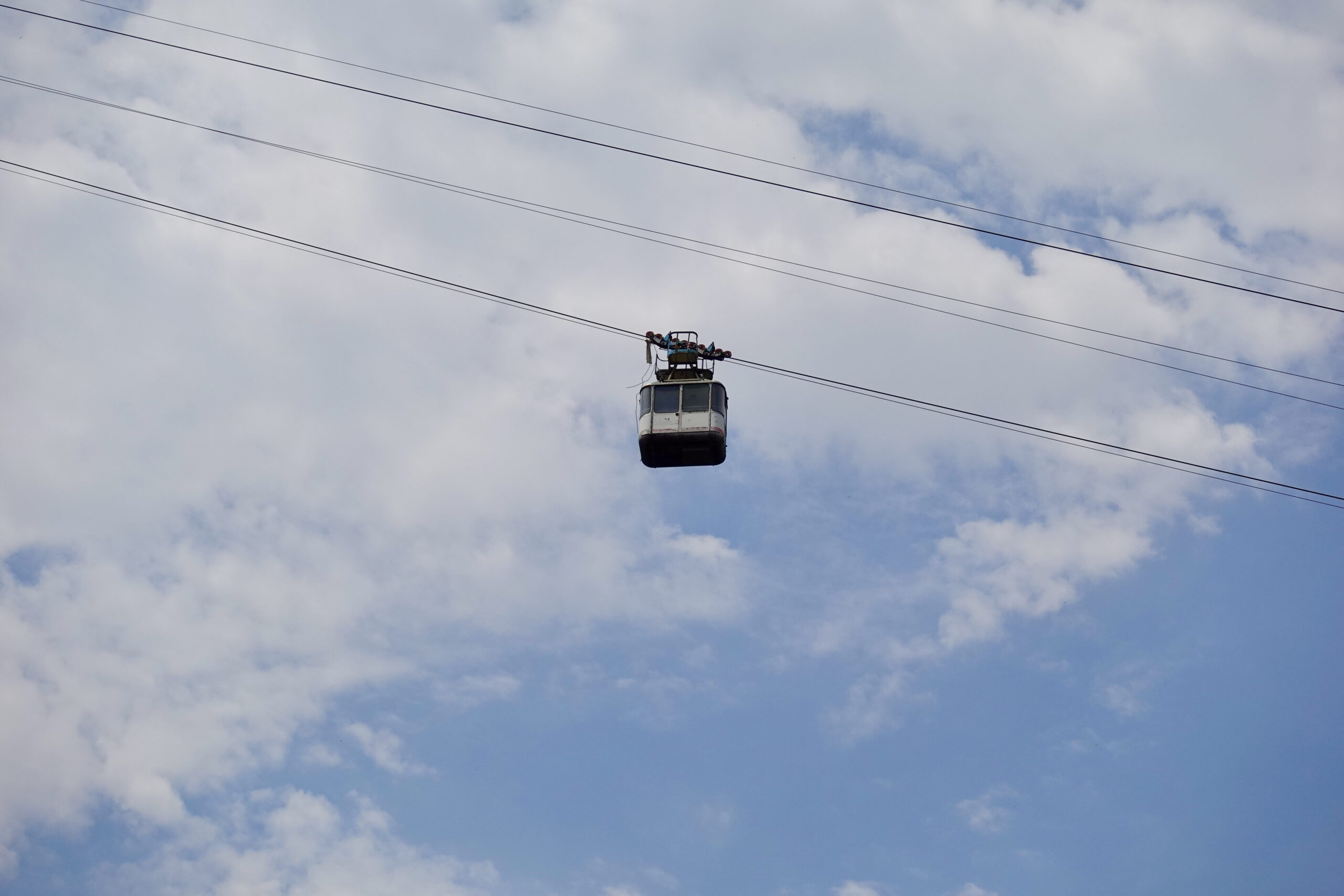
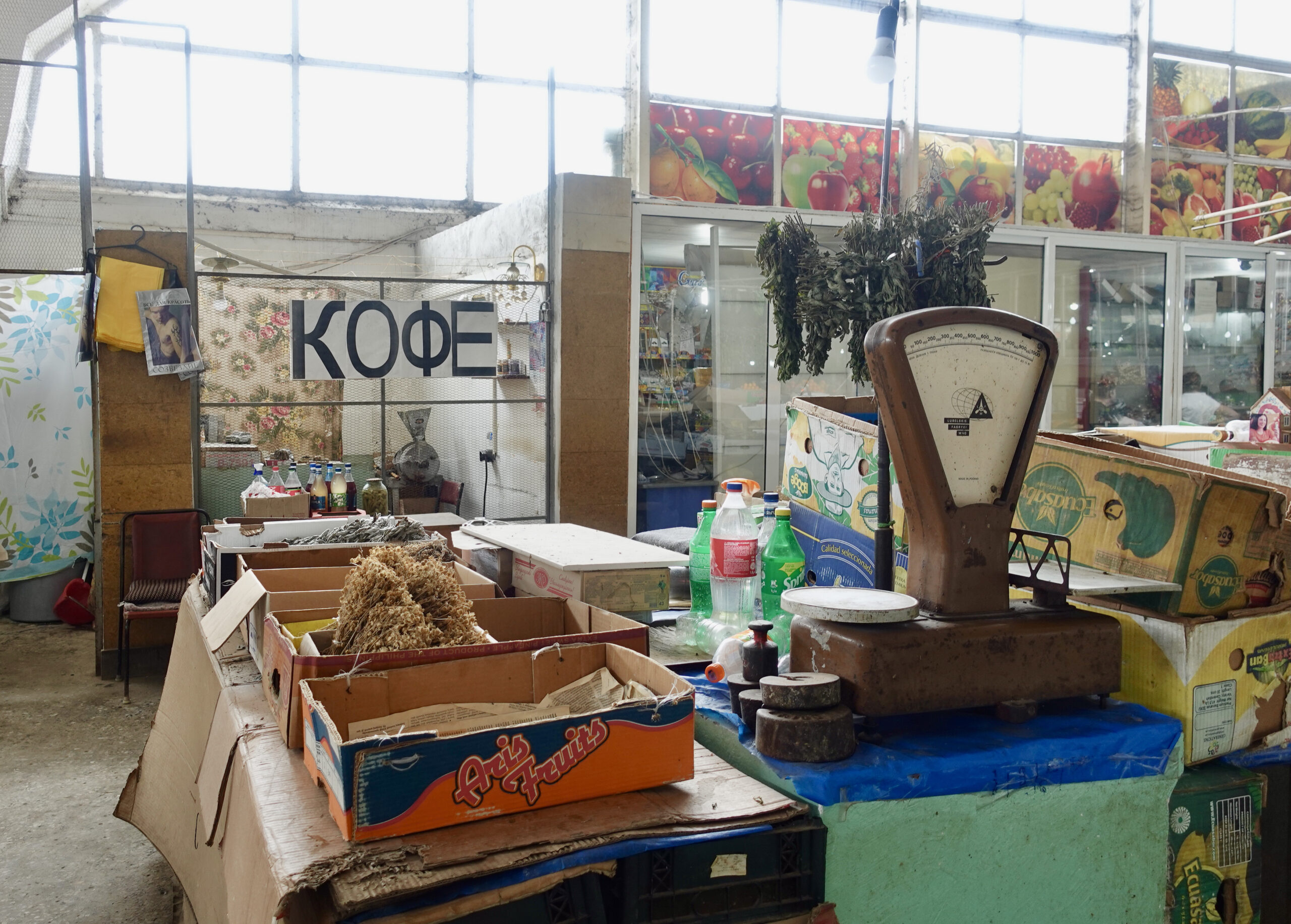
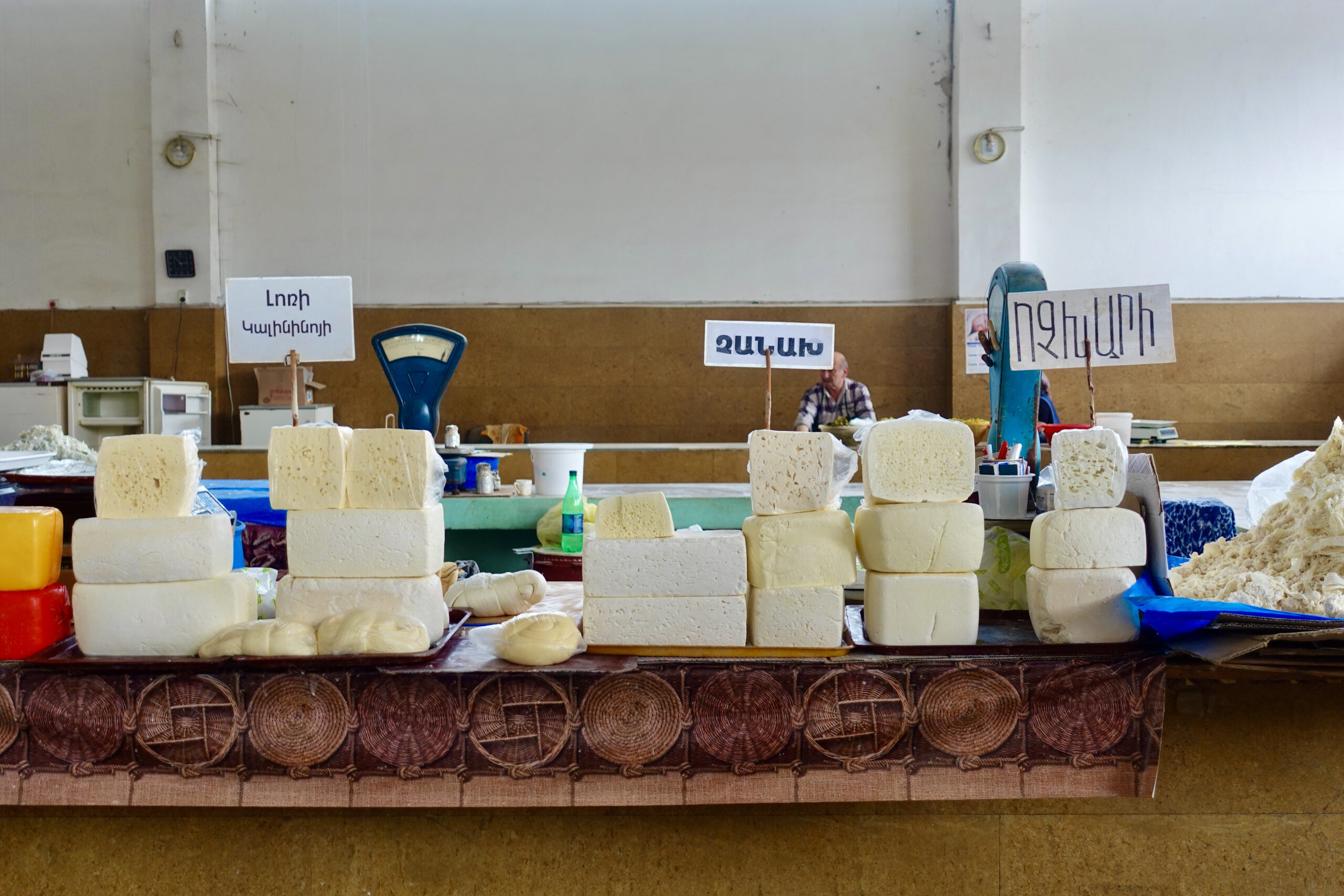
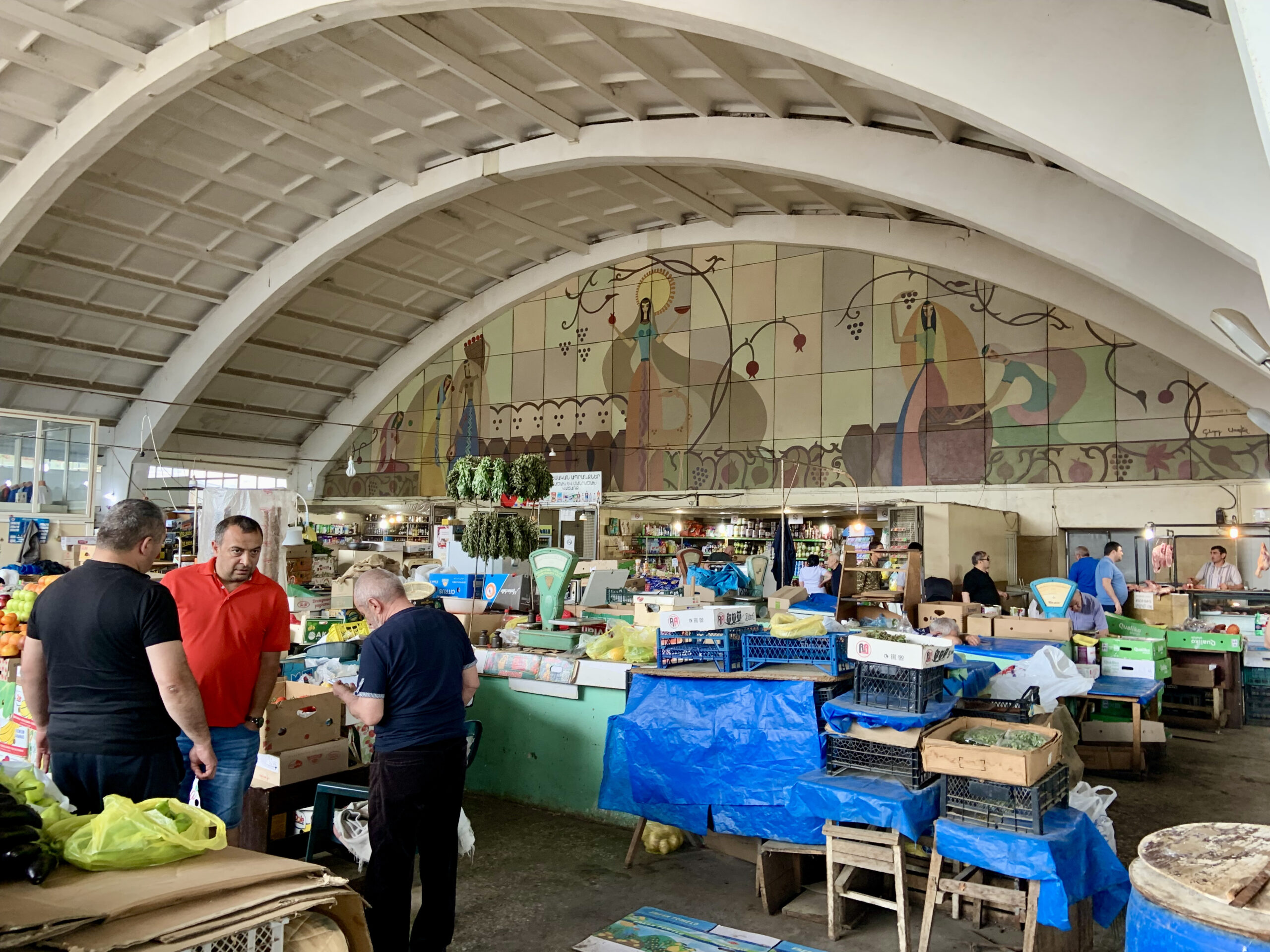
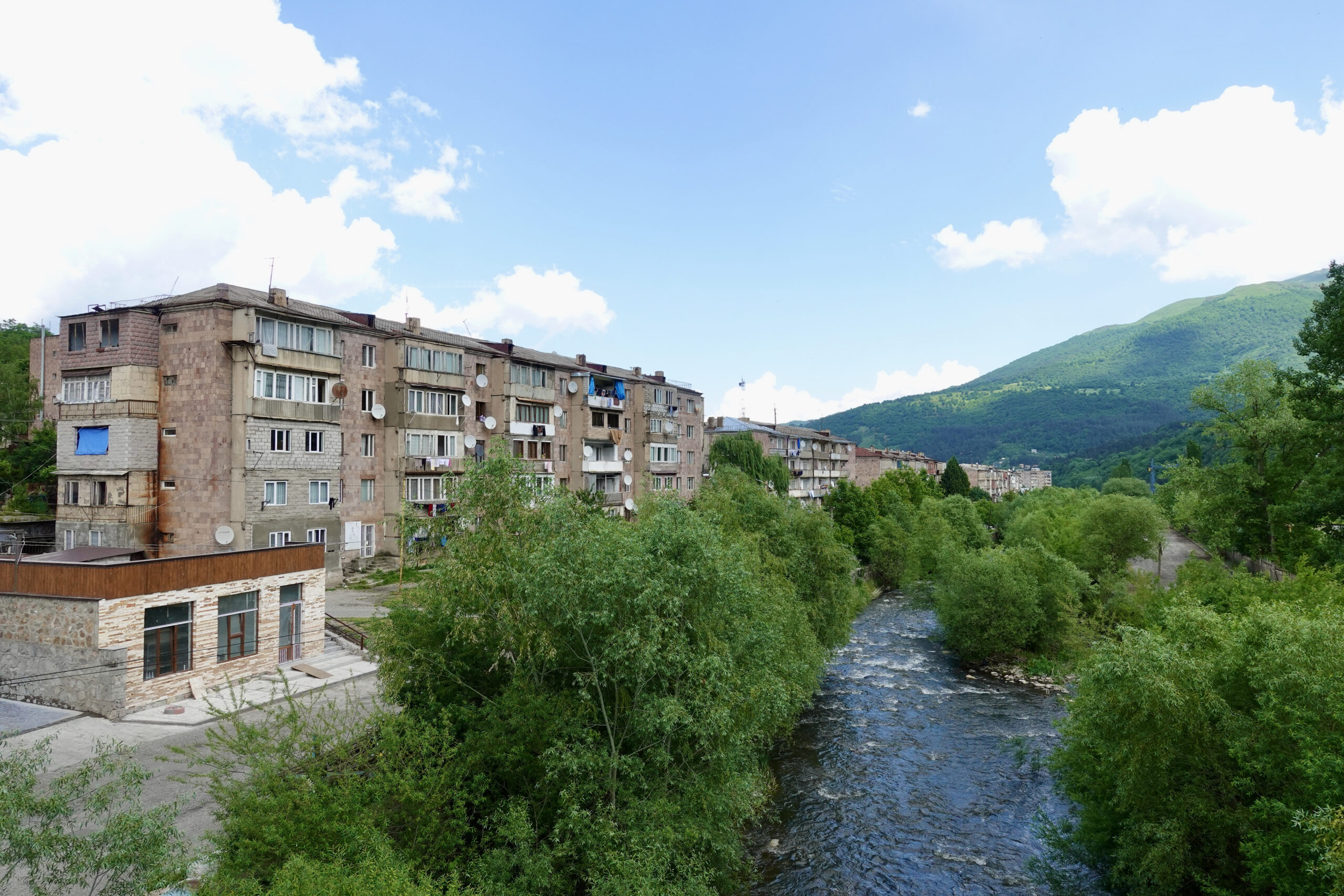
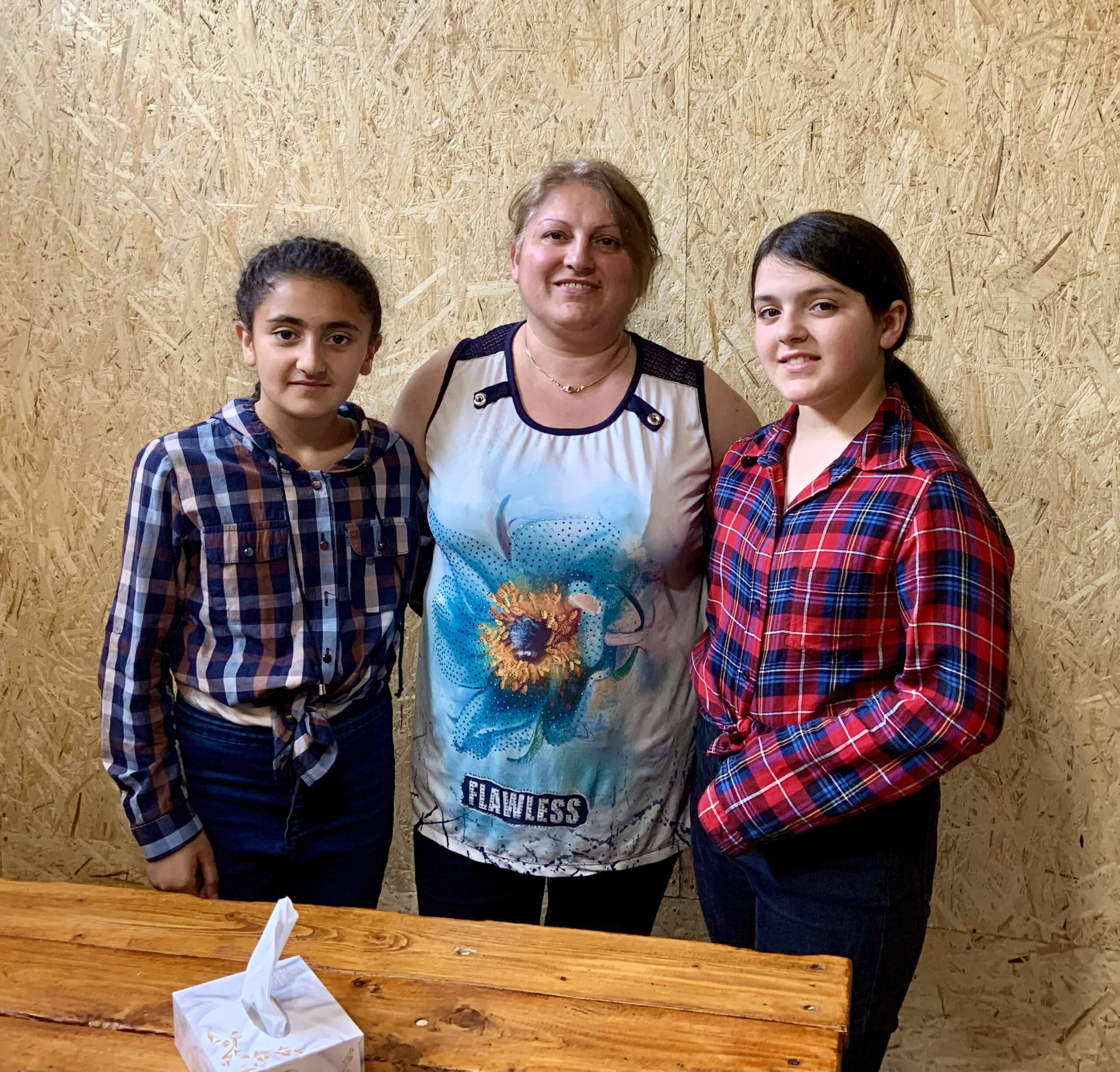
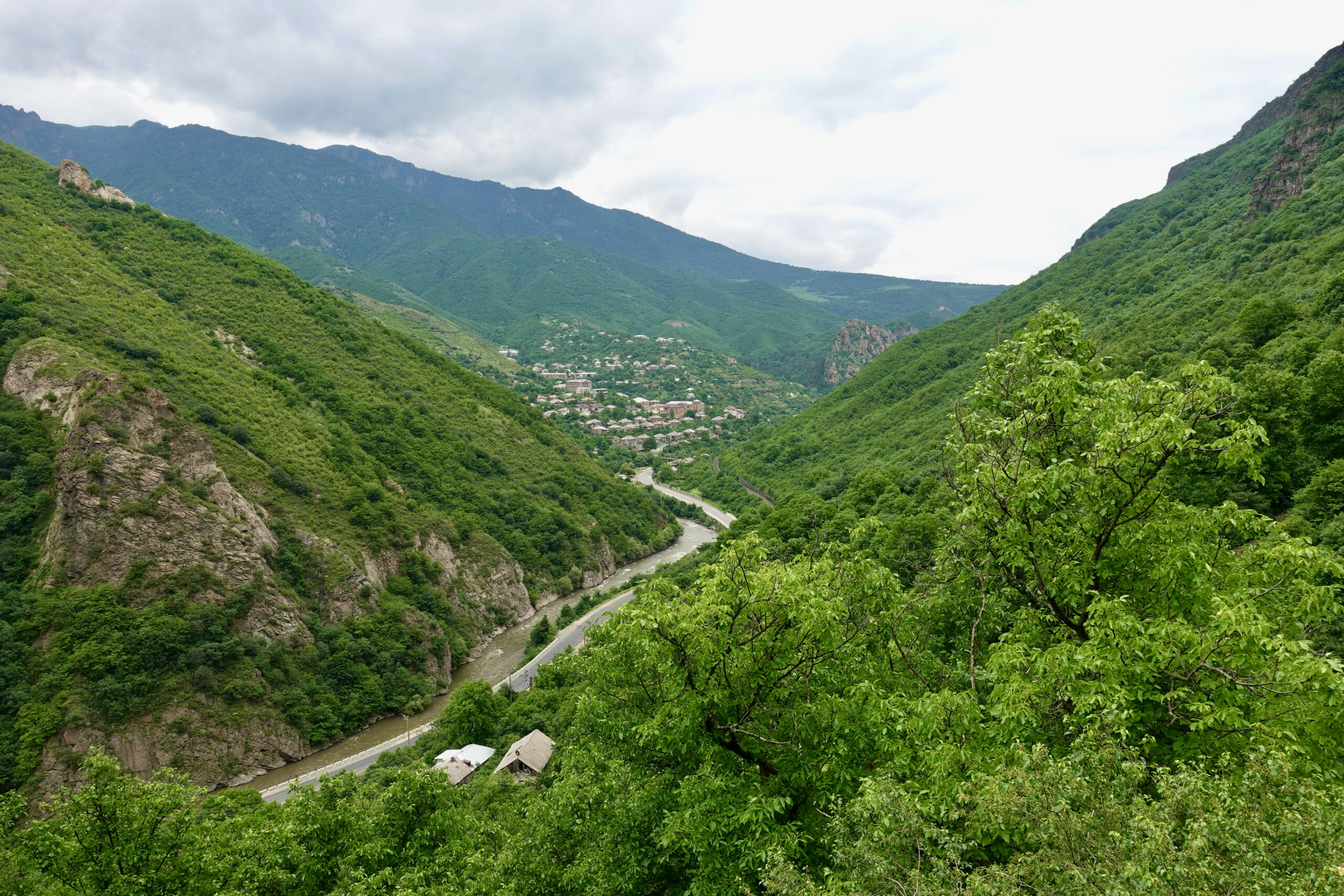
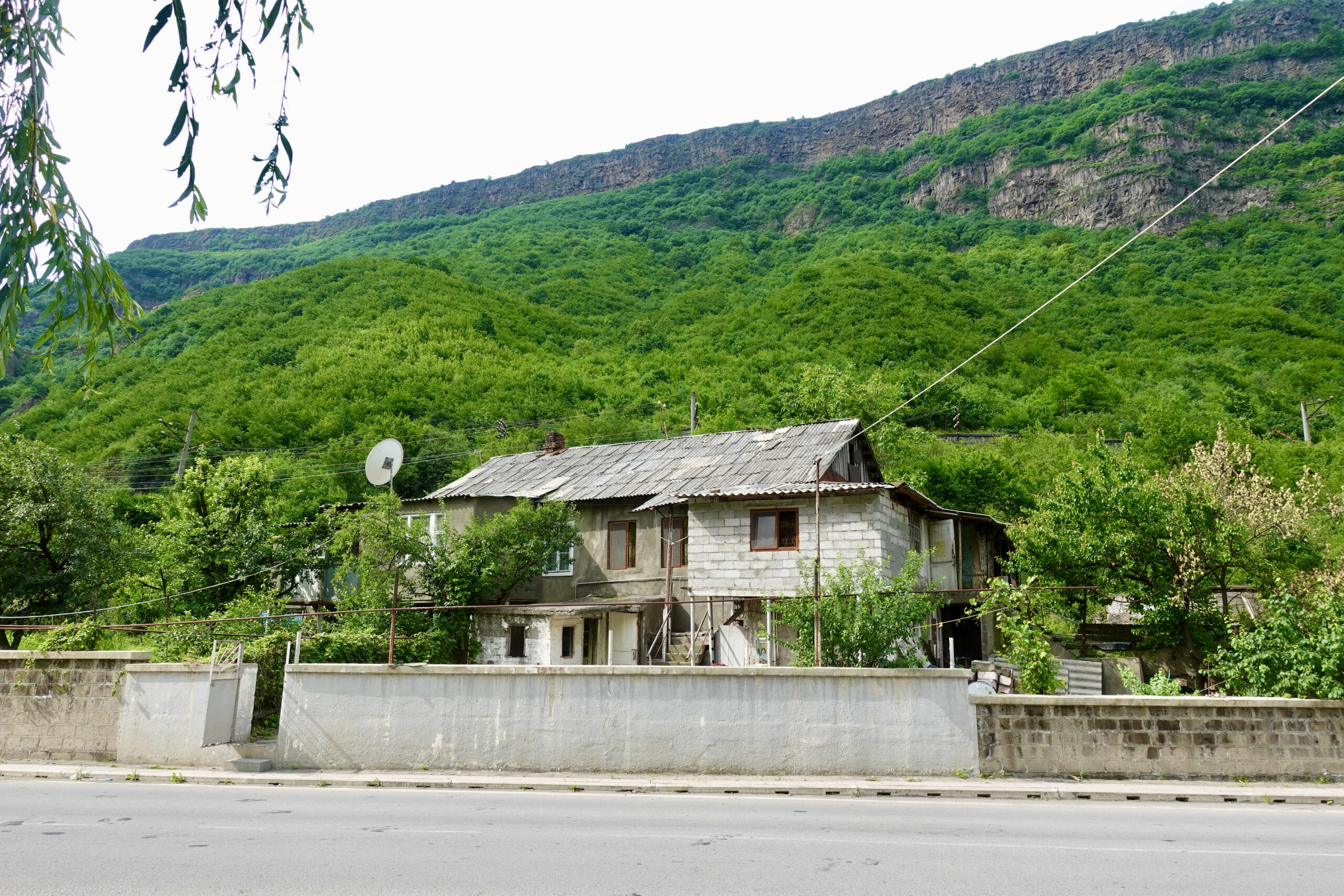
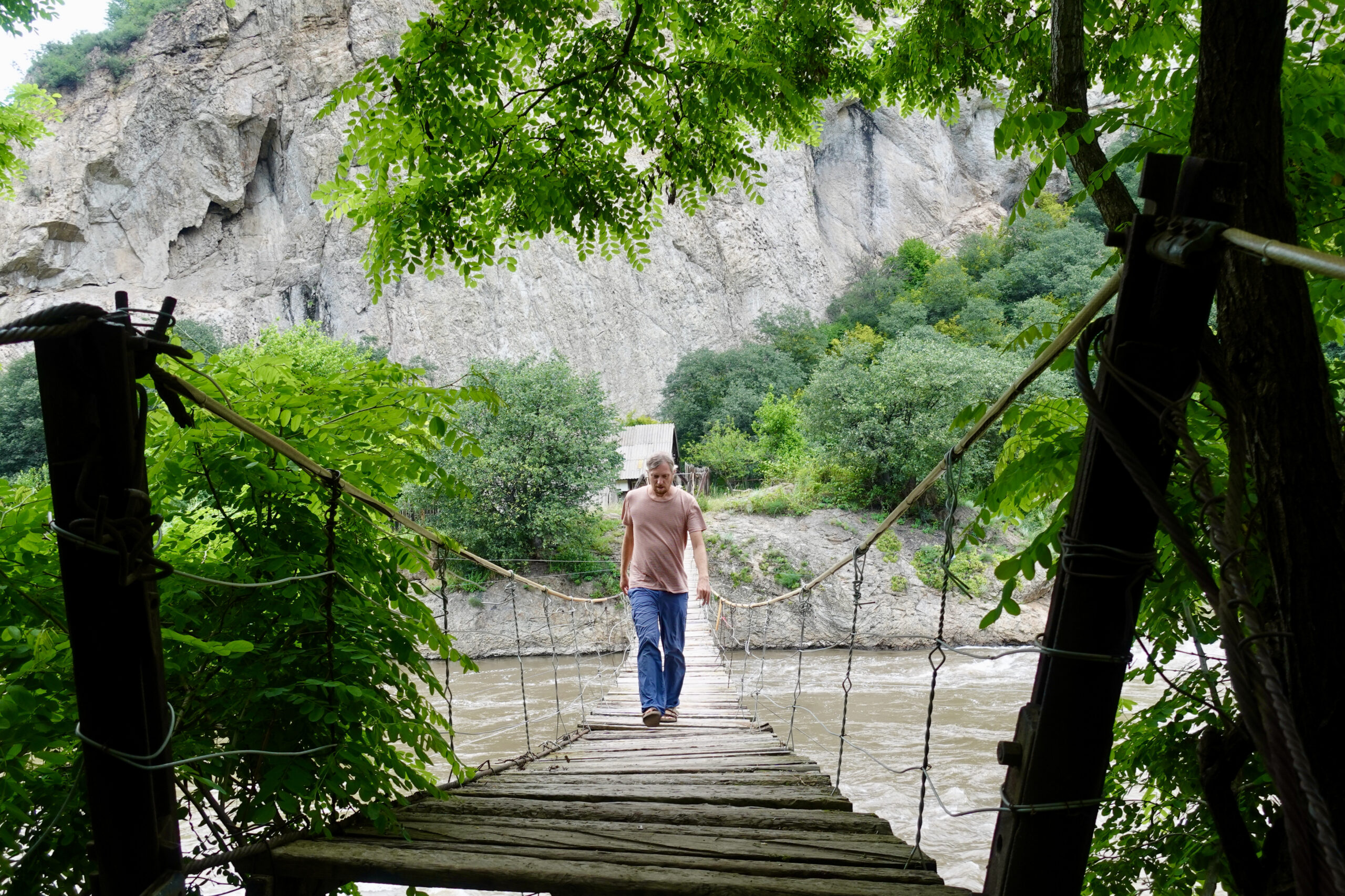
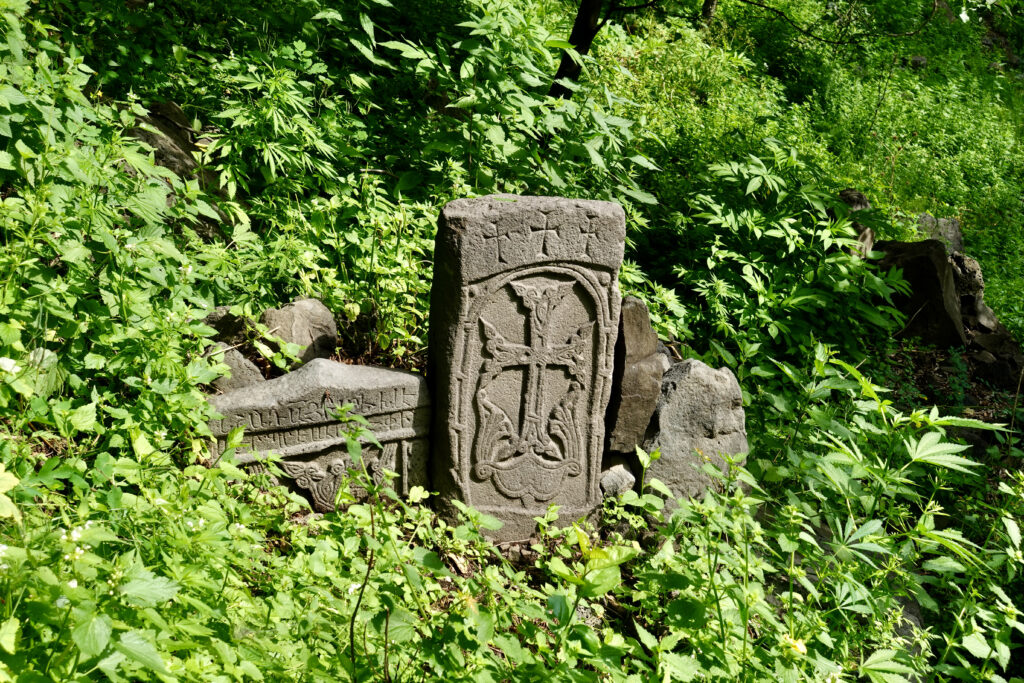
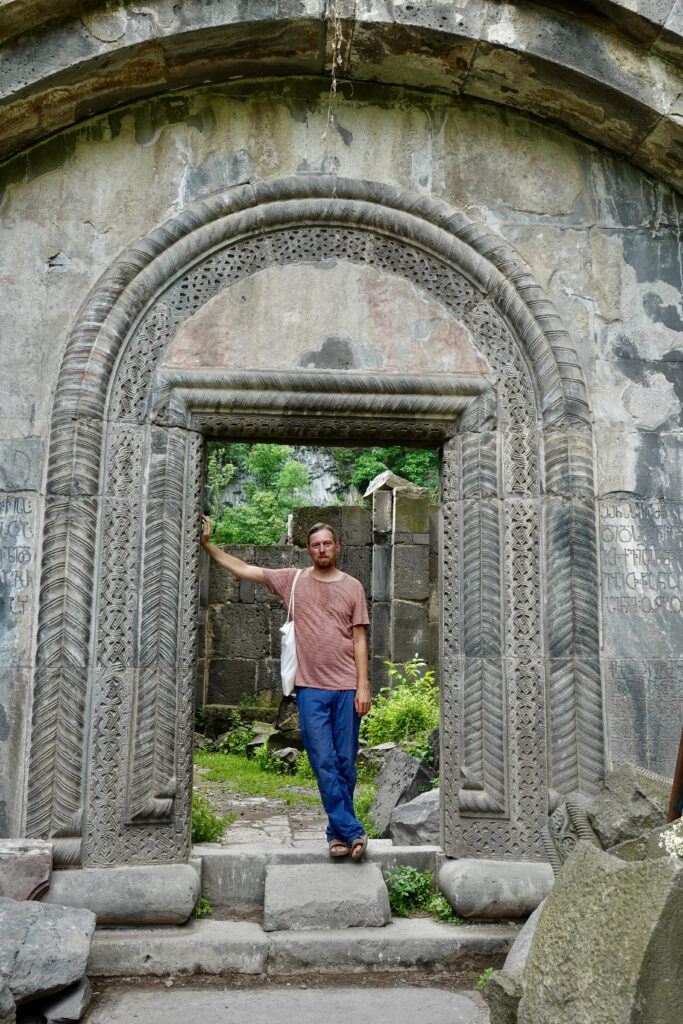
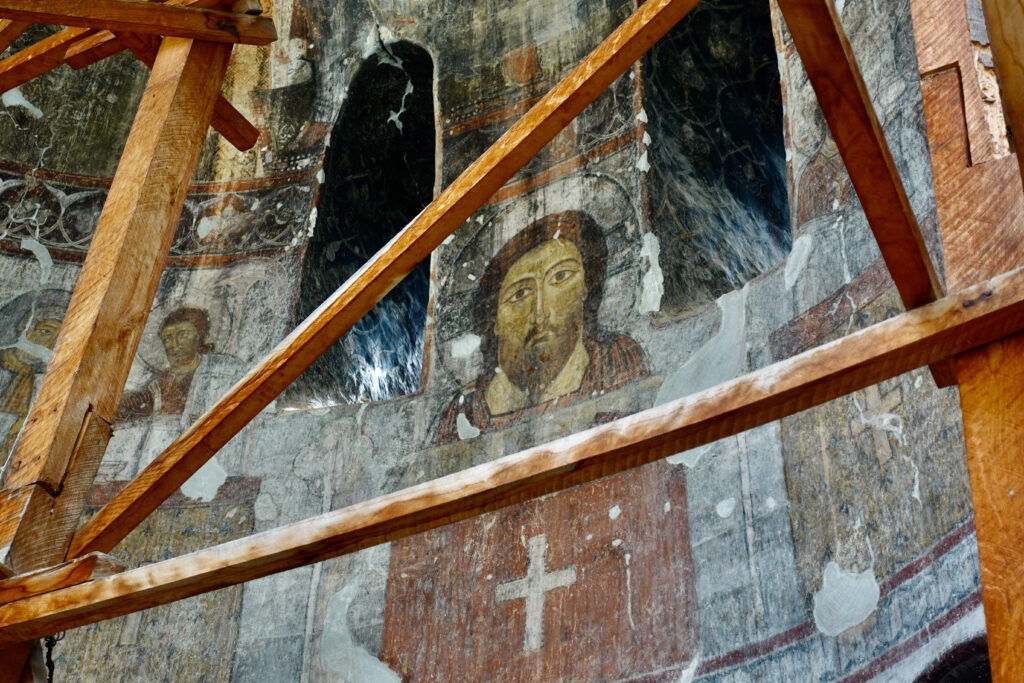
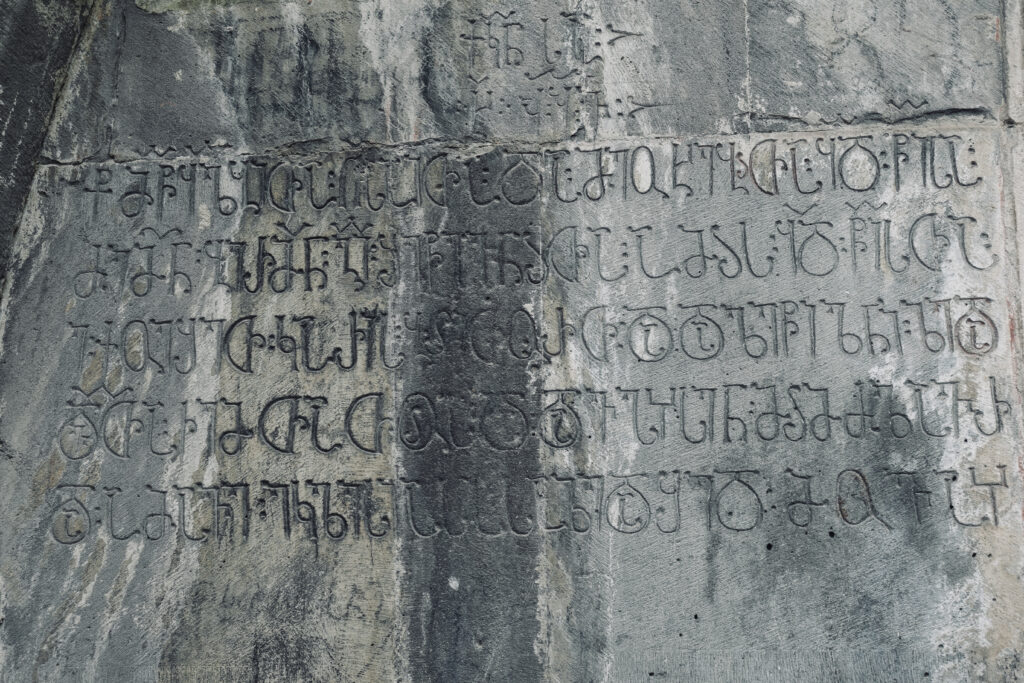
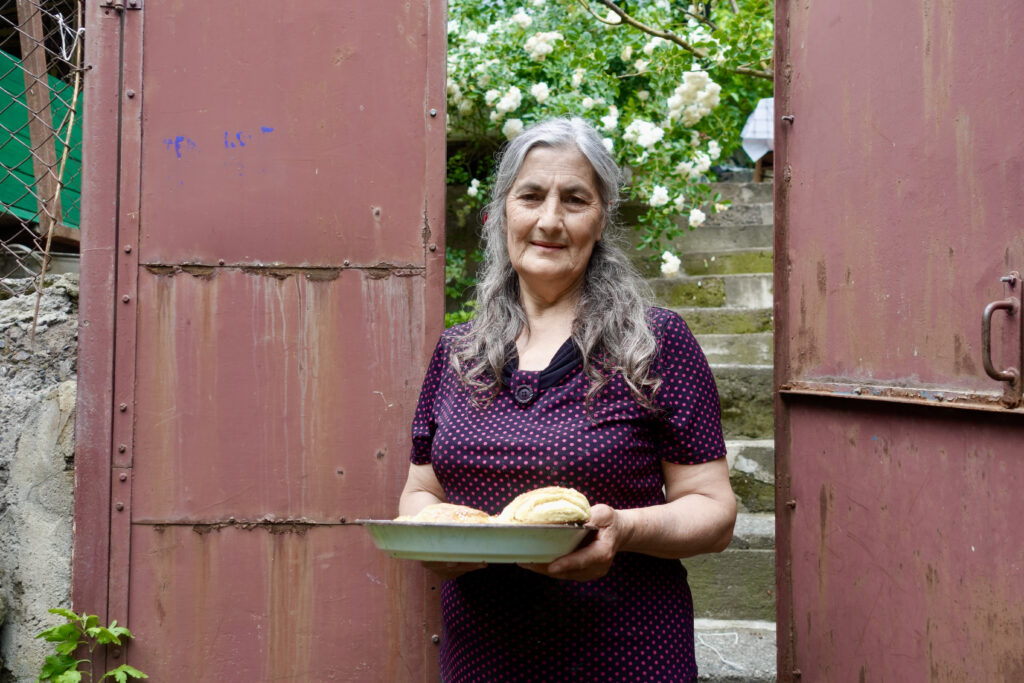
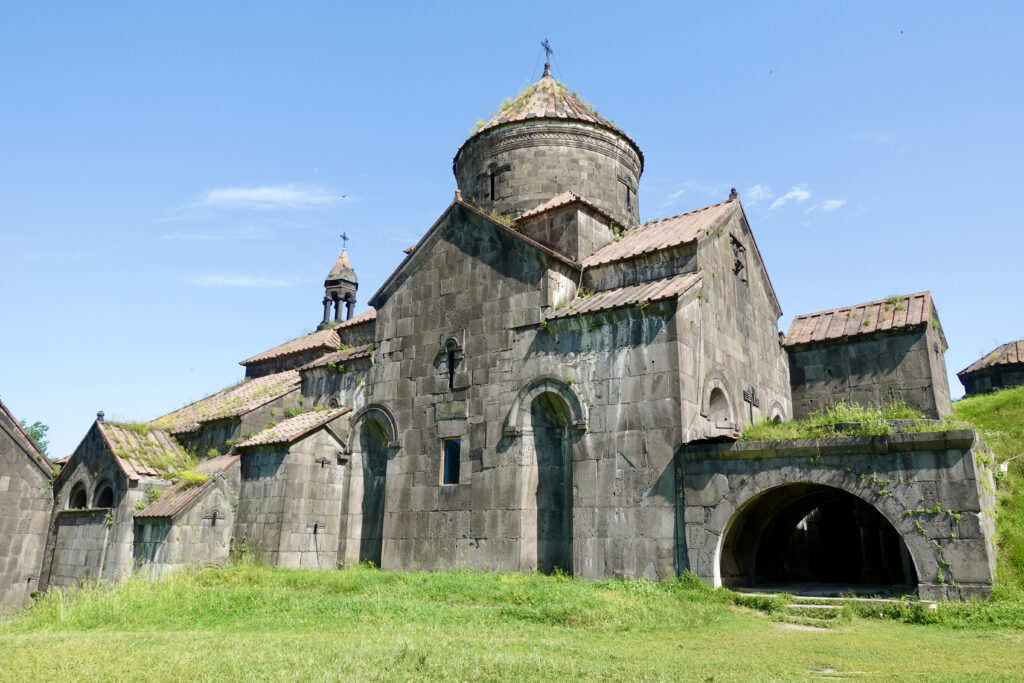
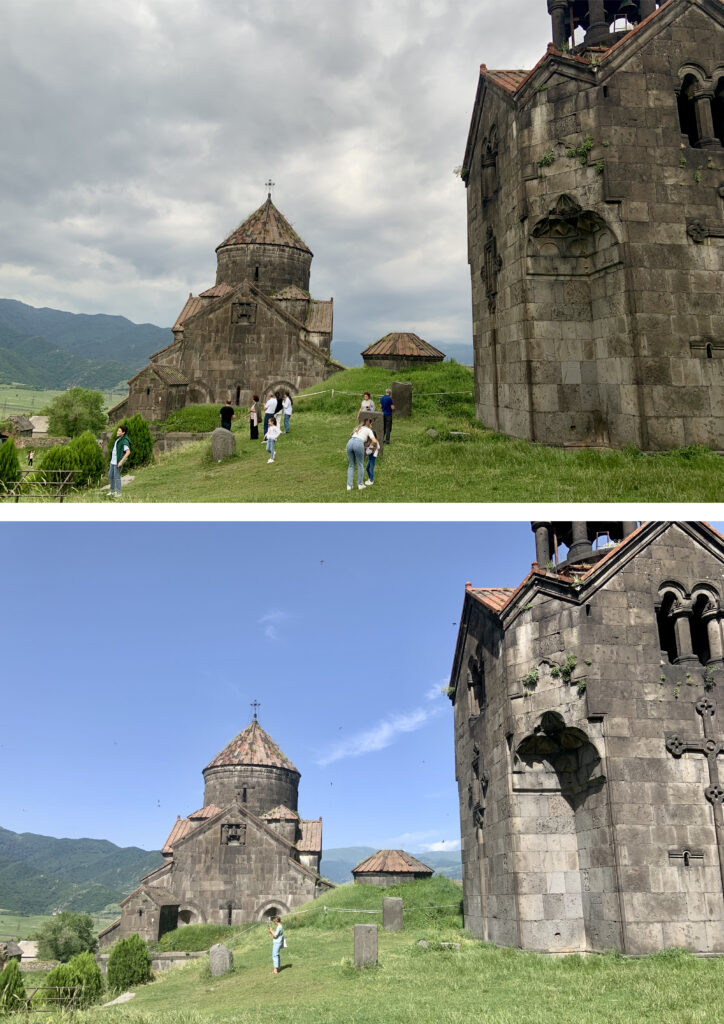
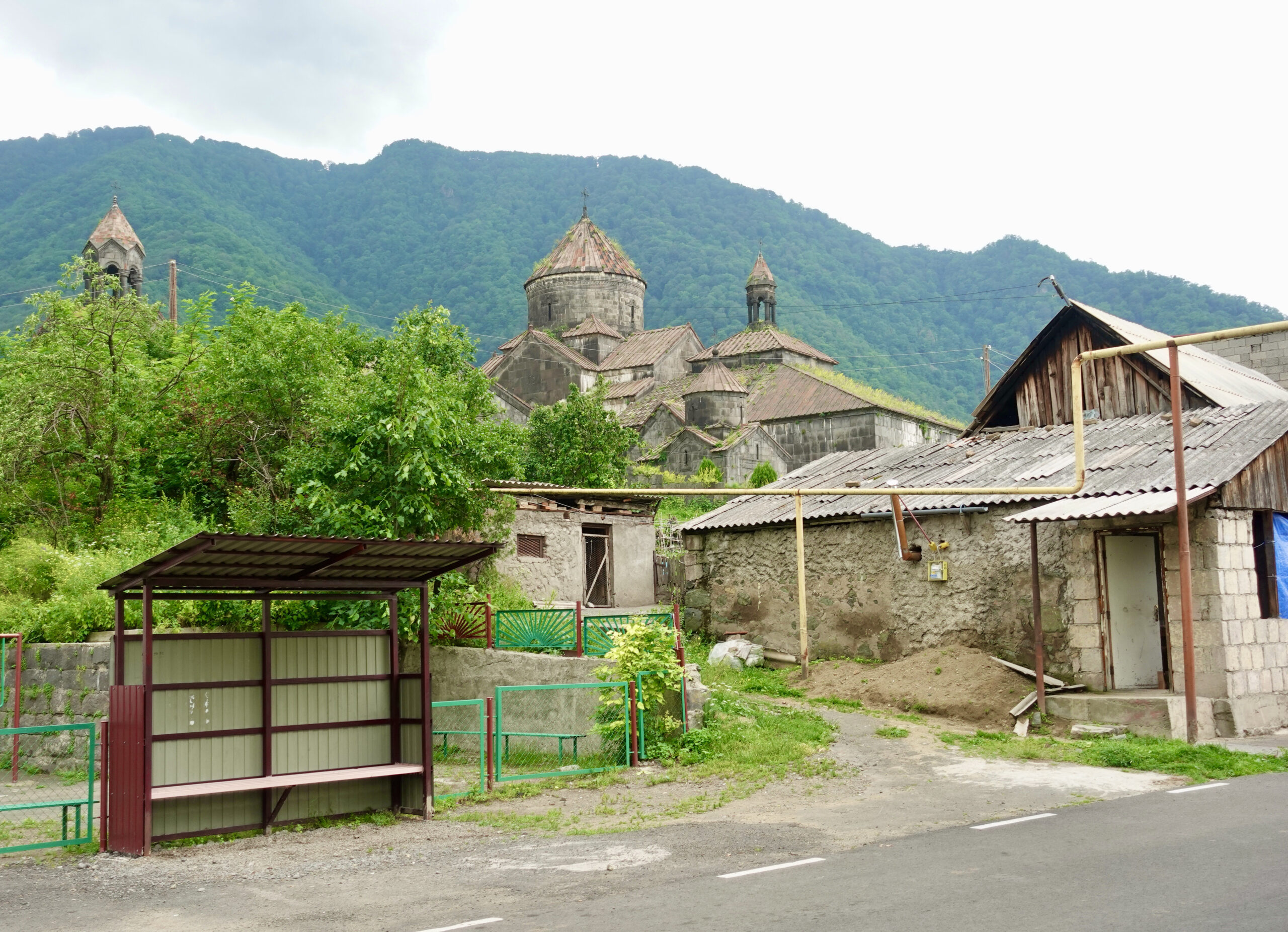
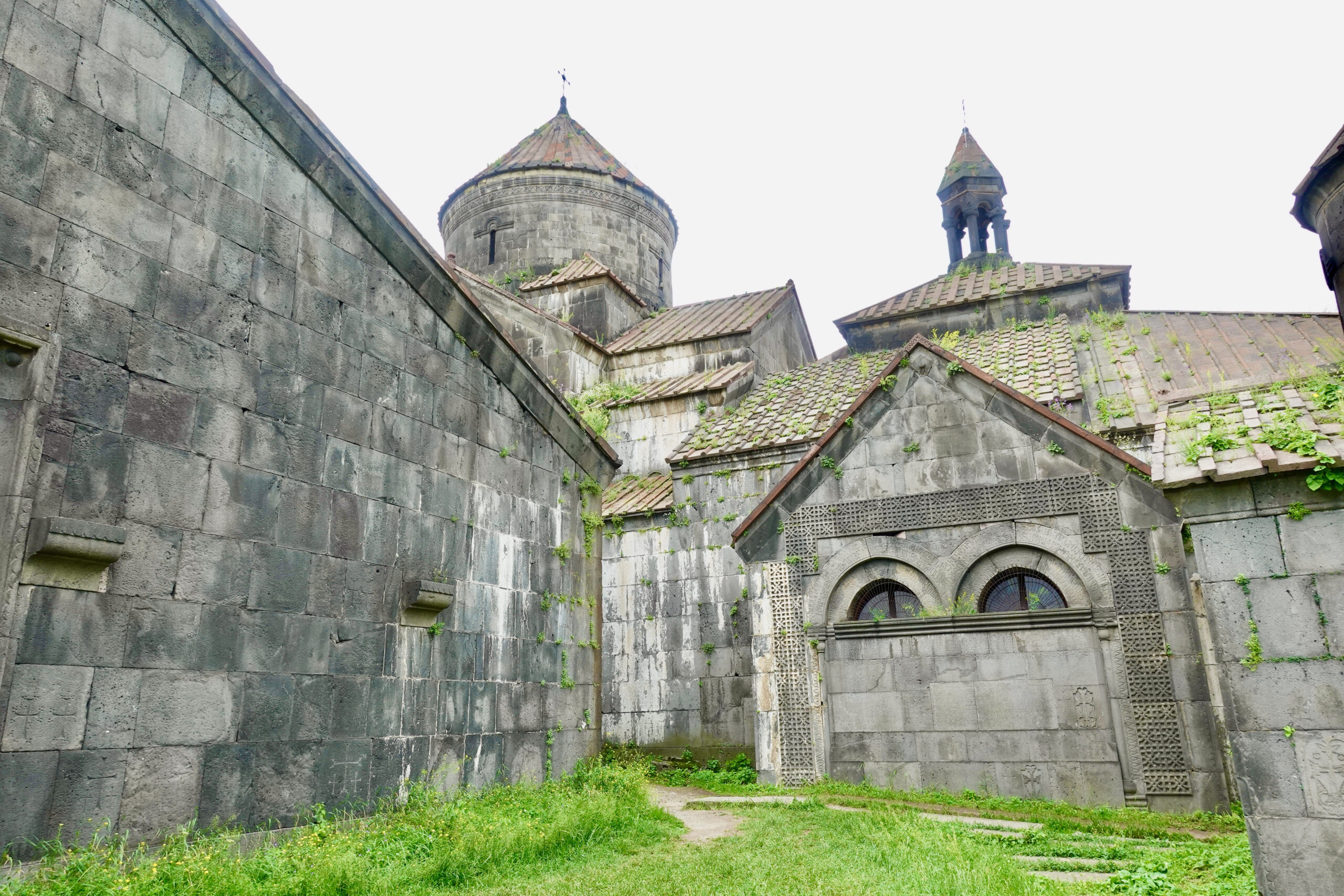
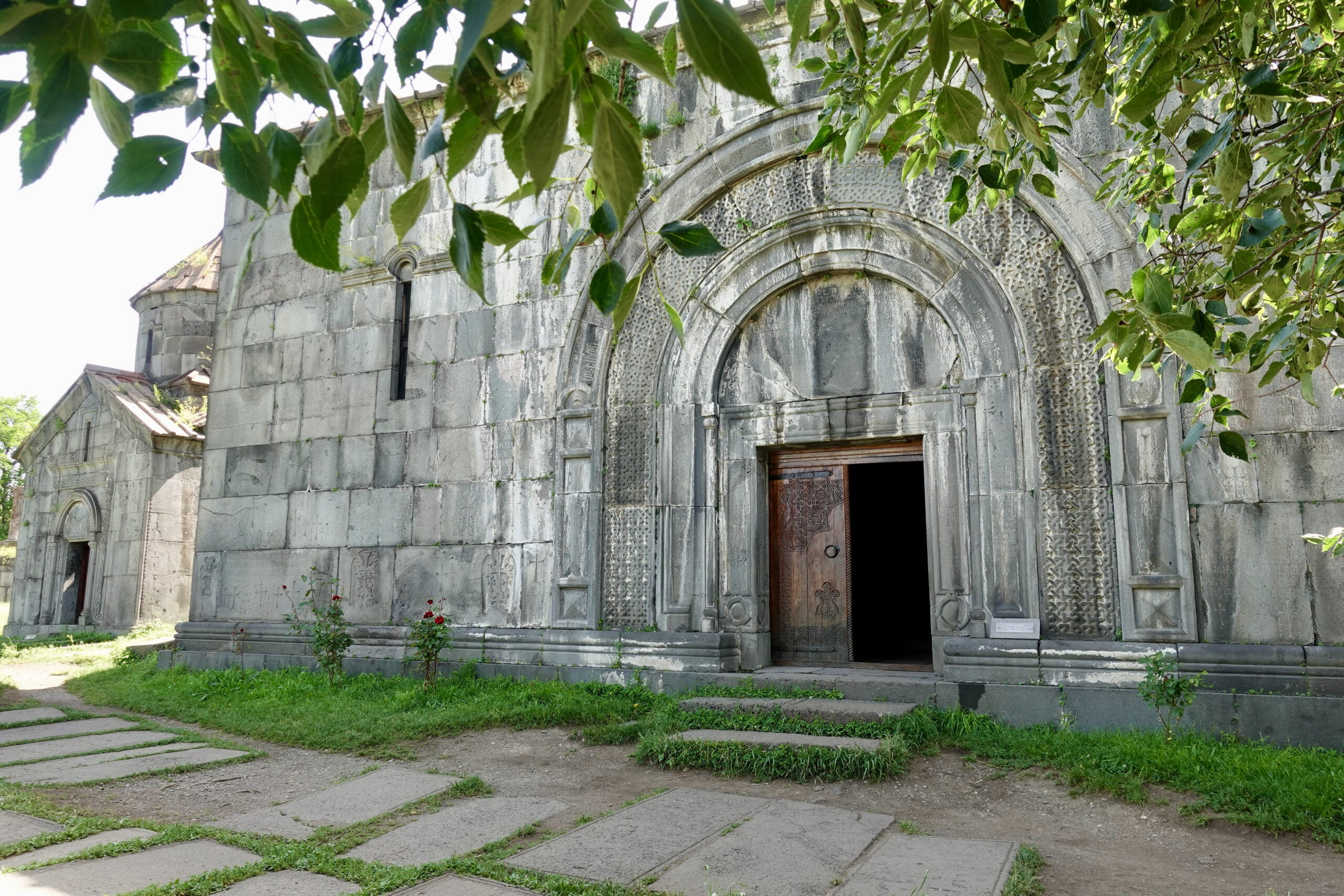
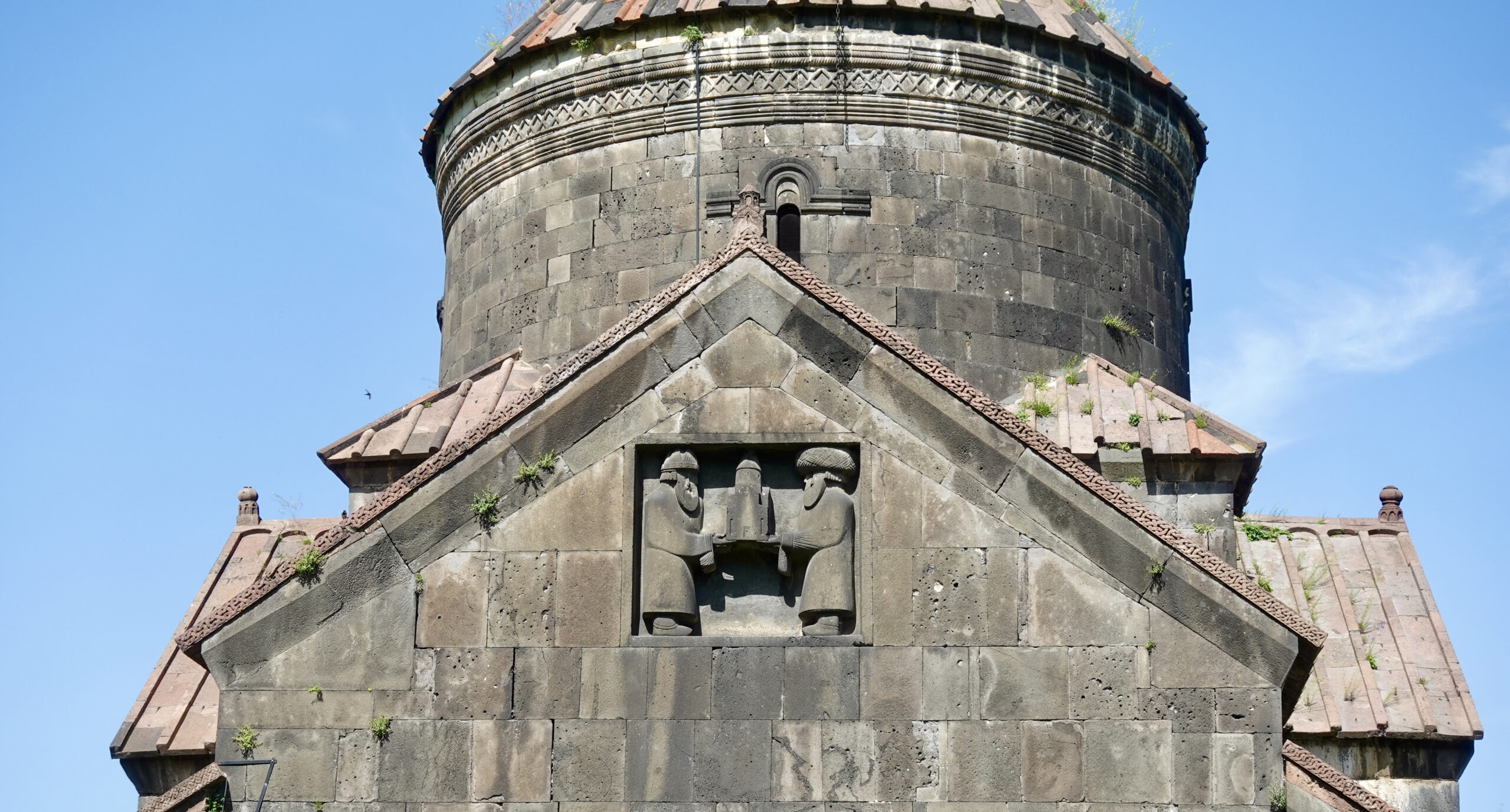
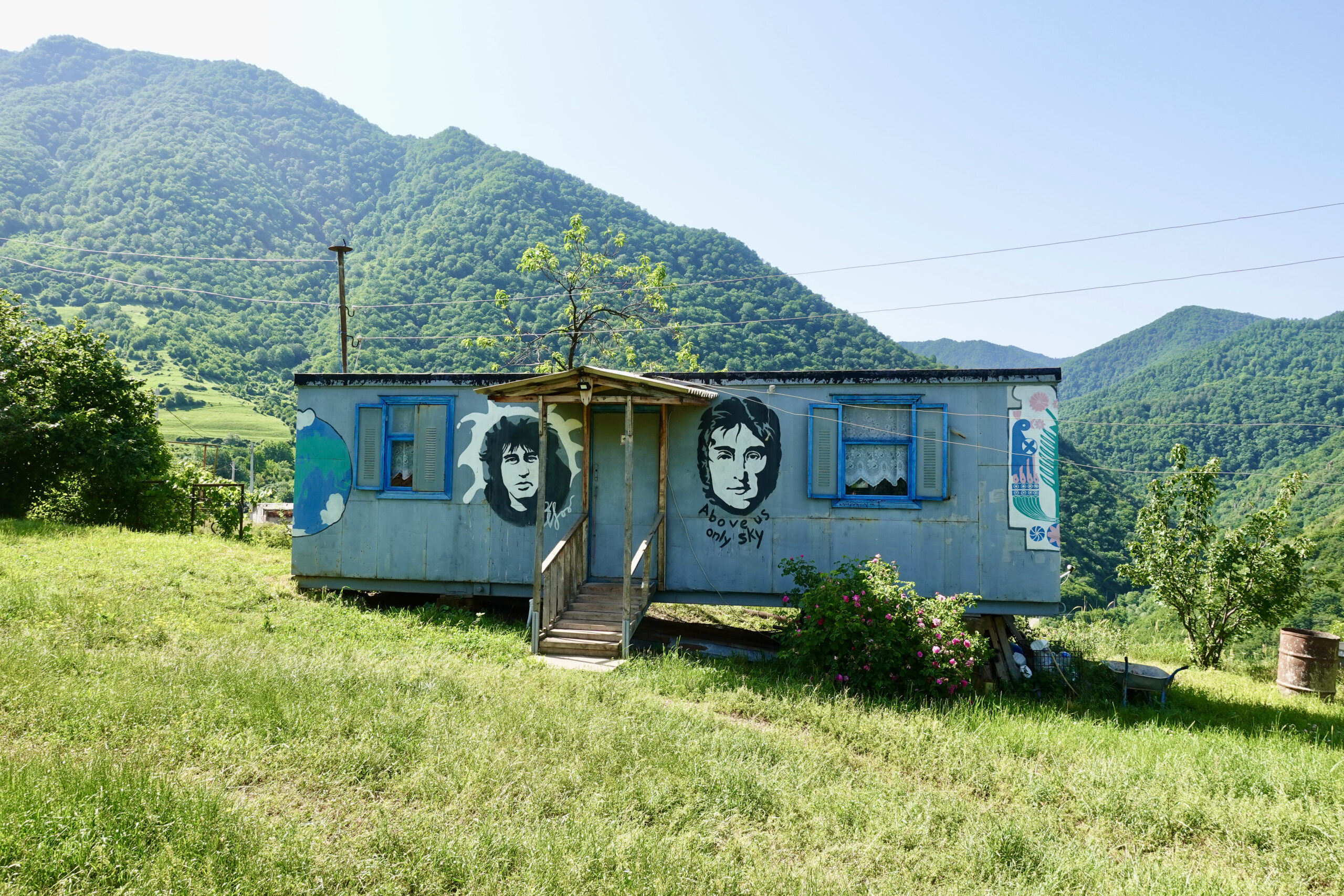
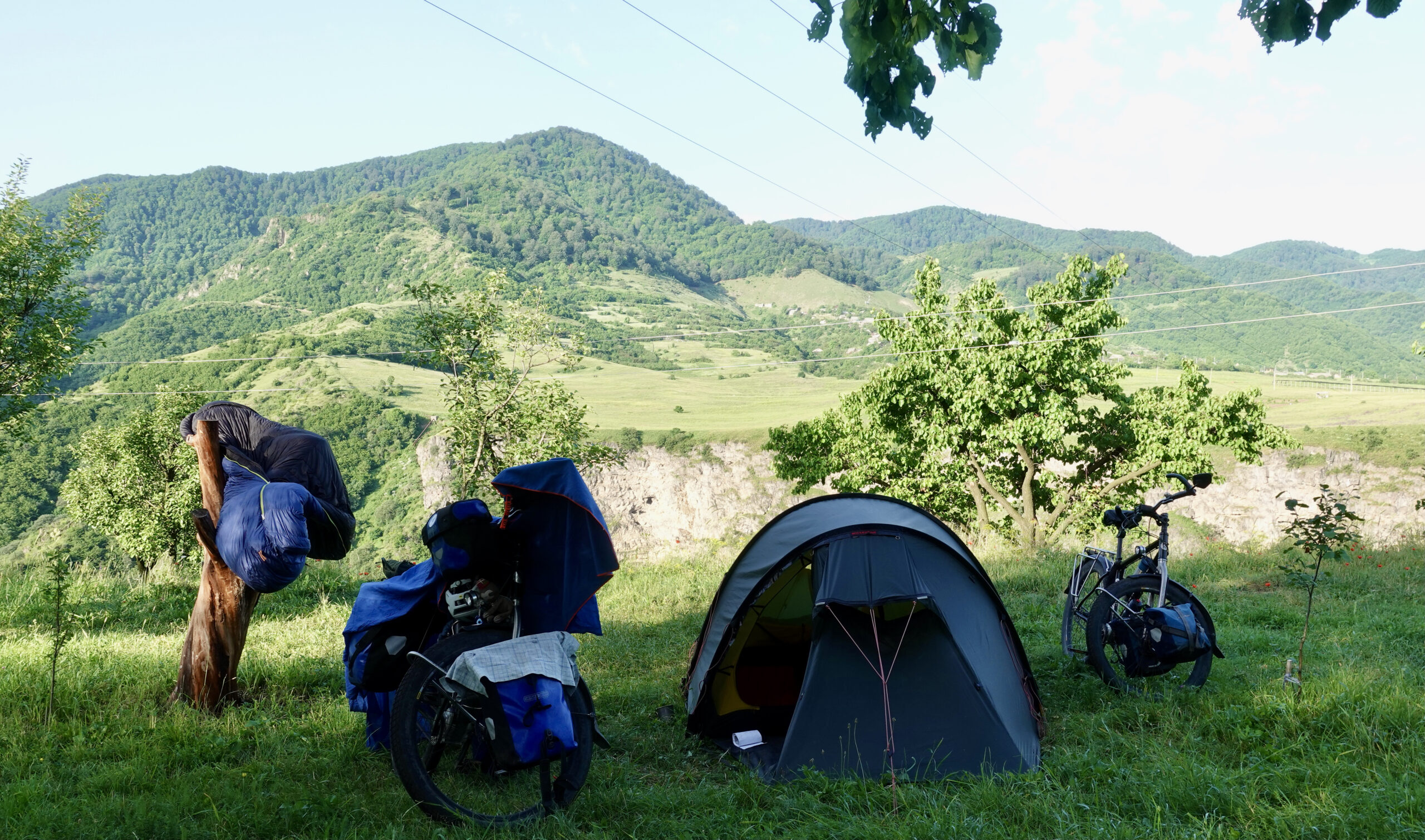
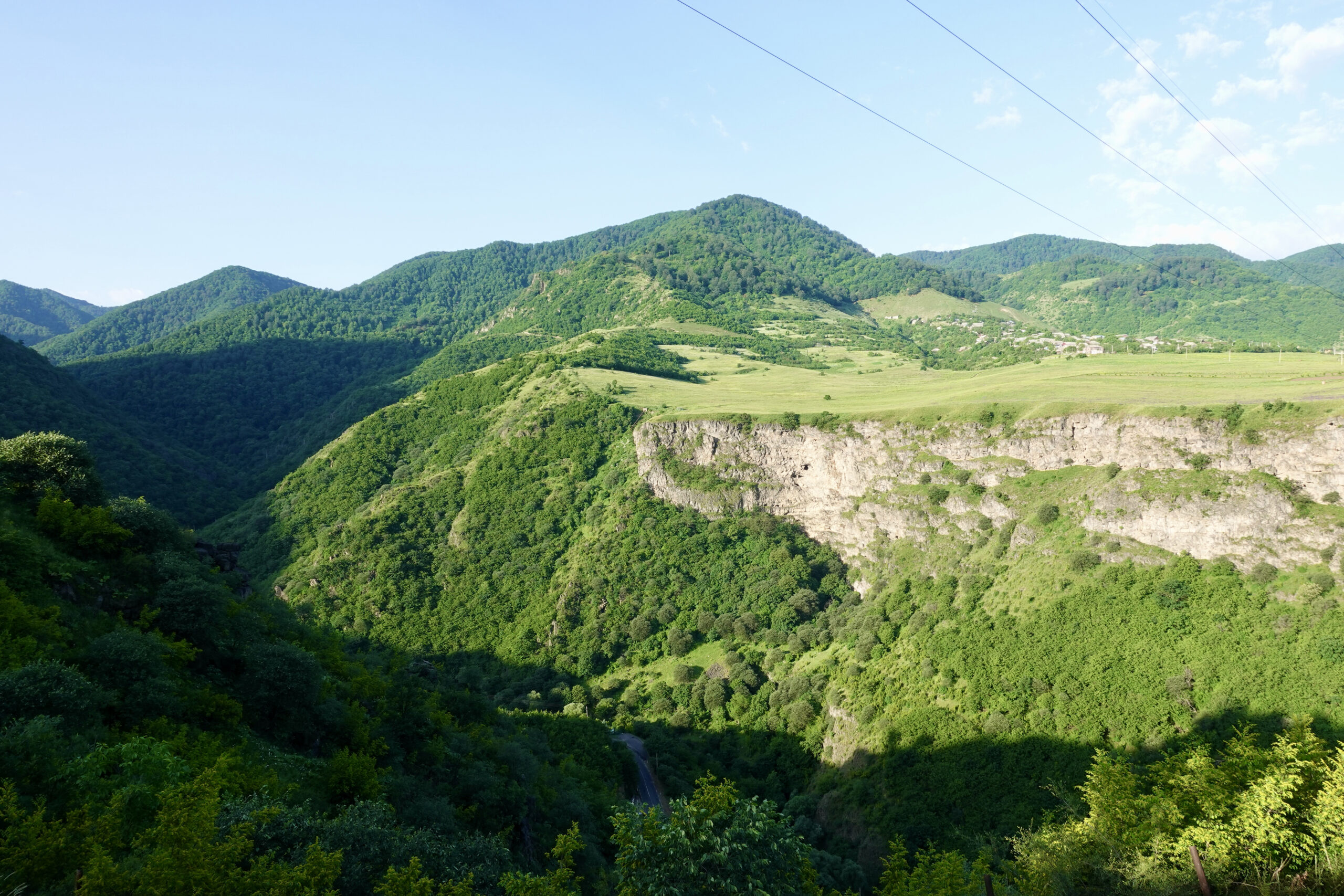
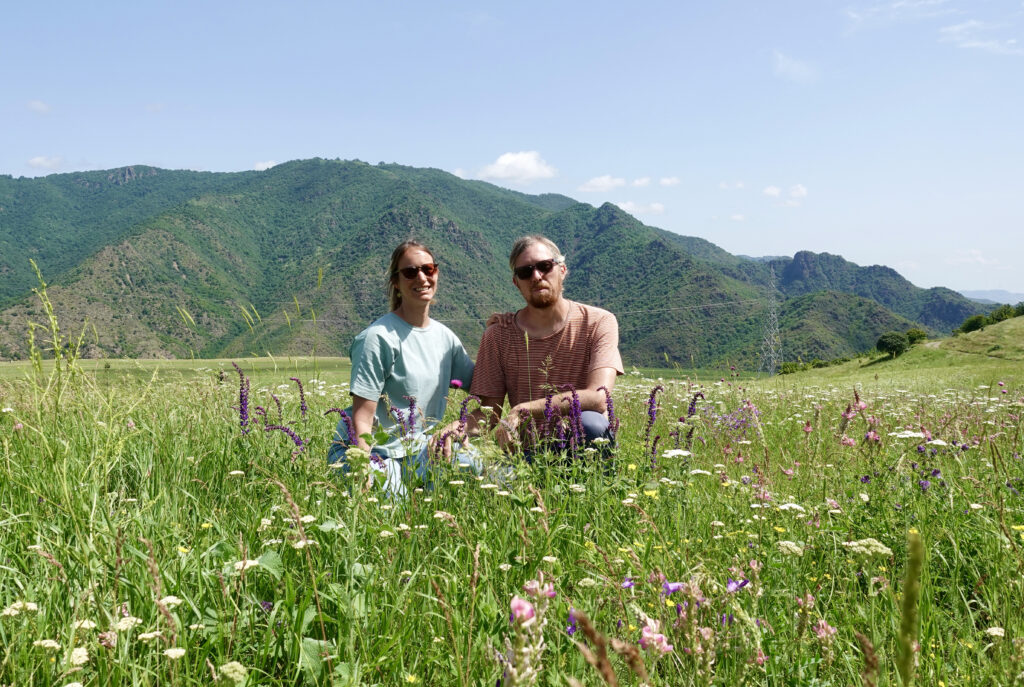

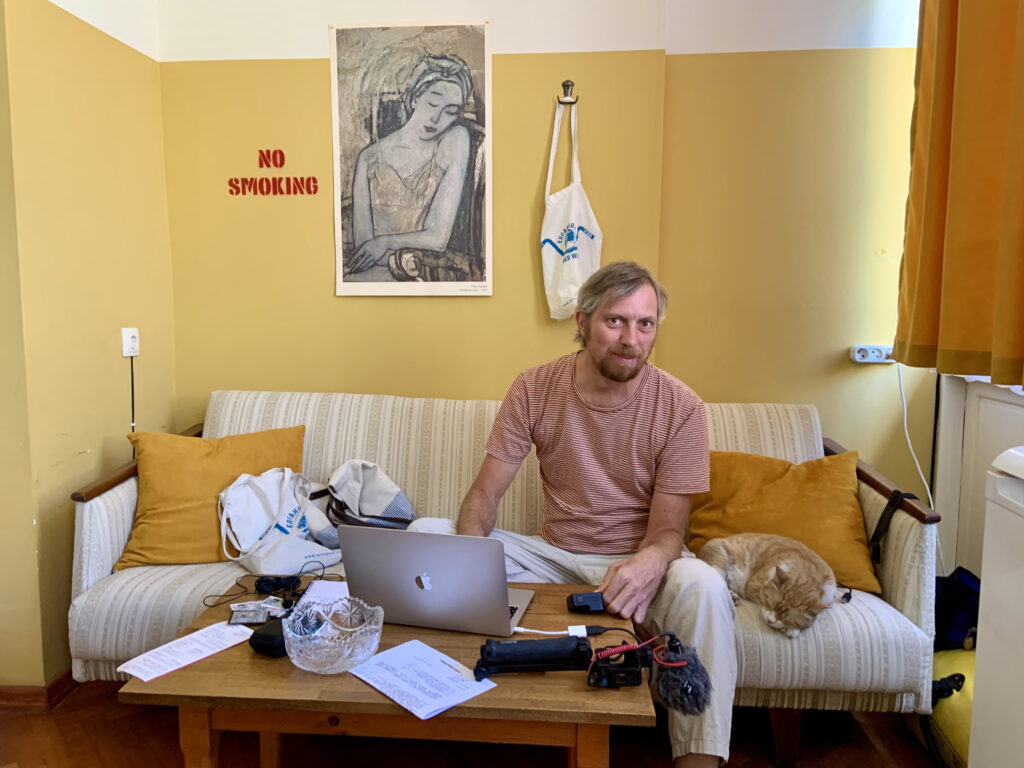
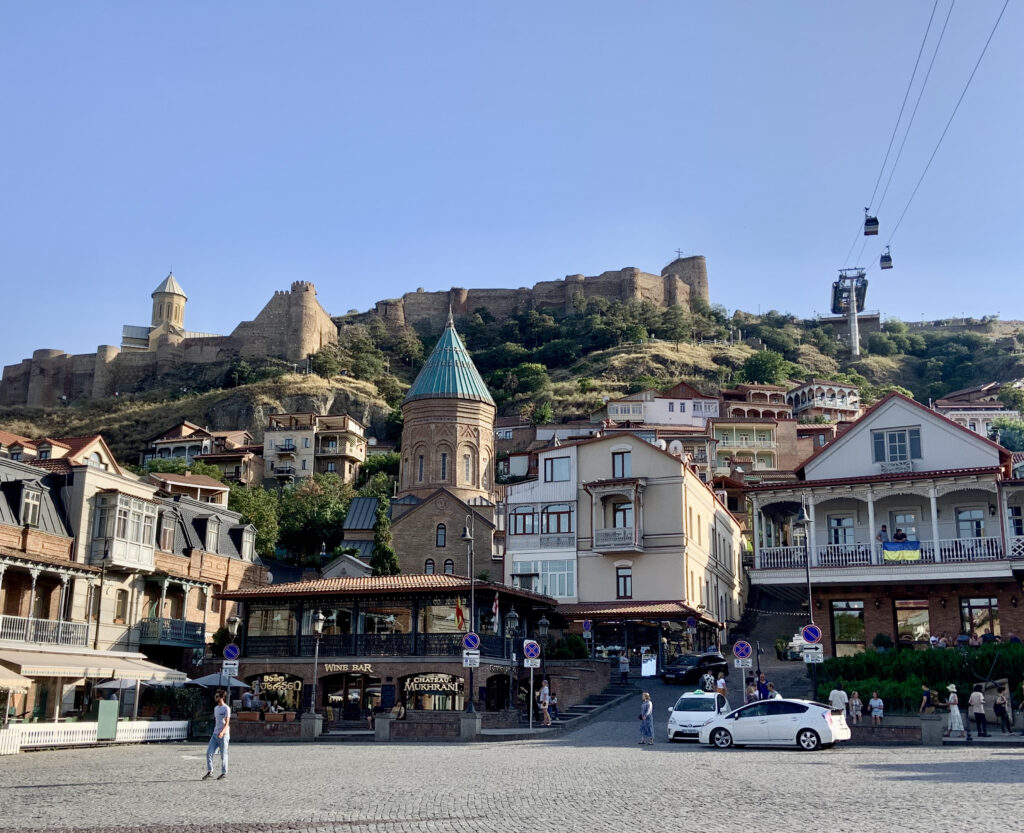
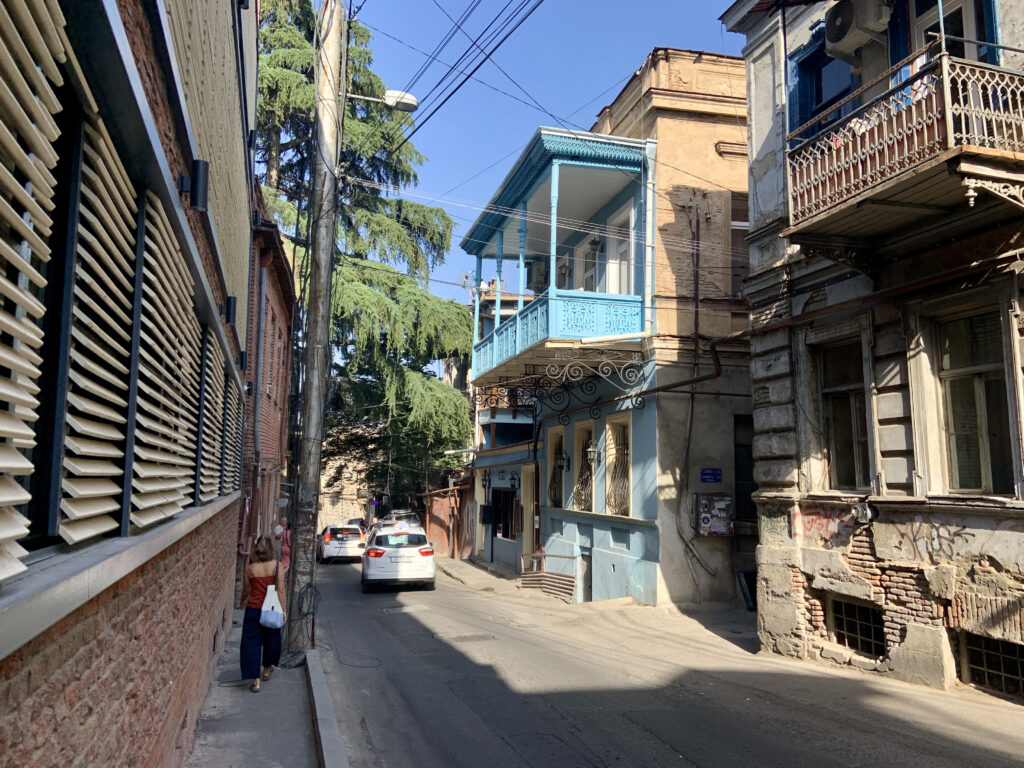
Leave a Reply